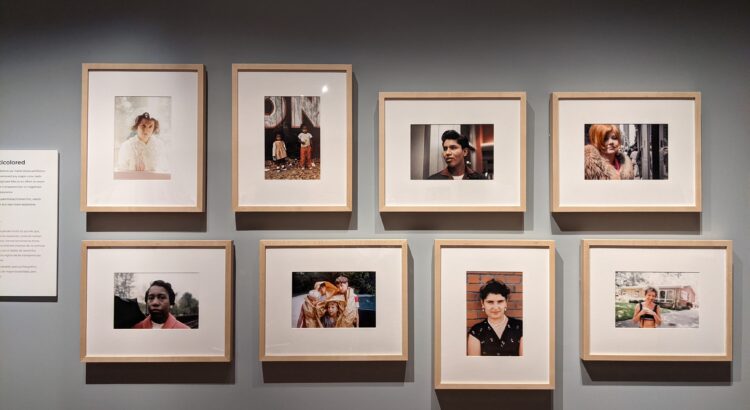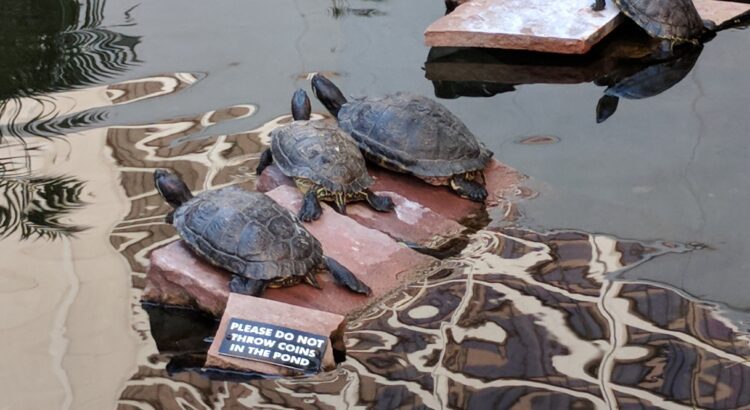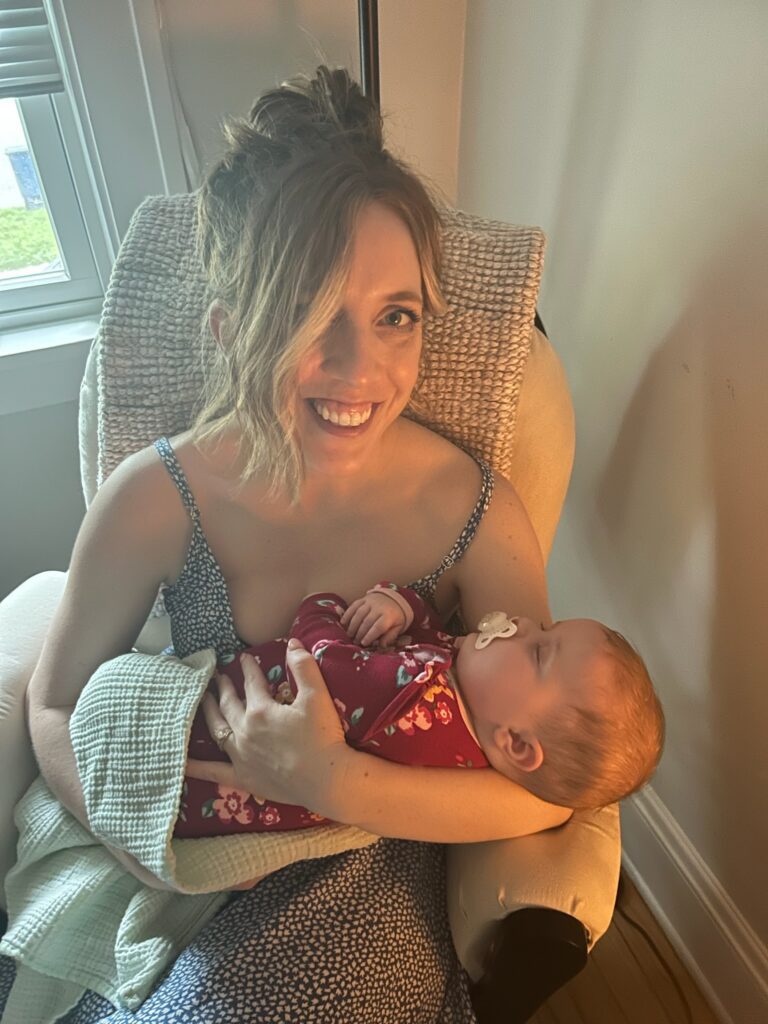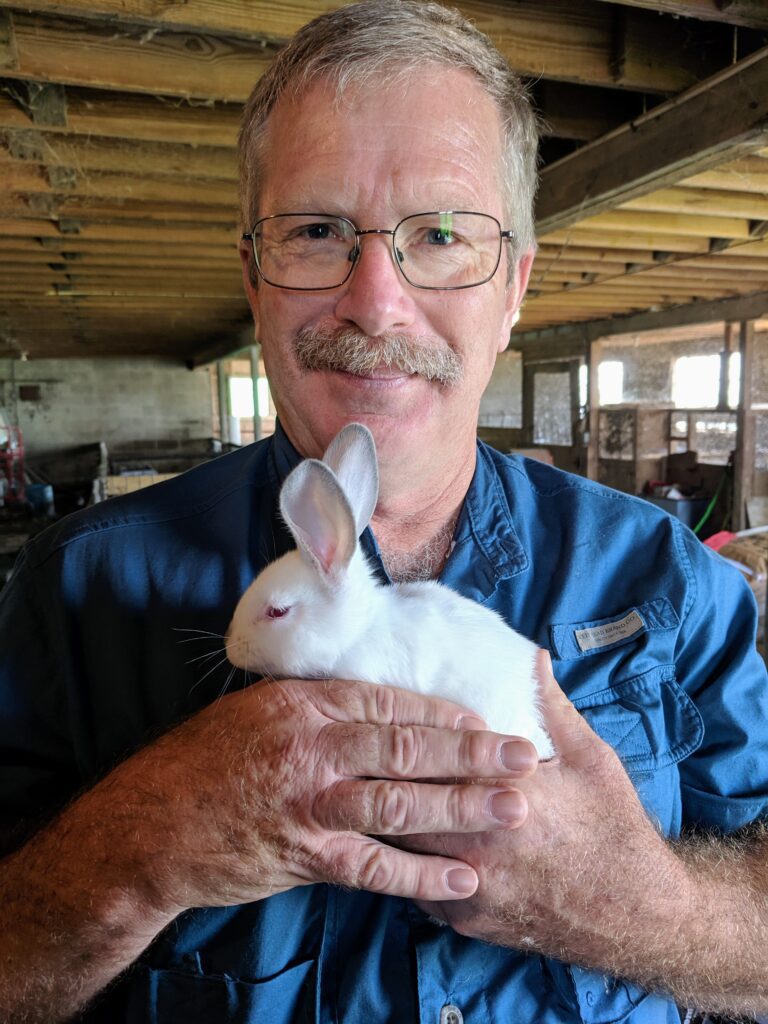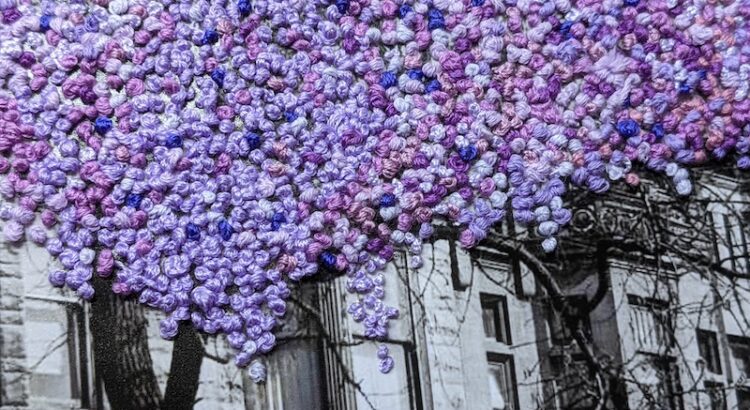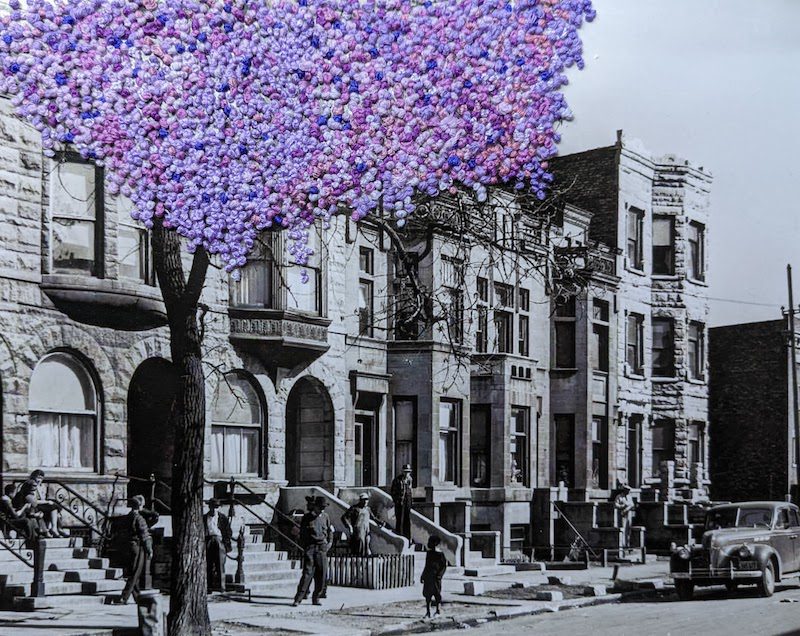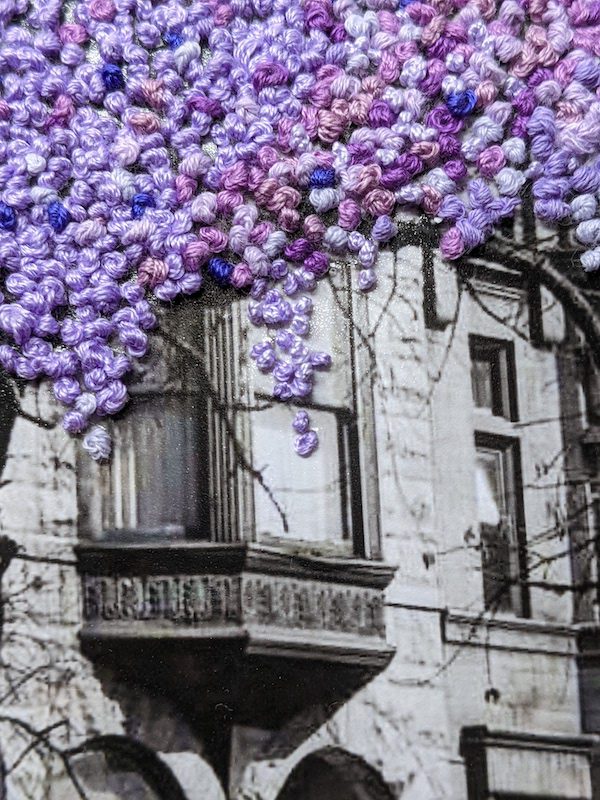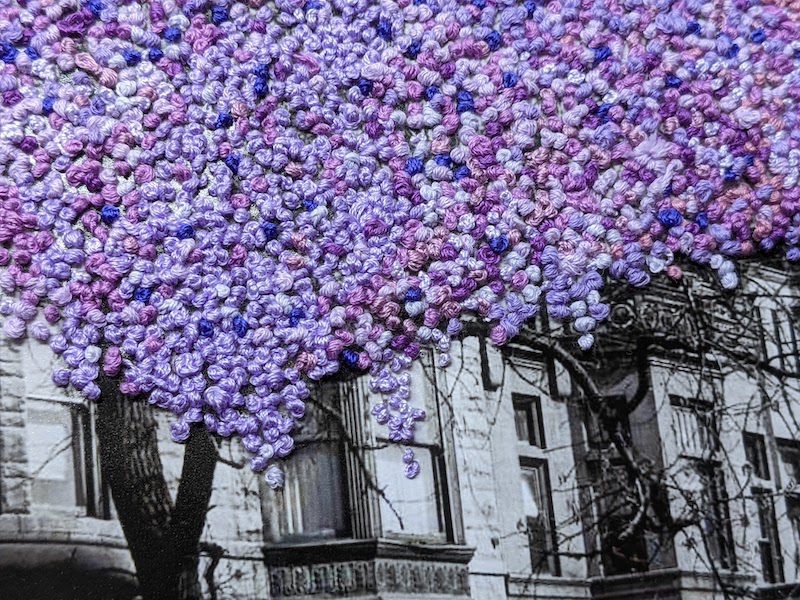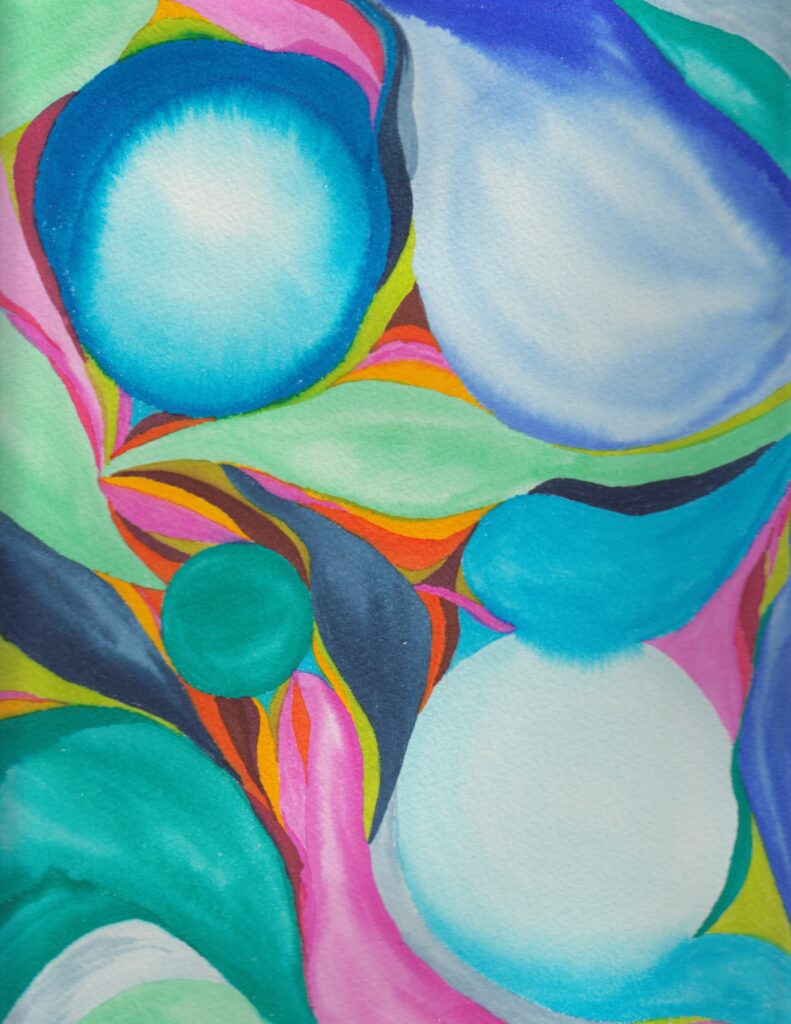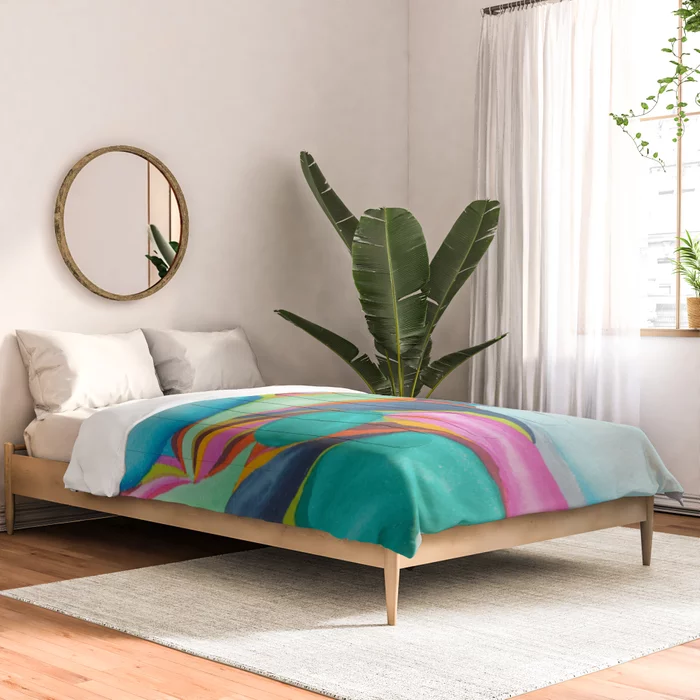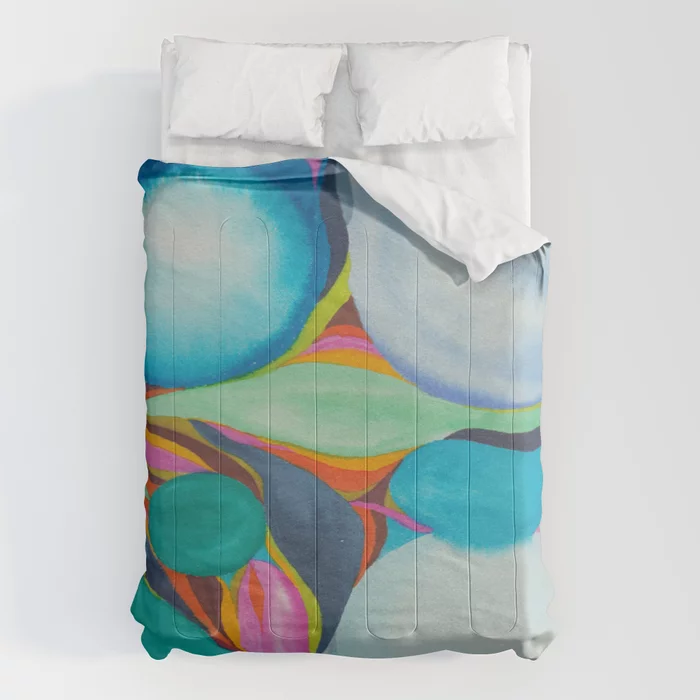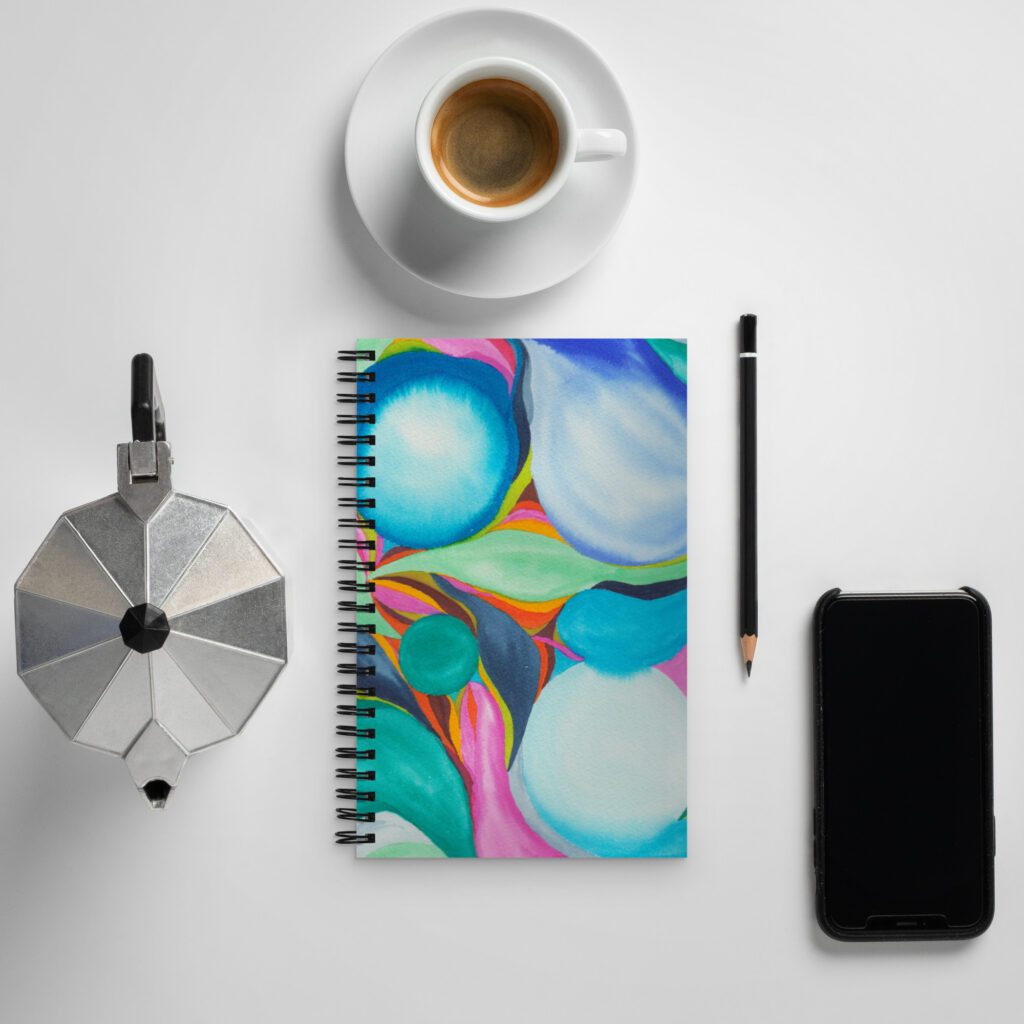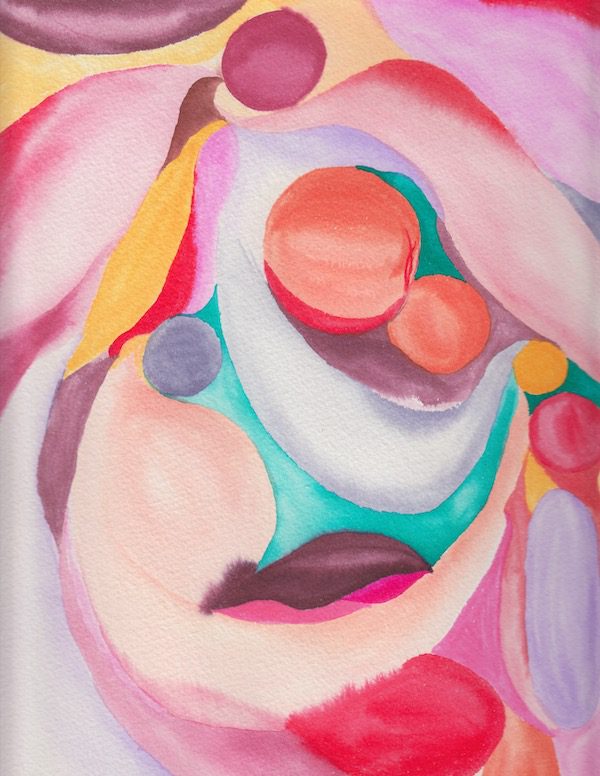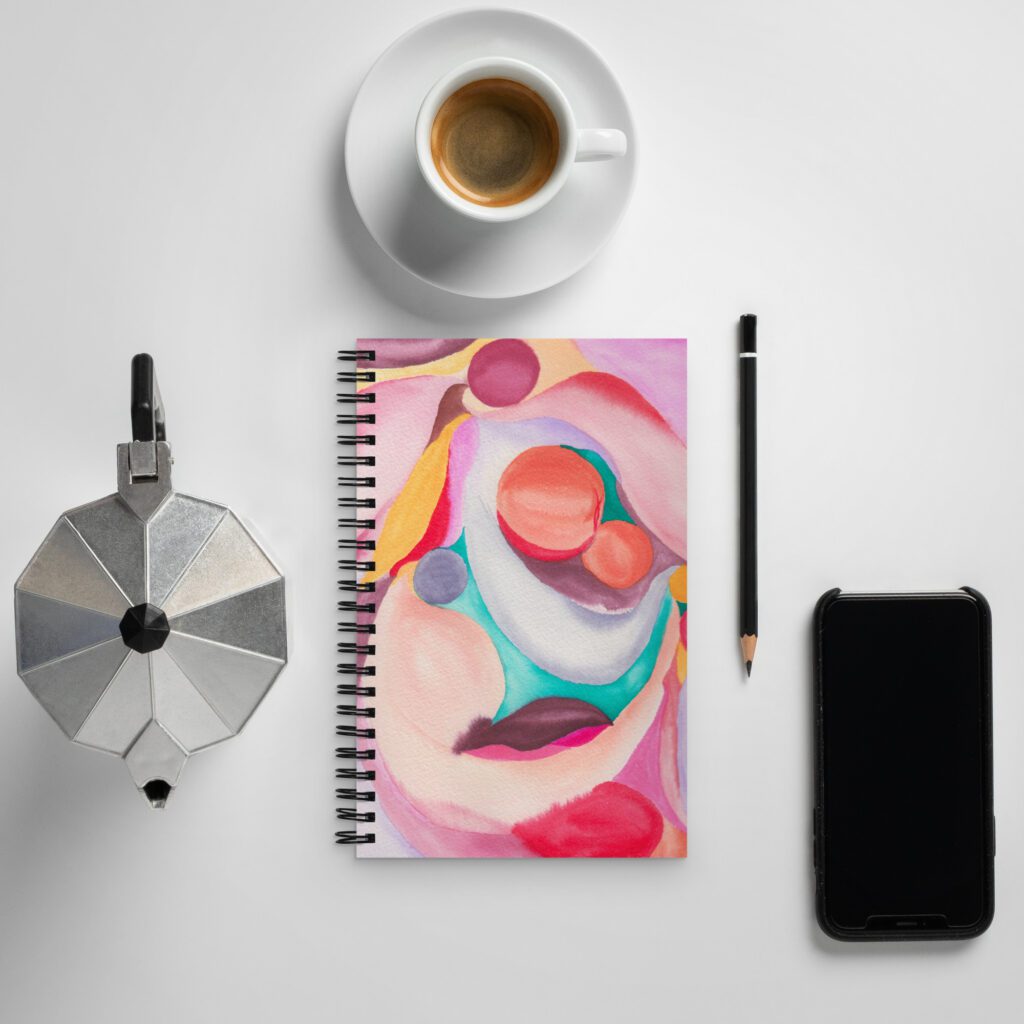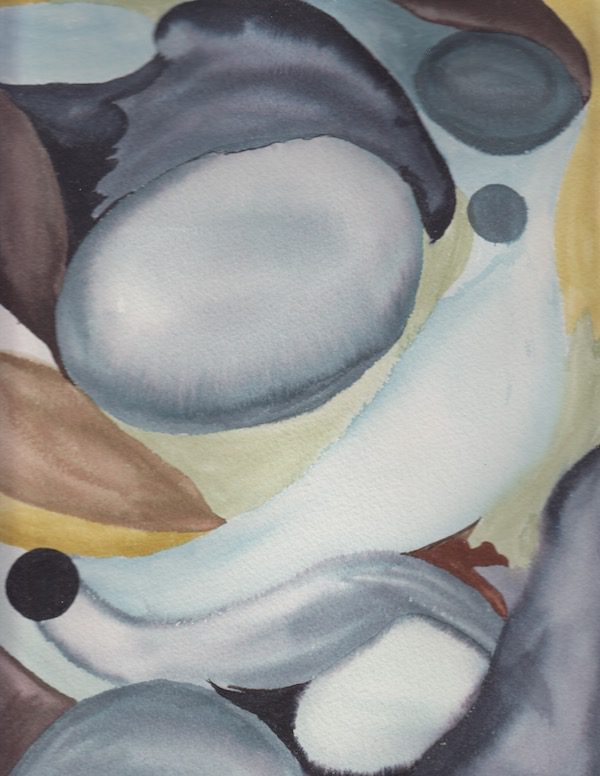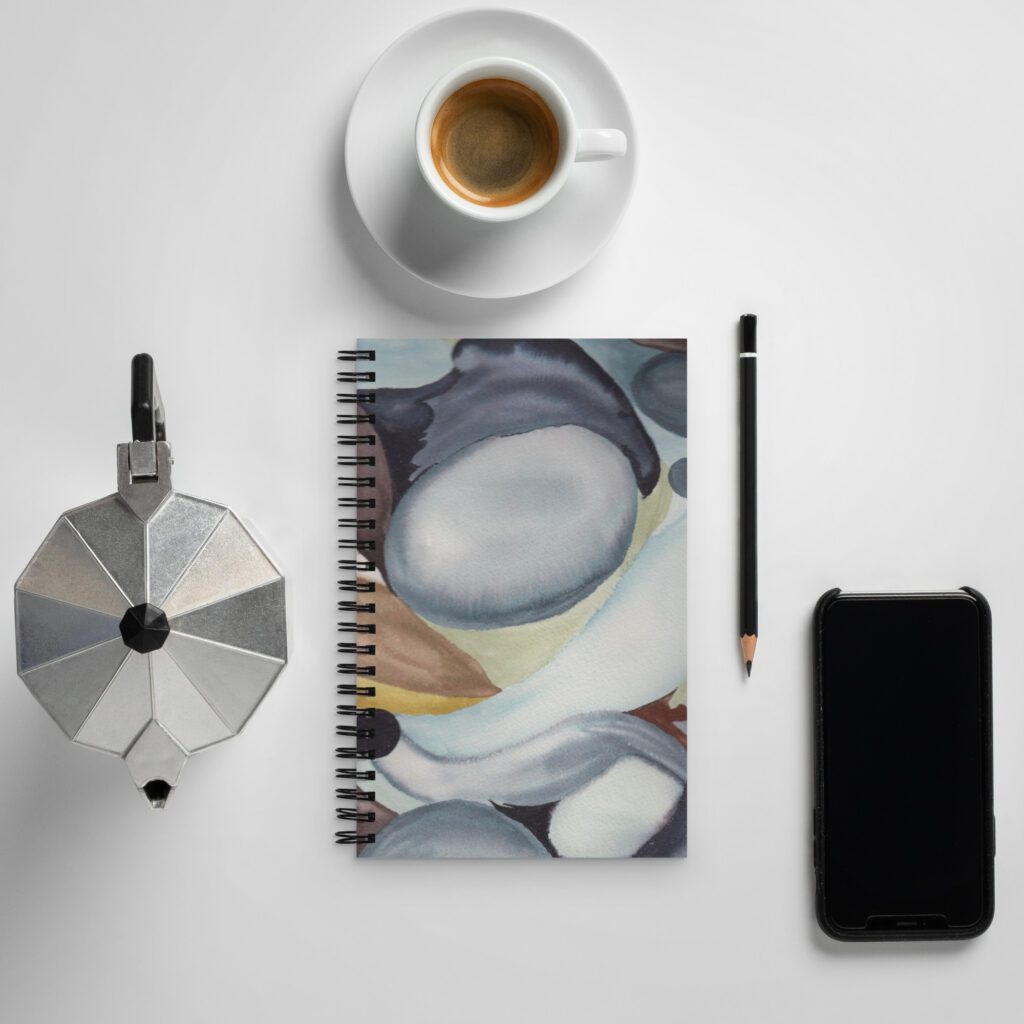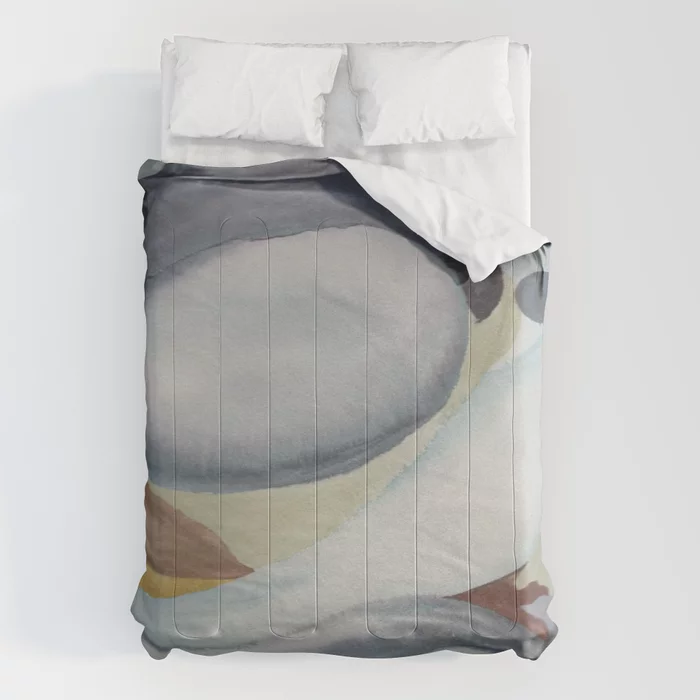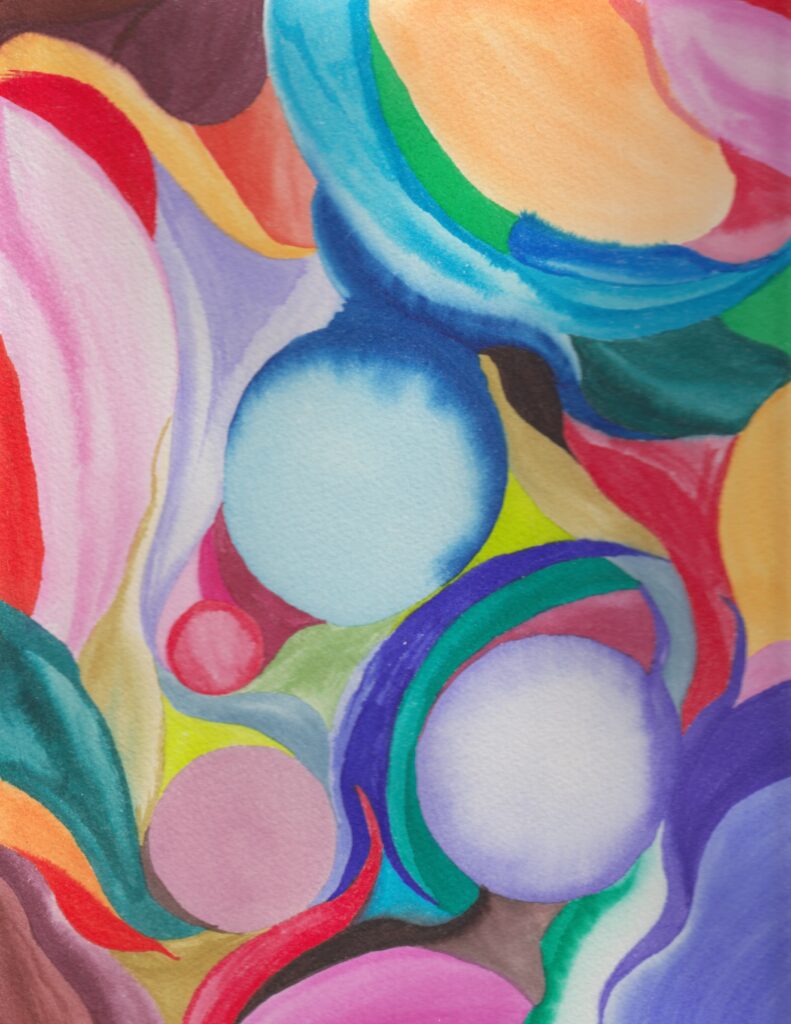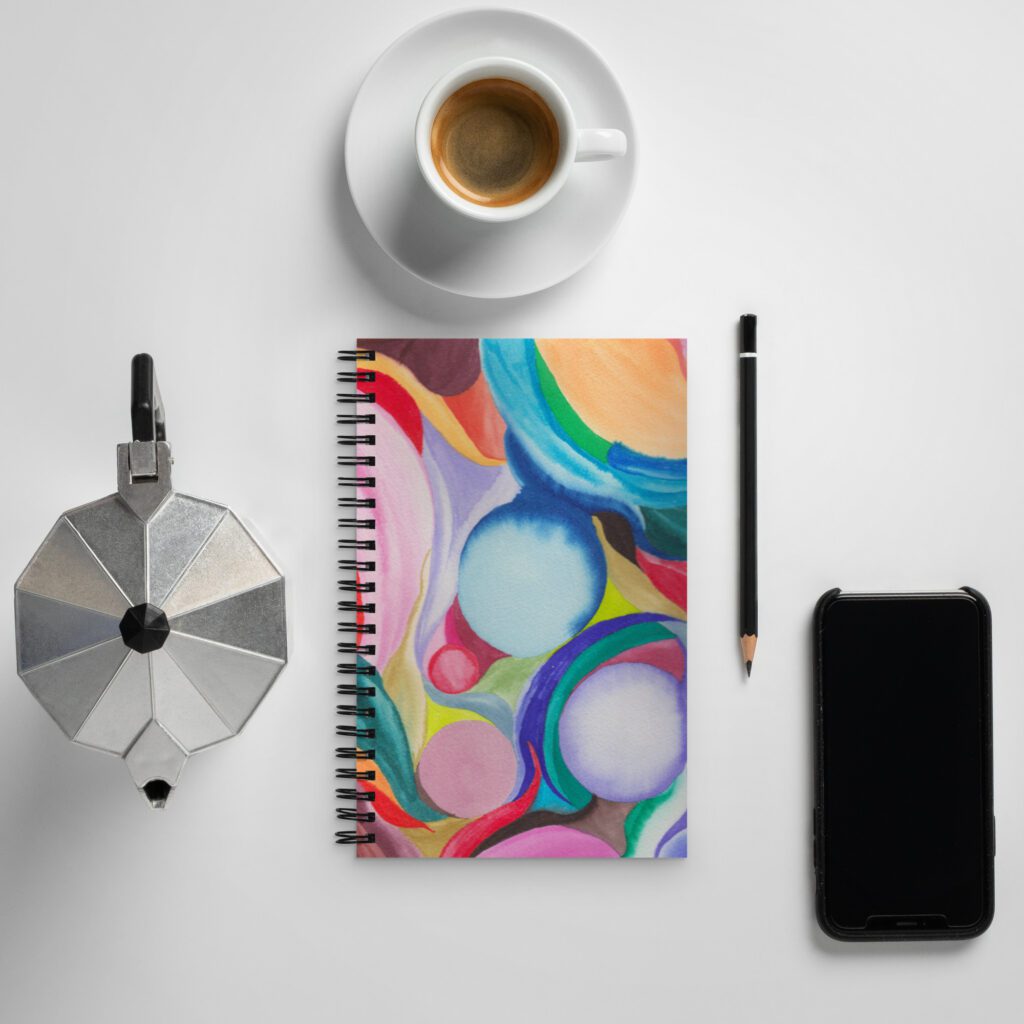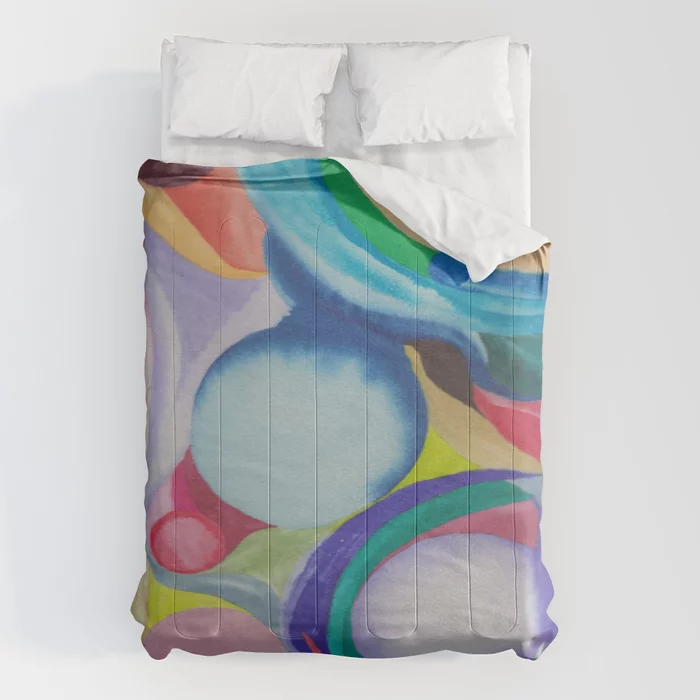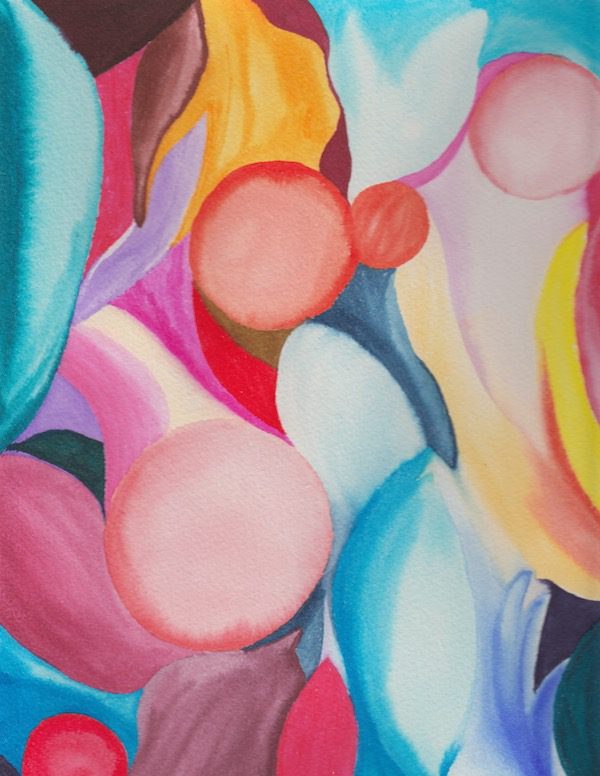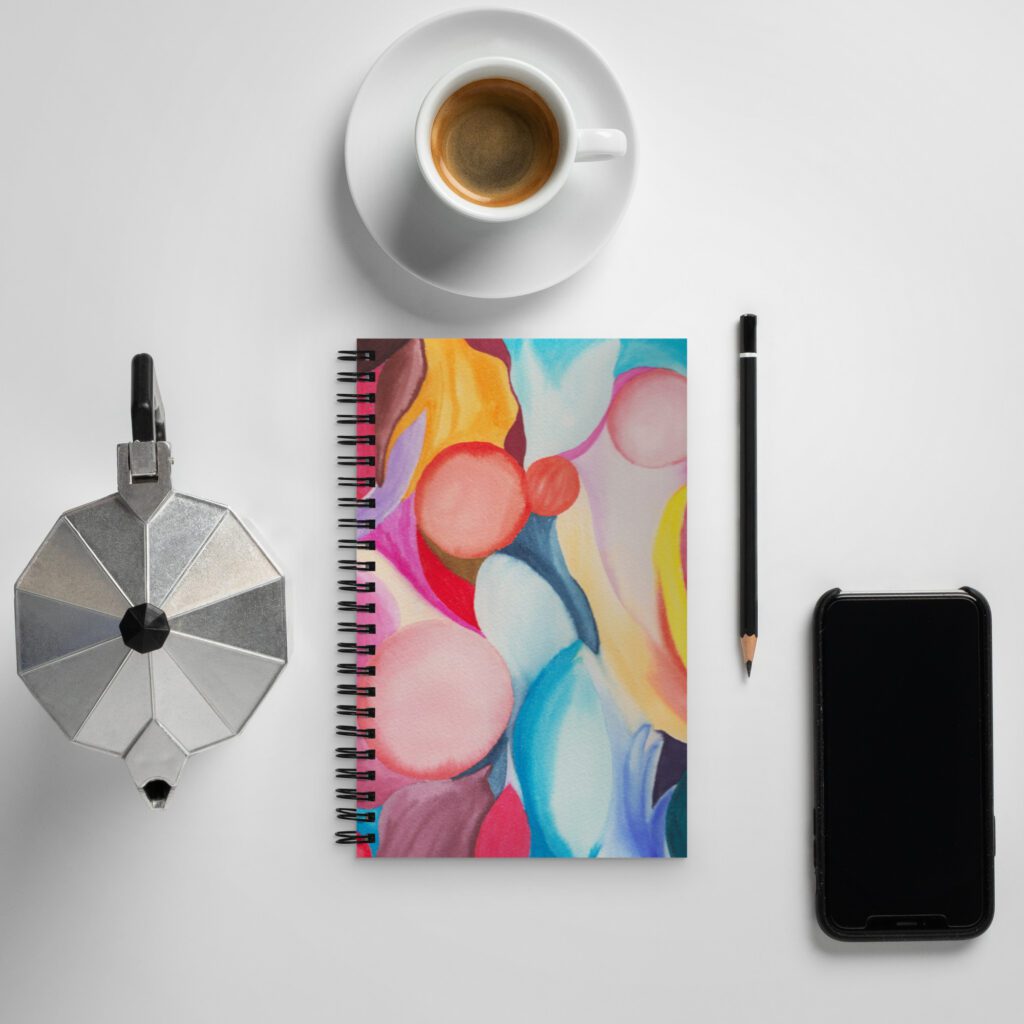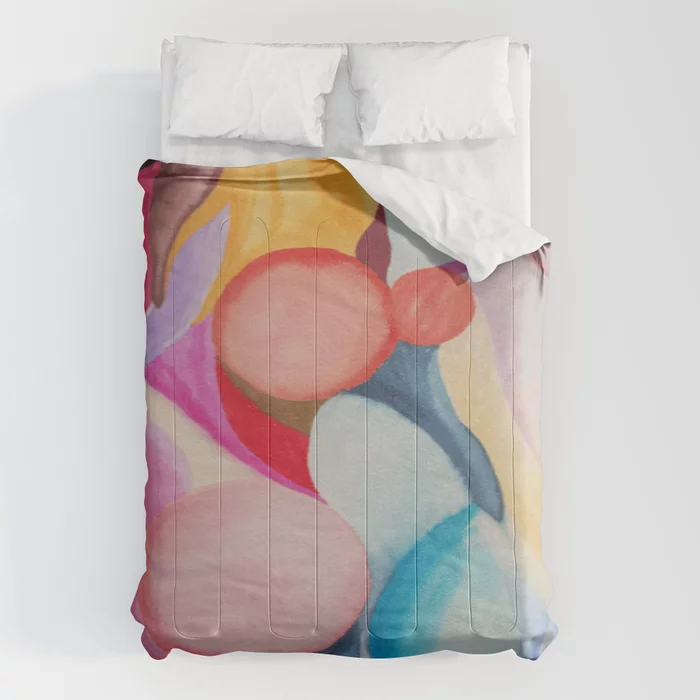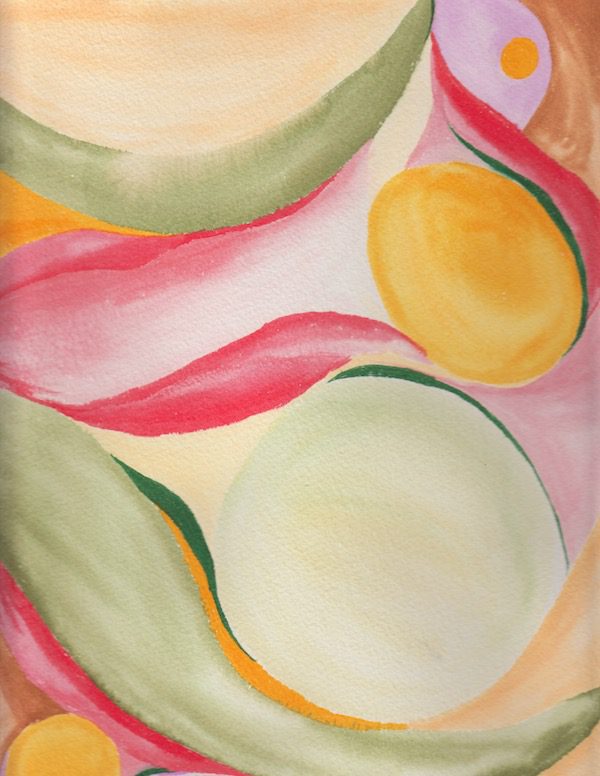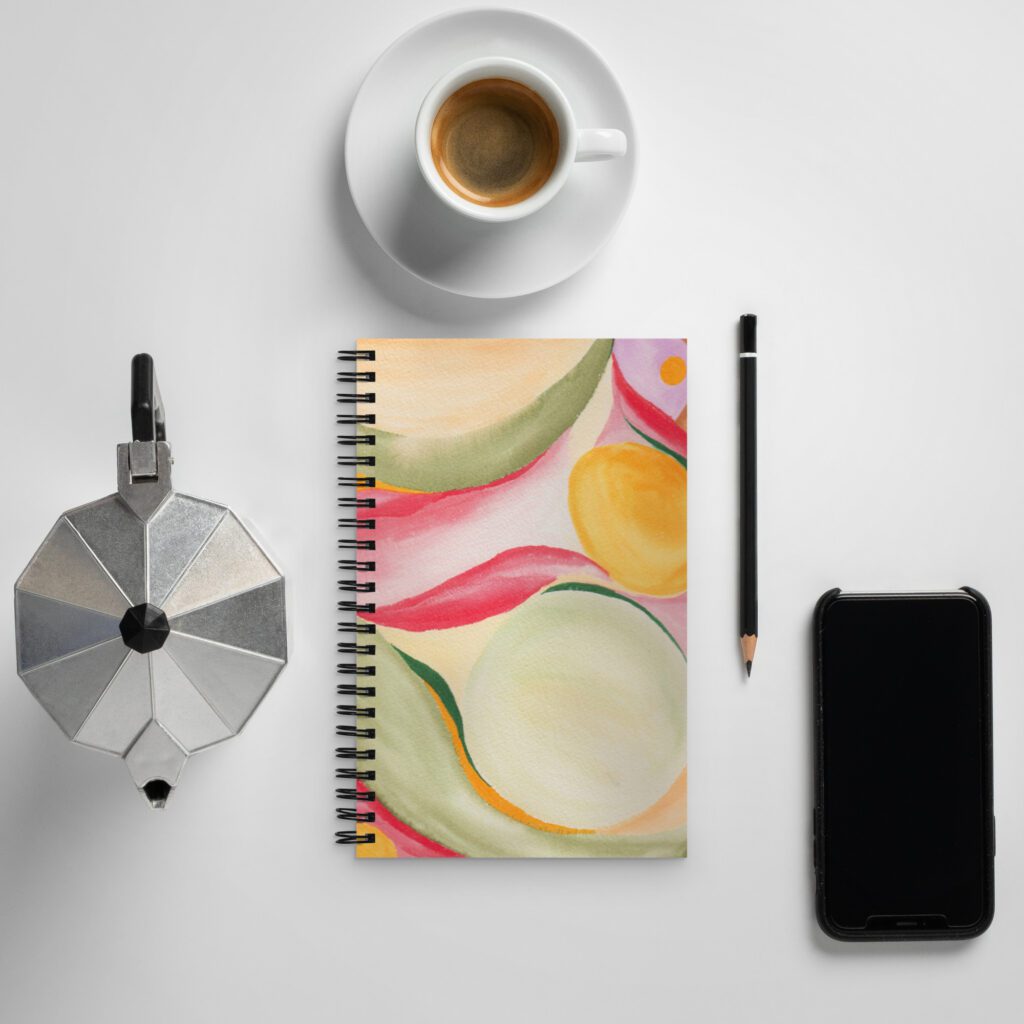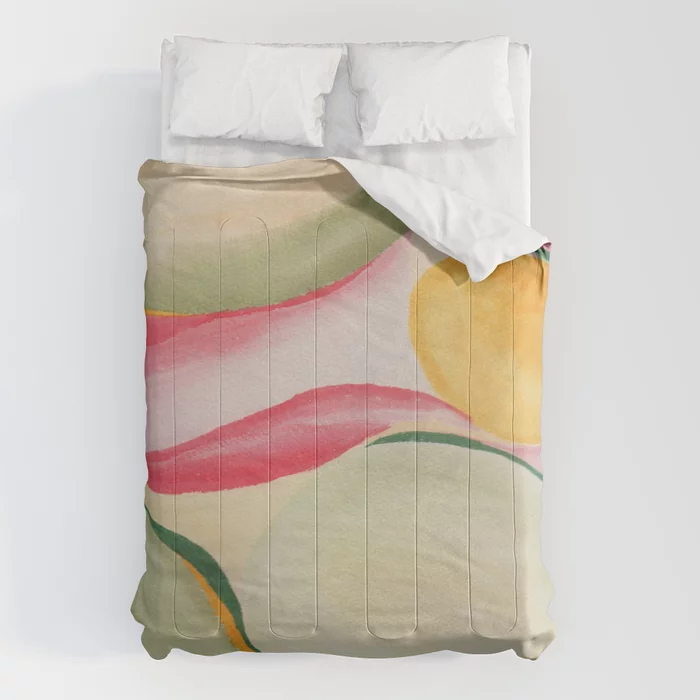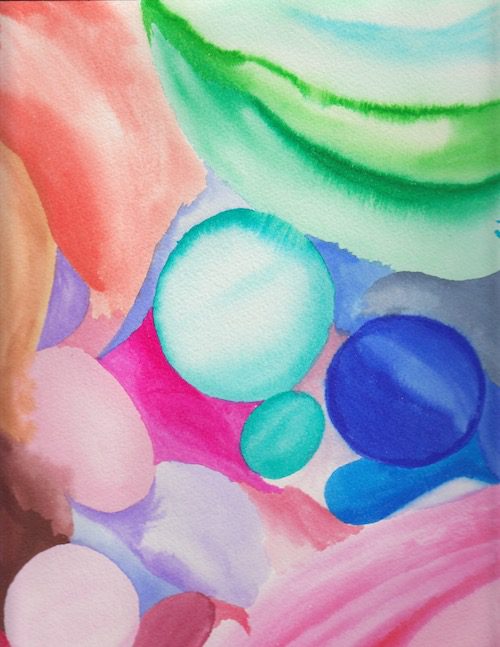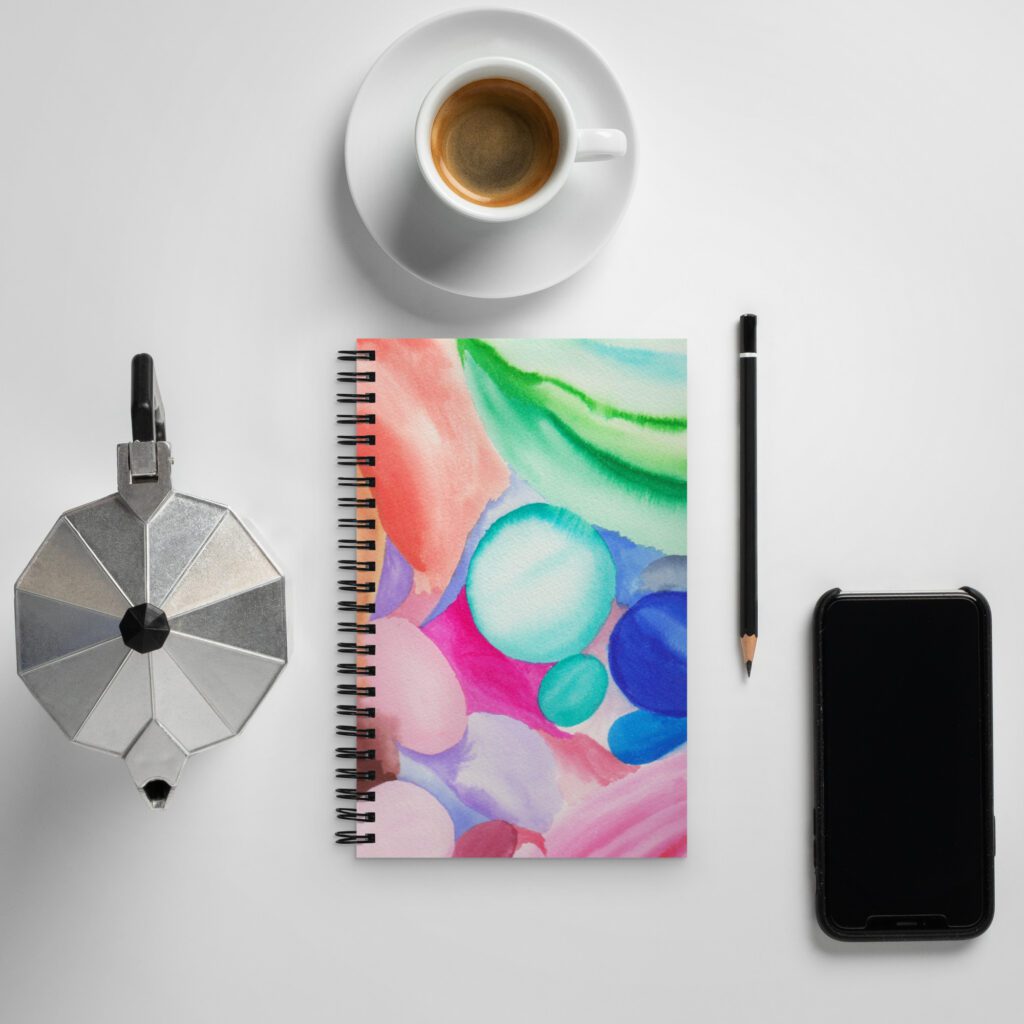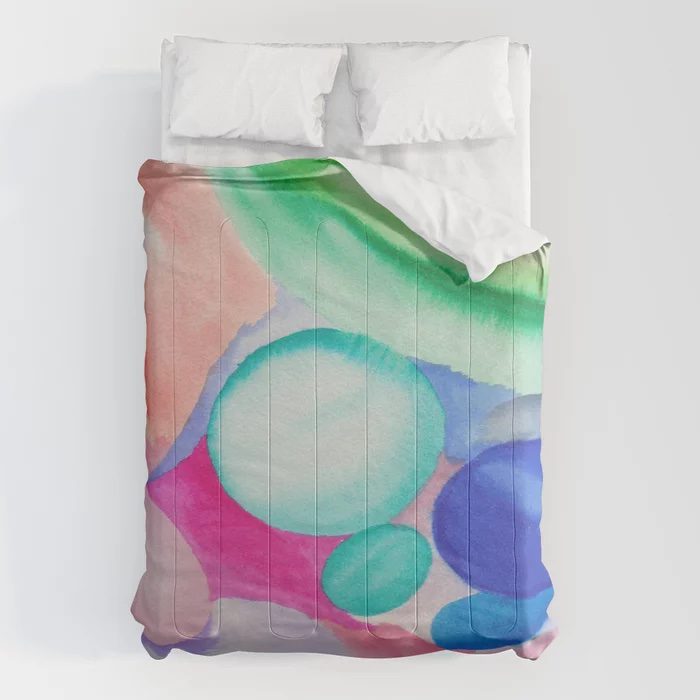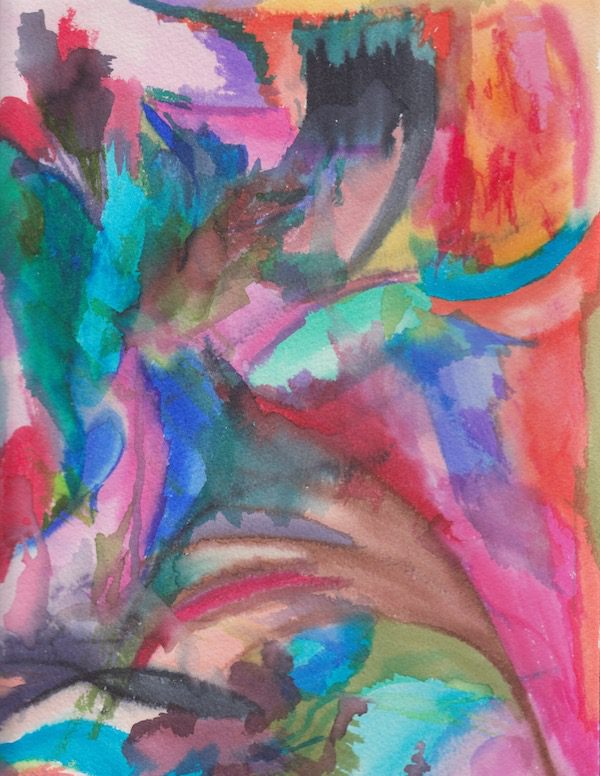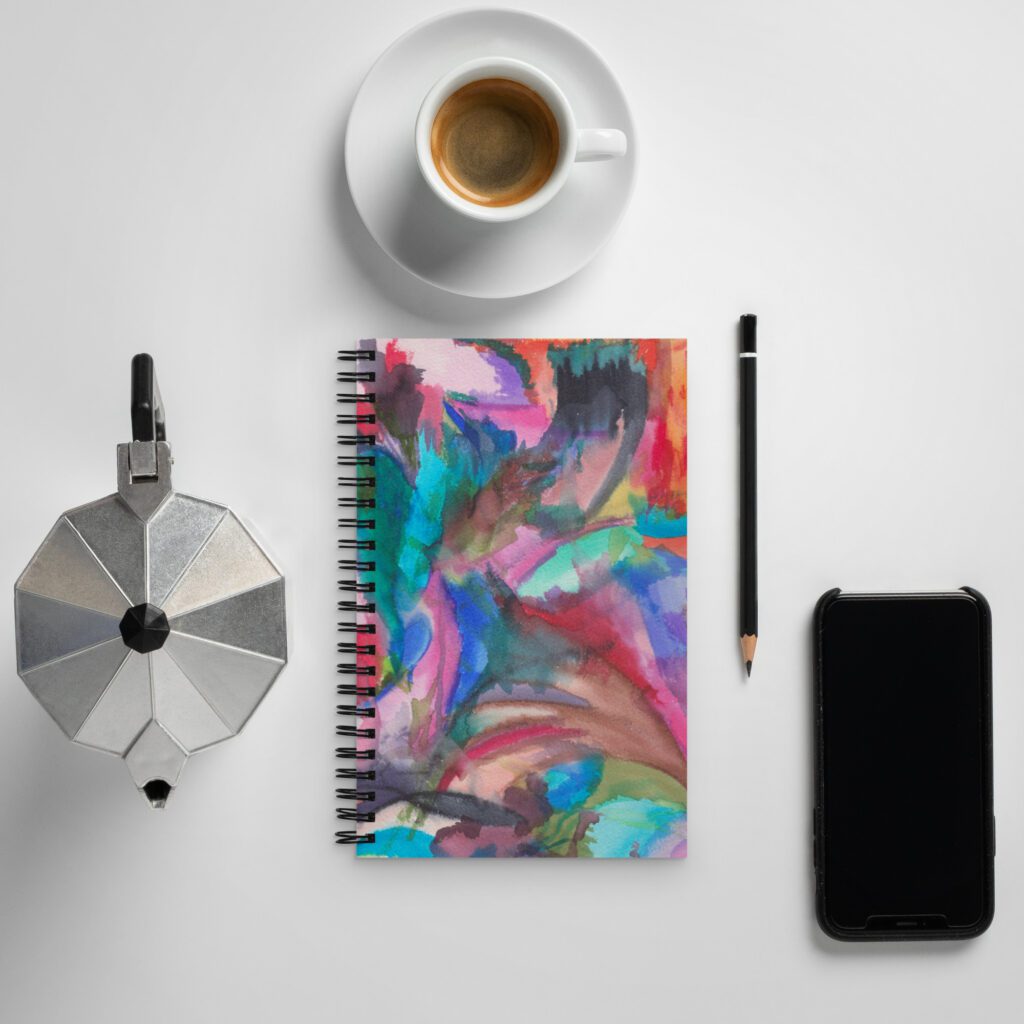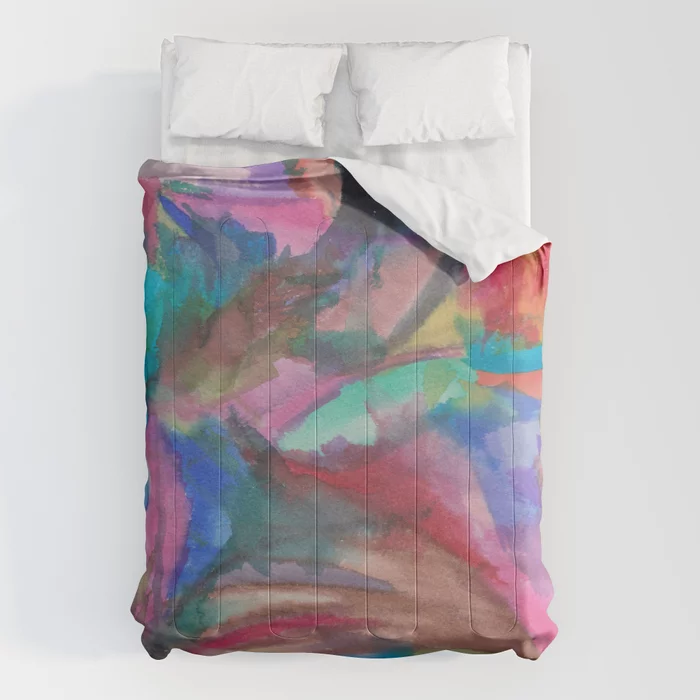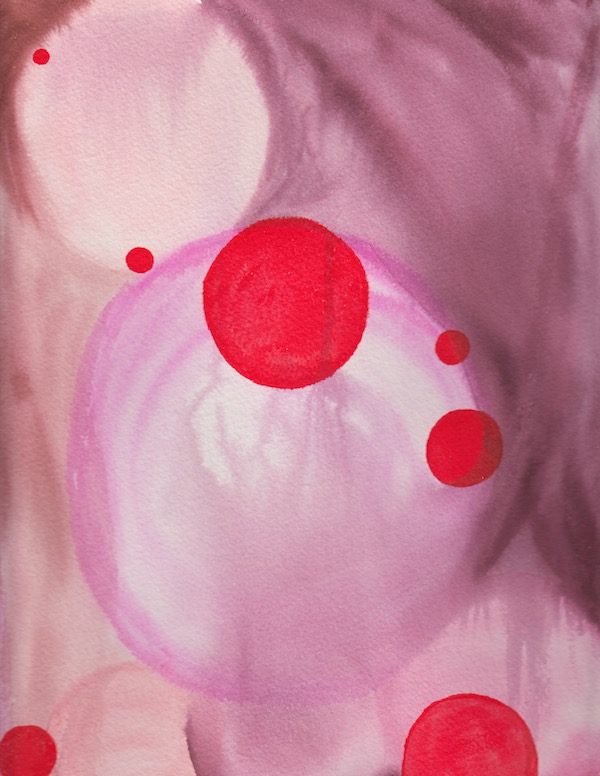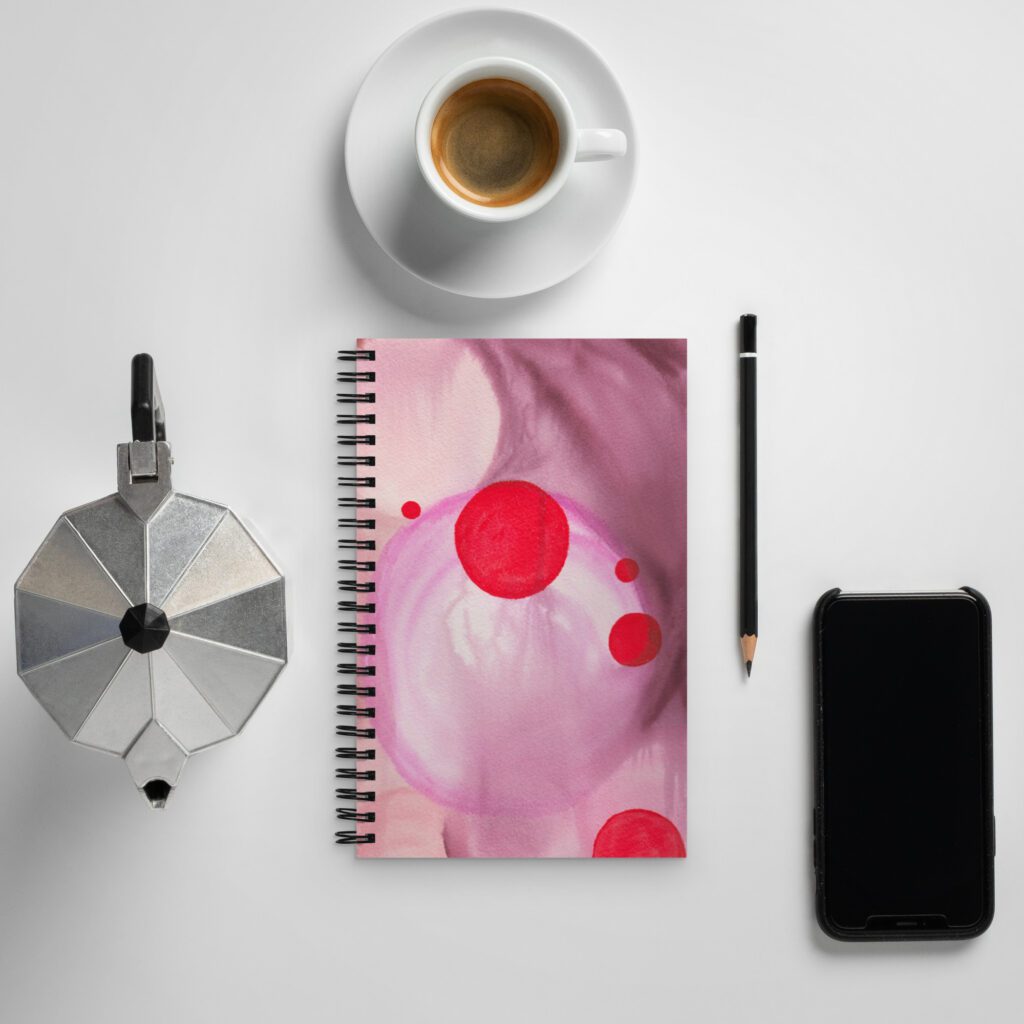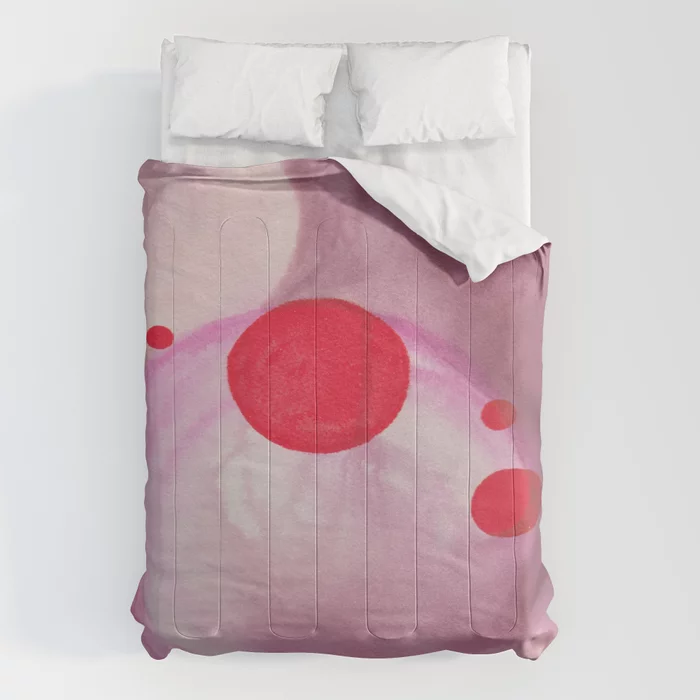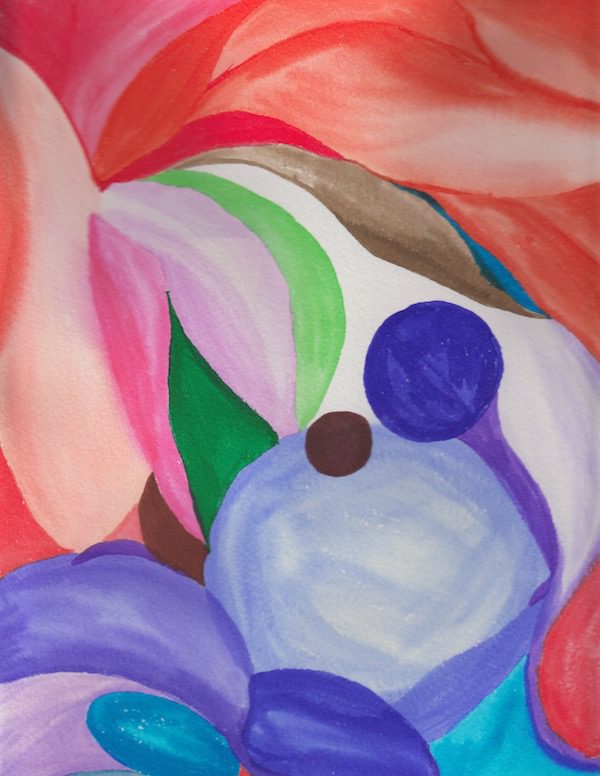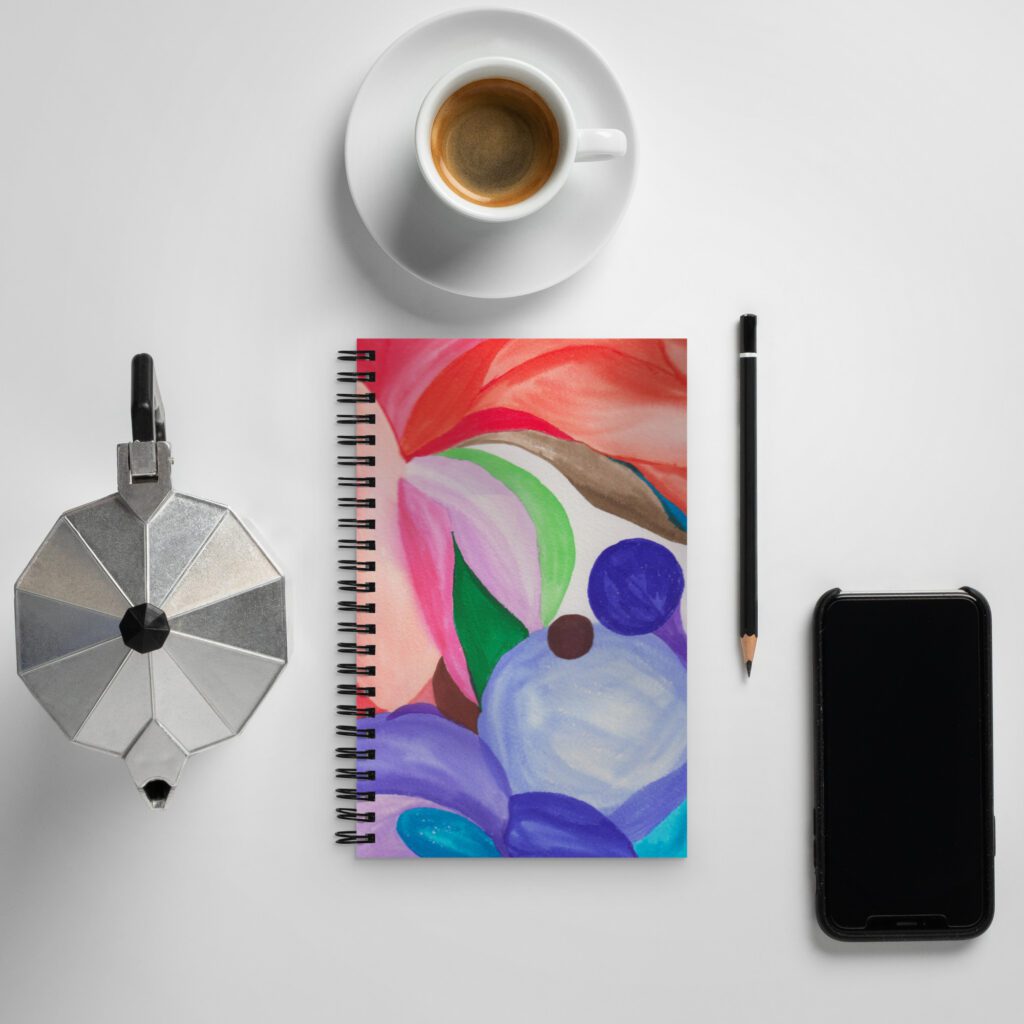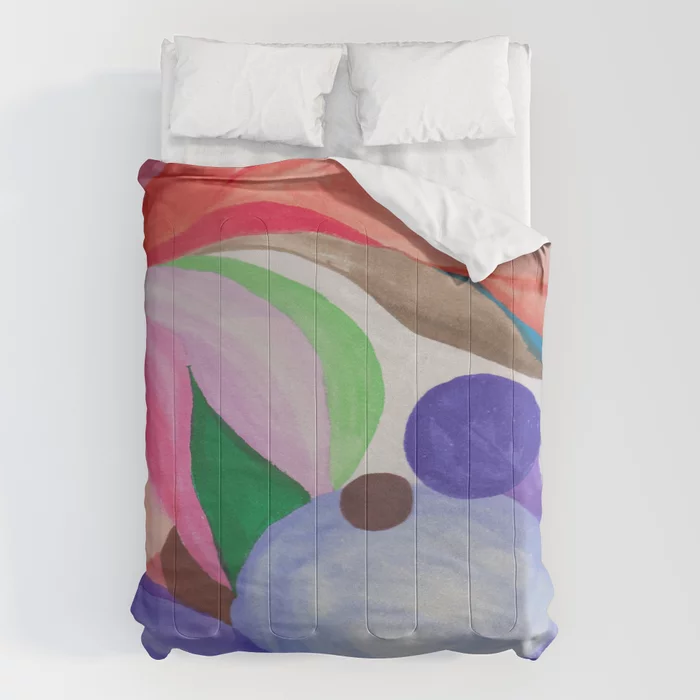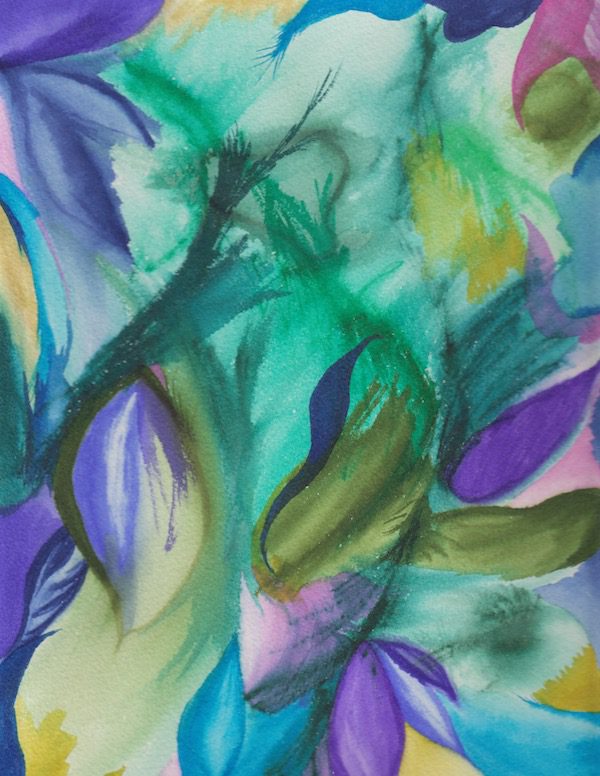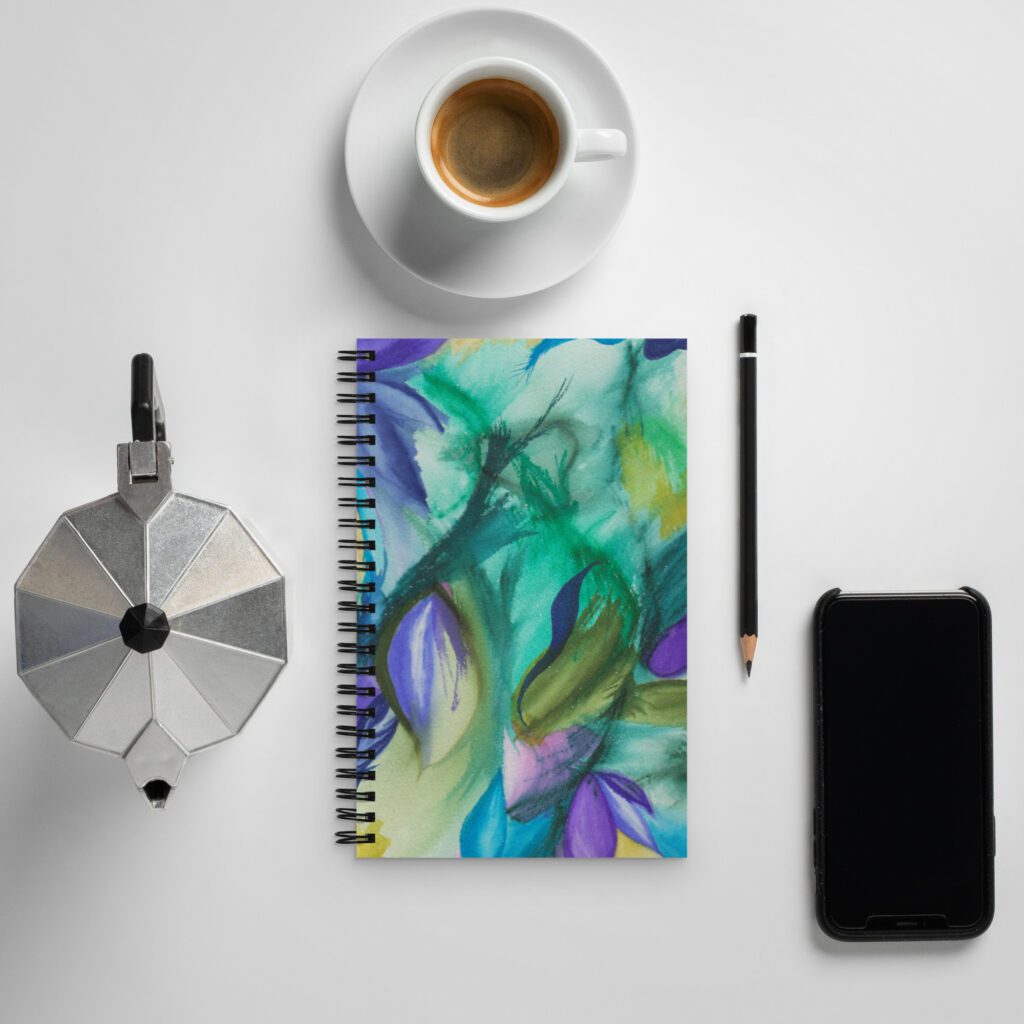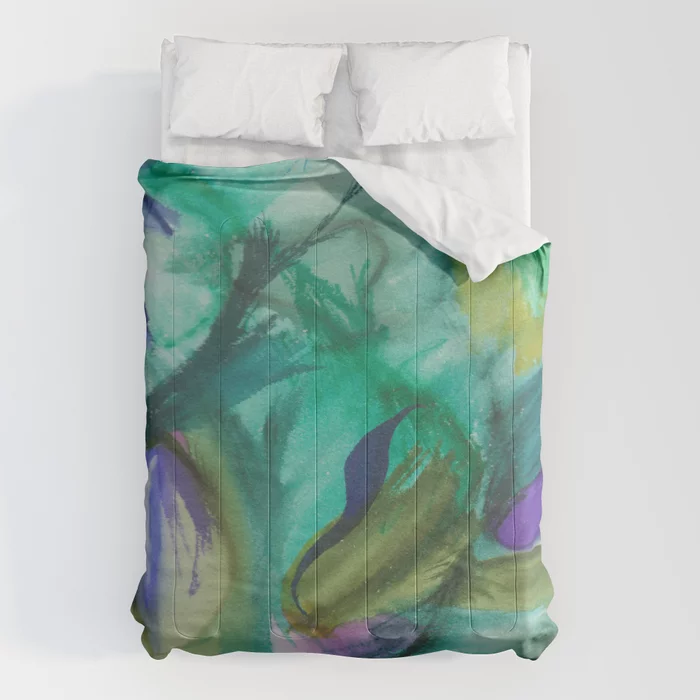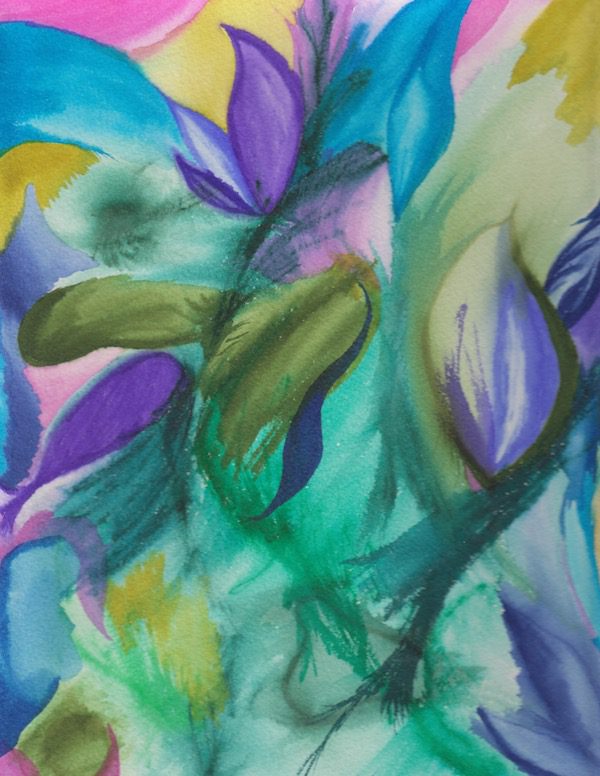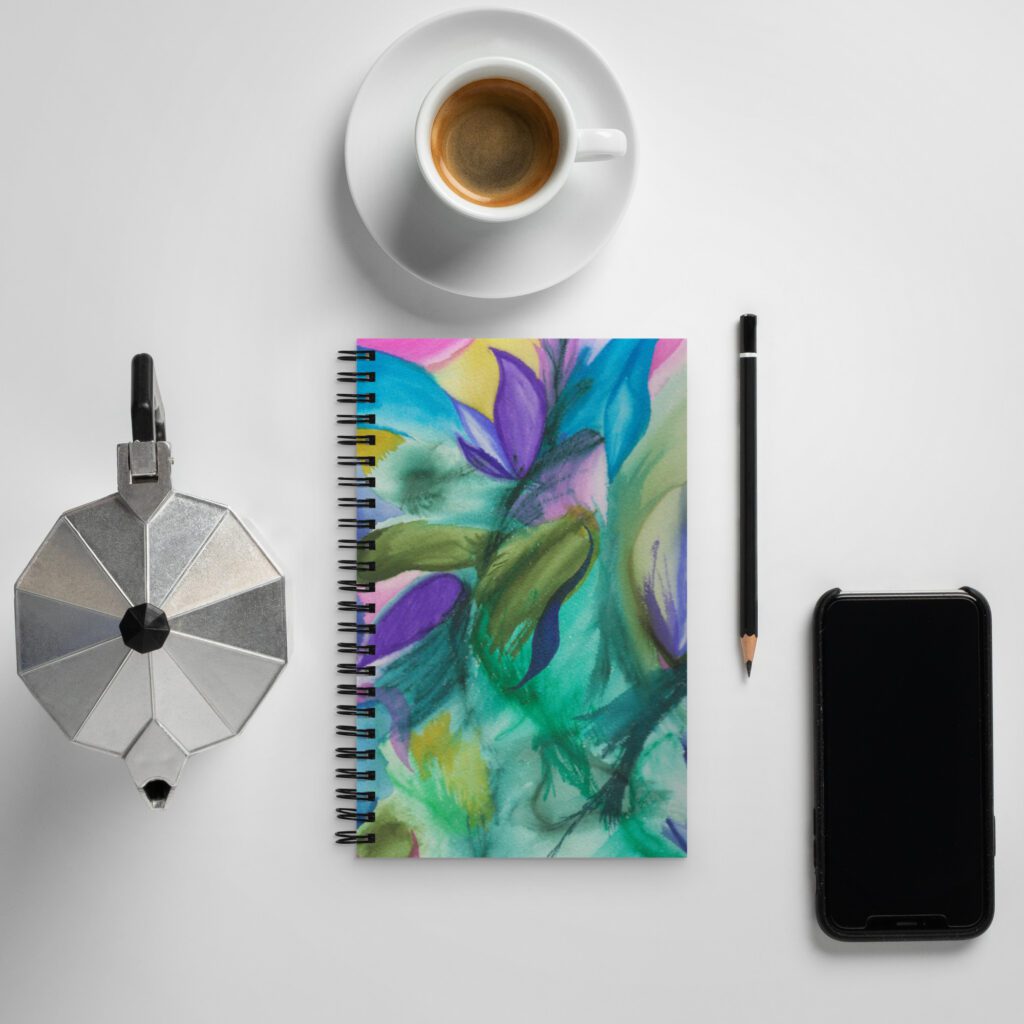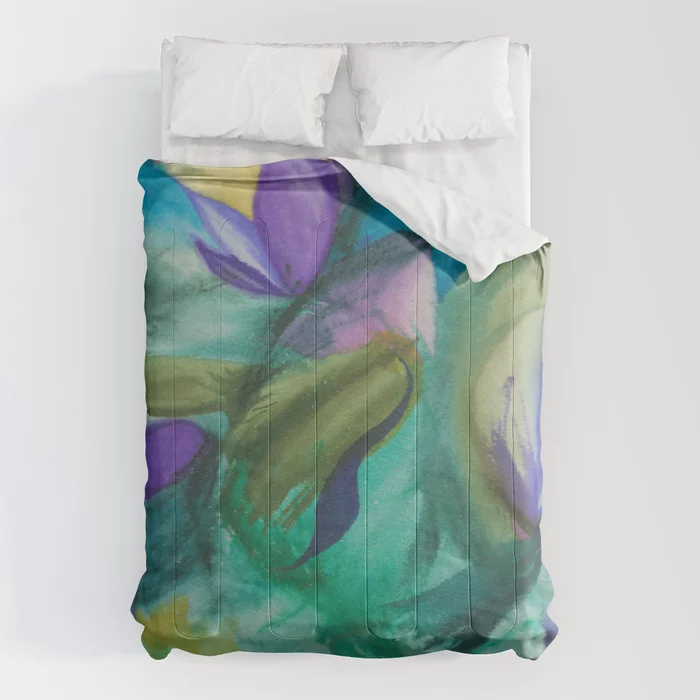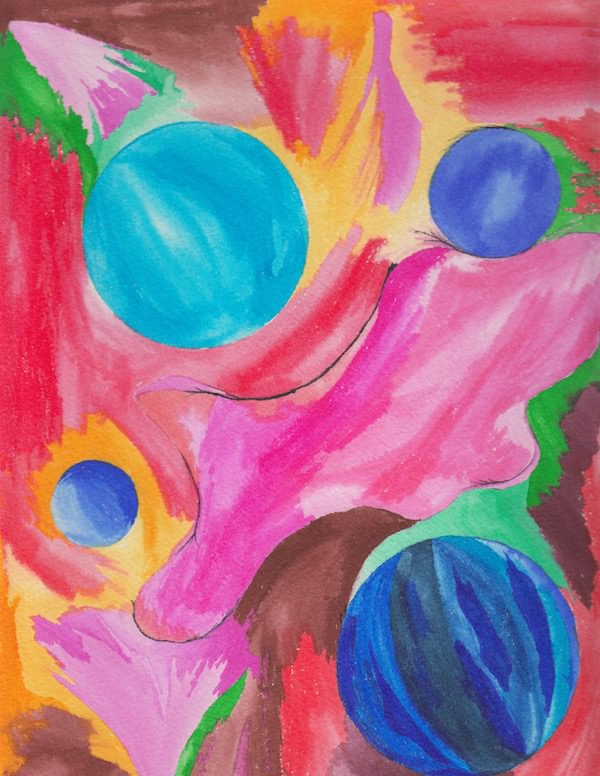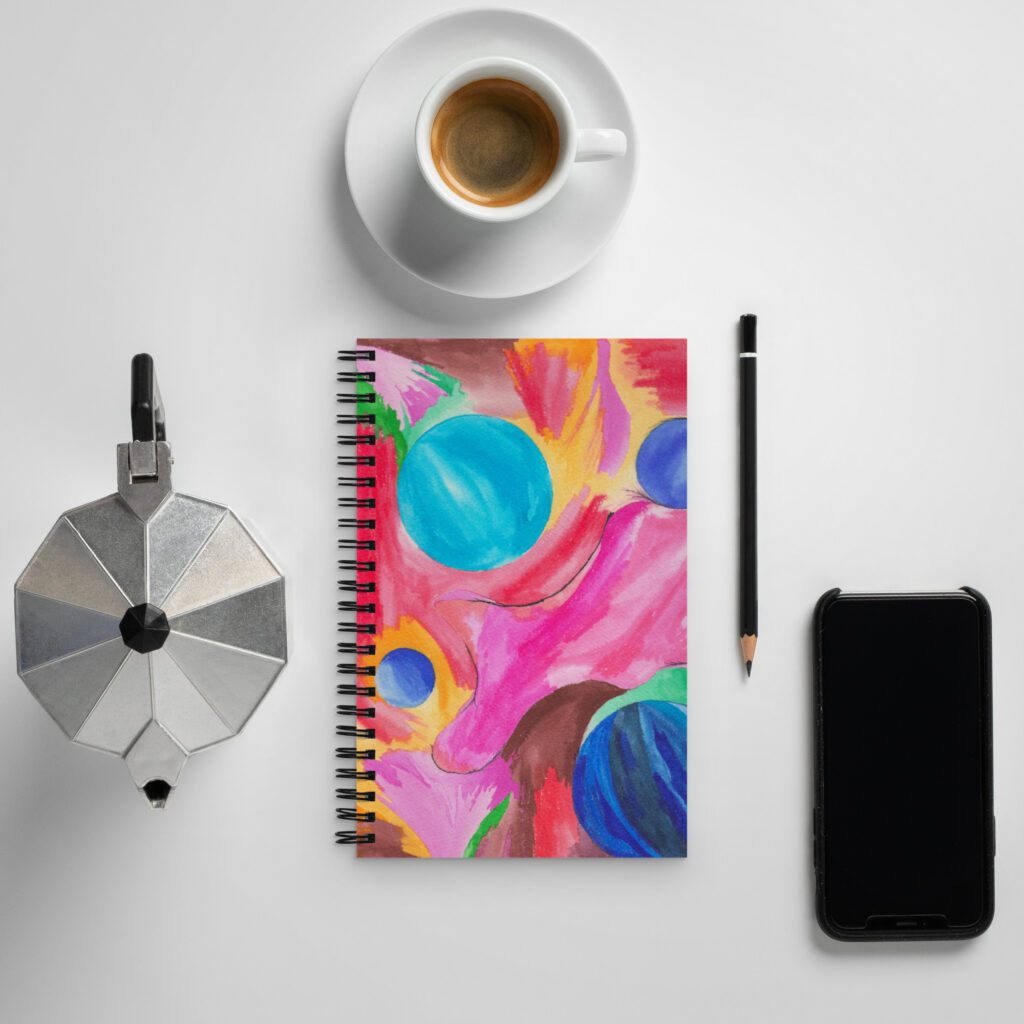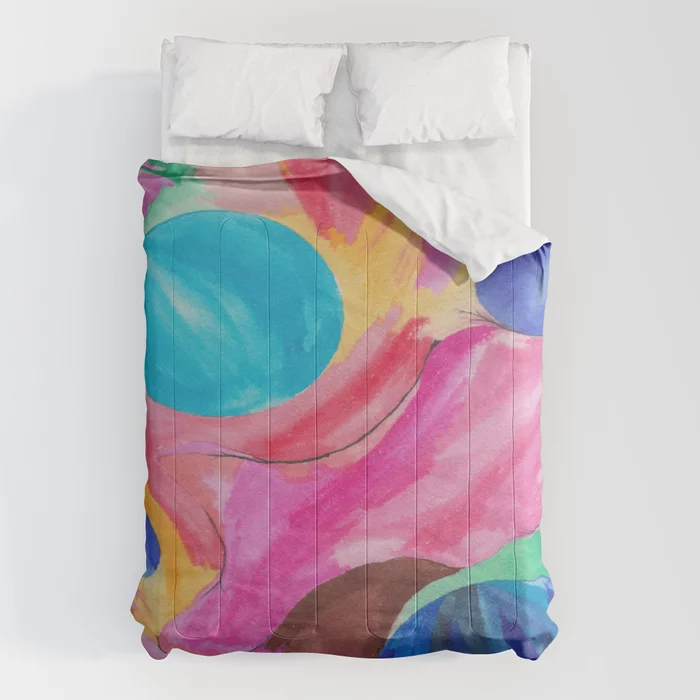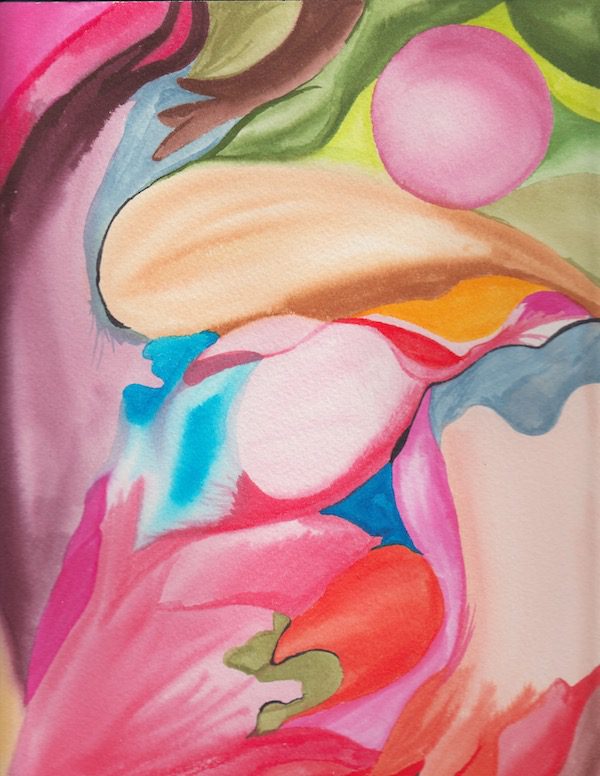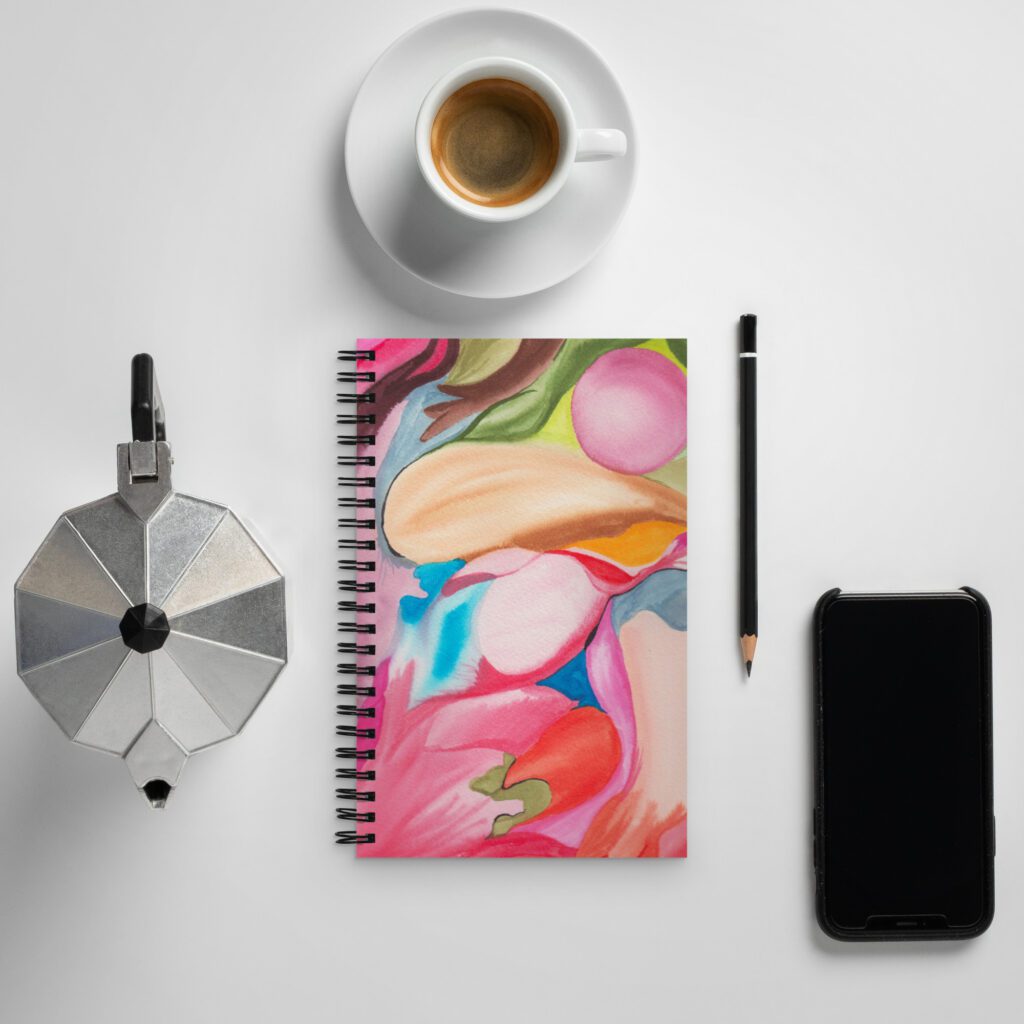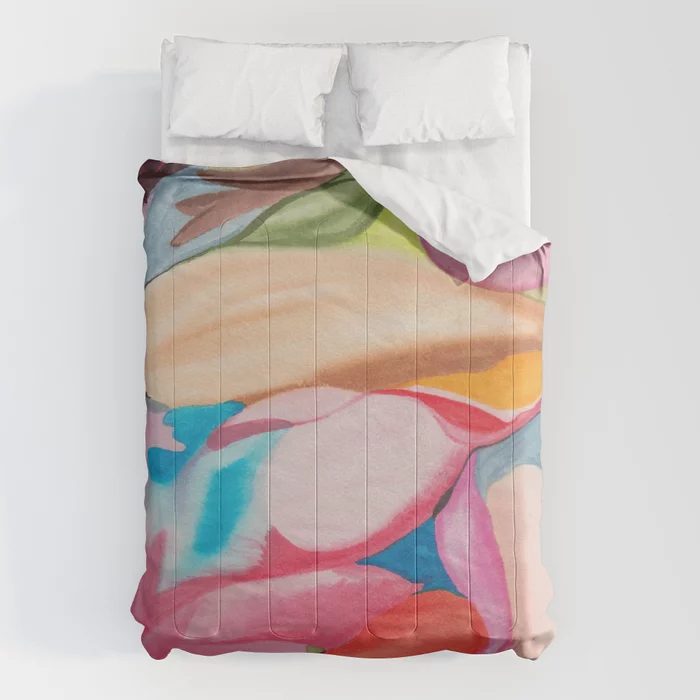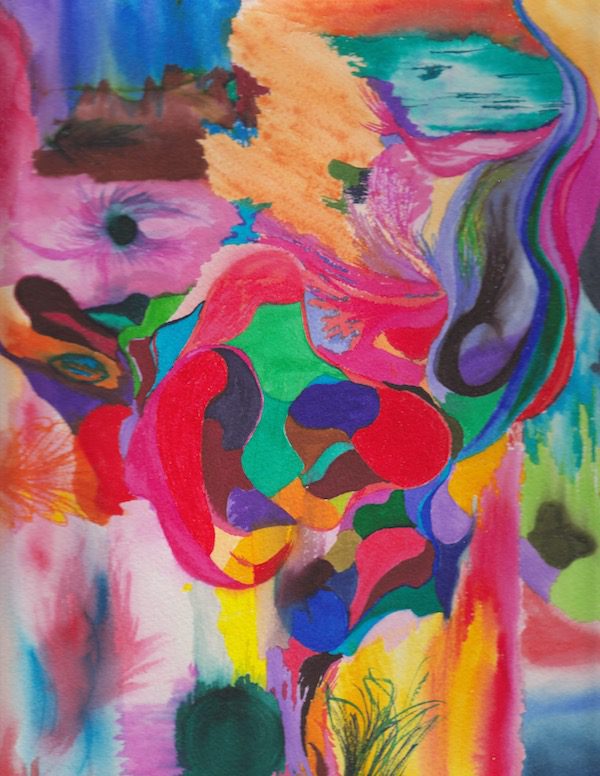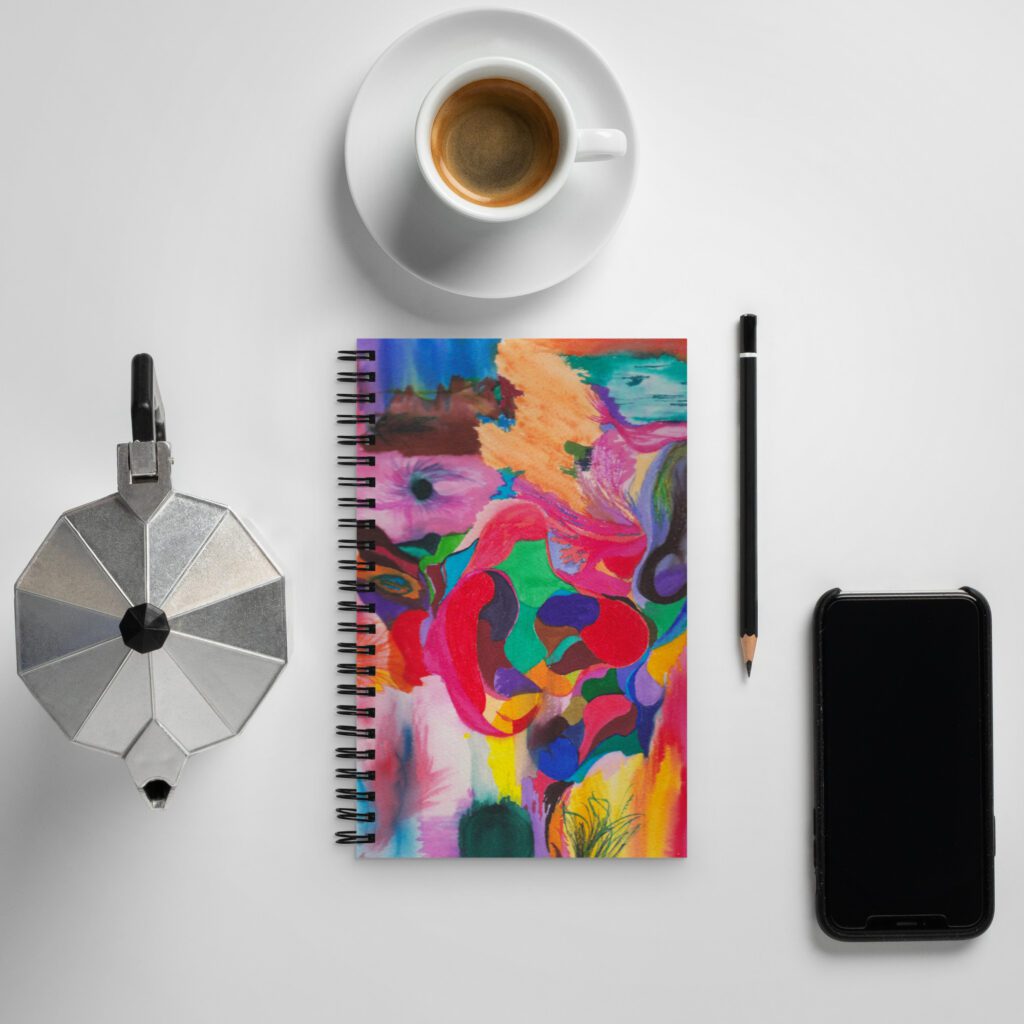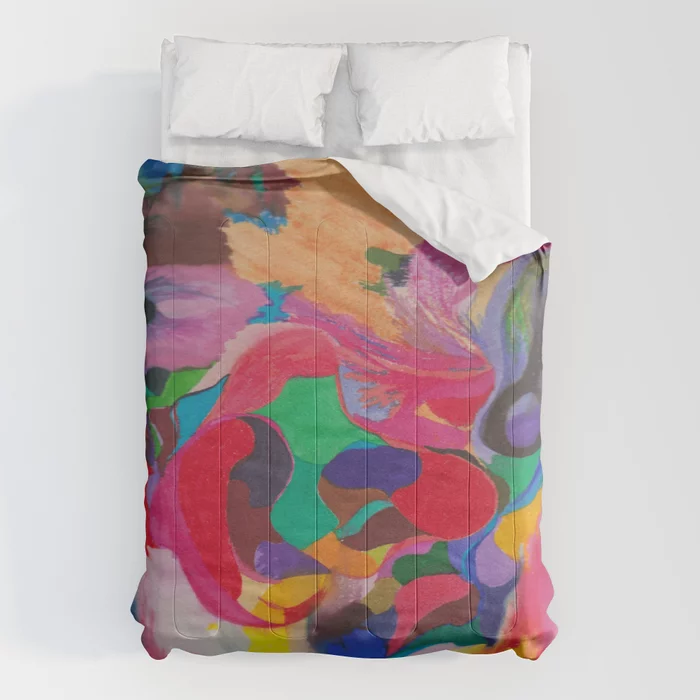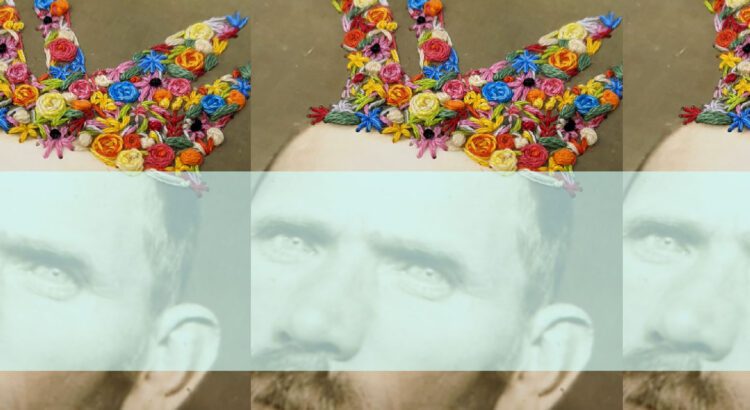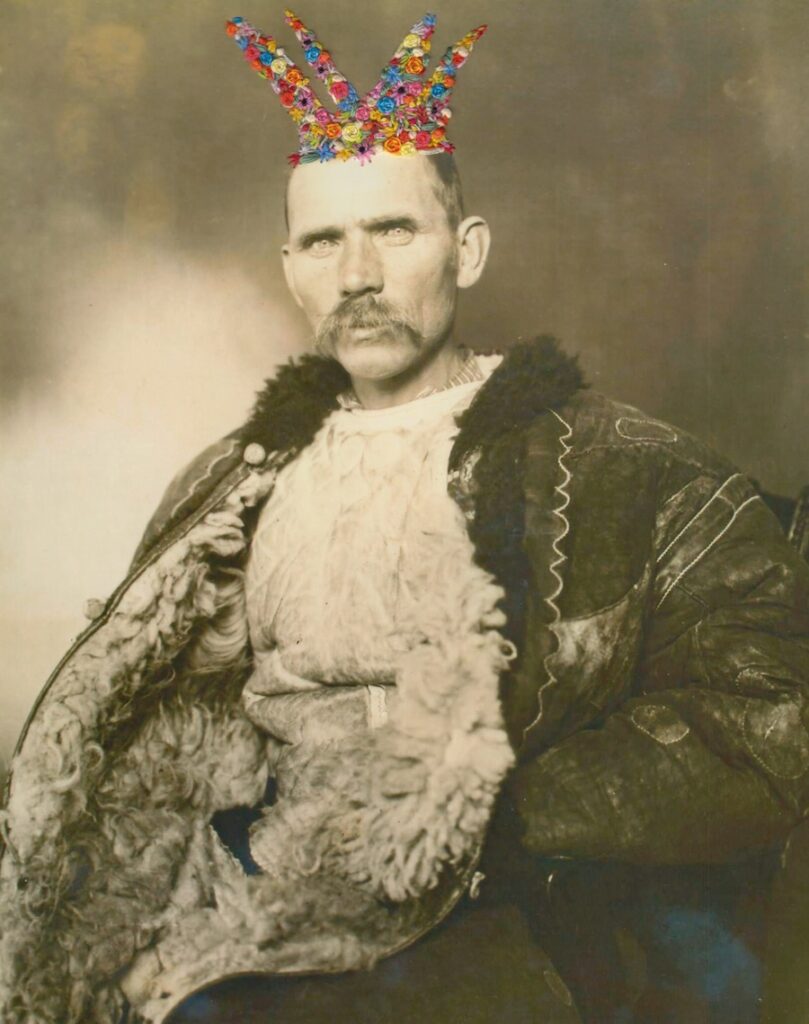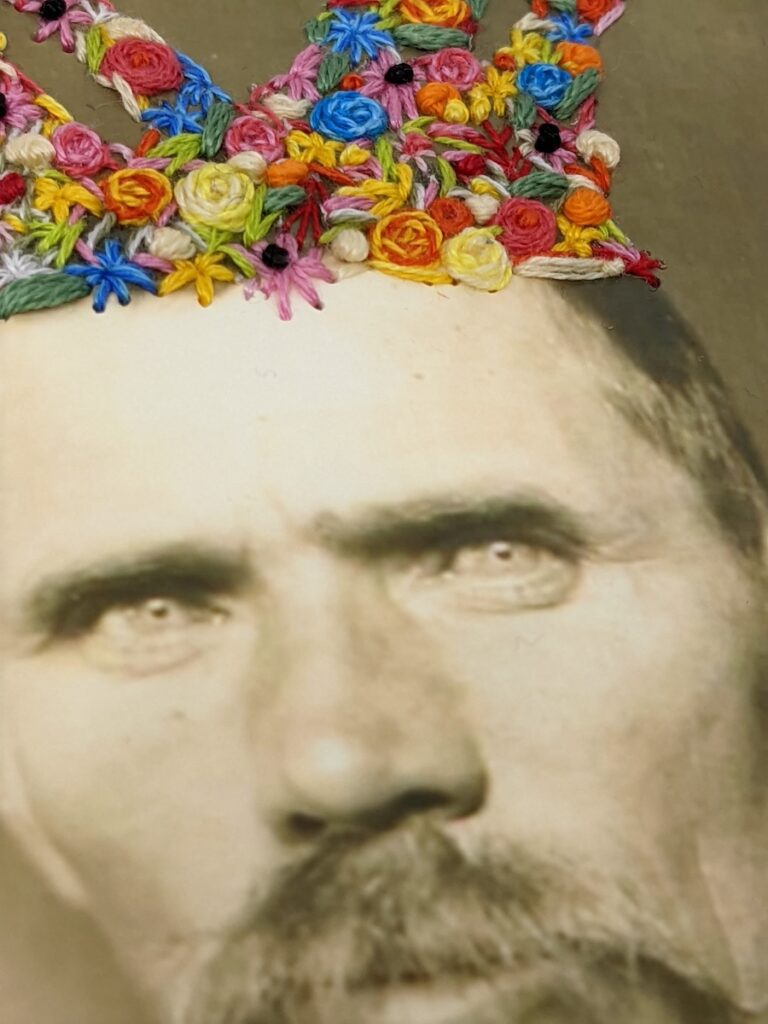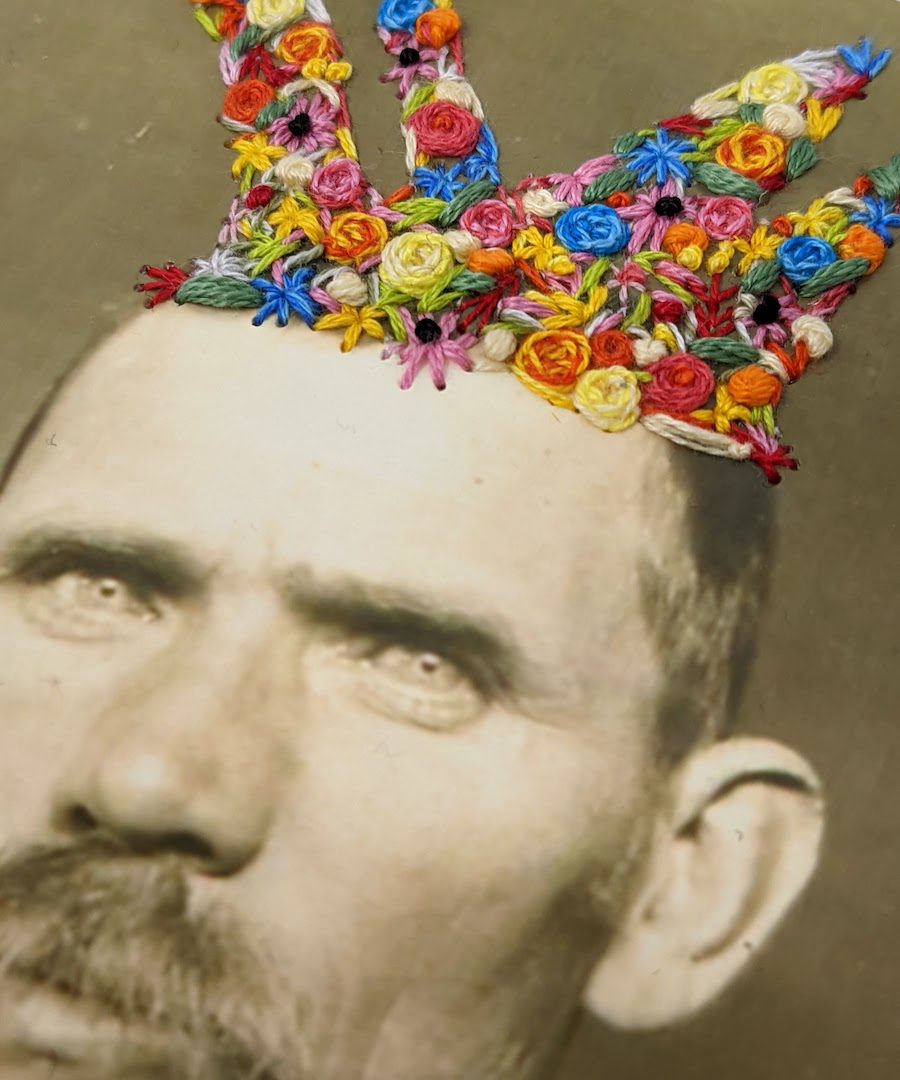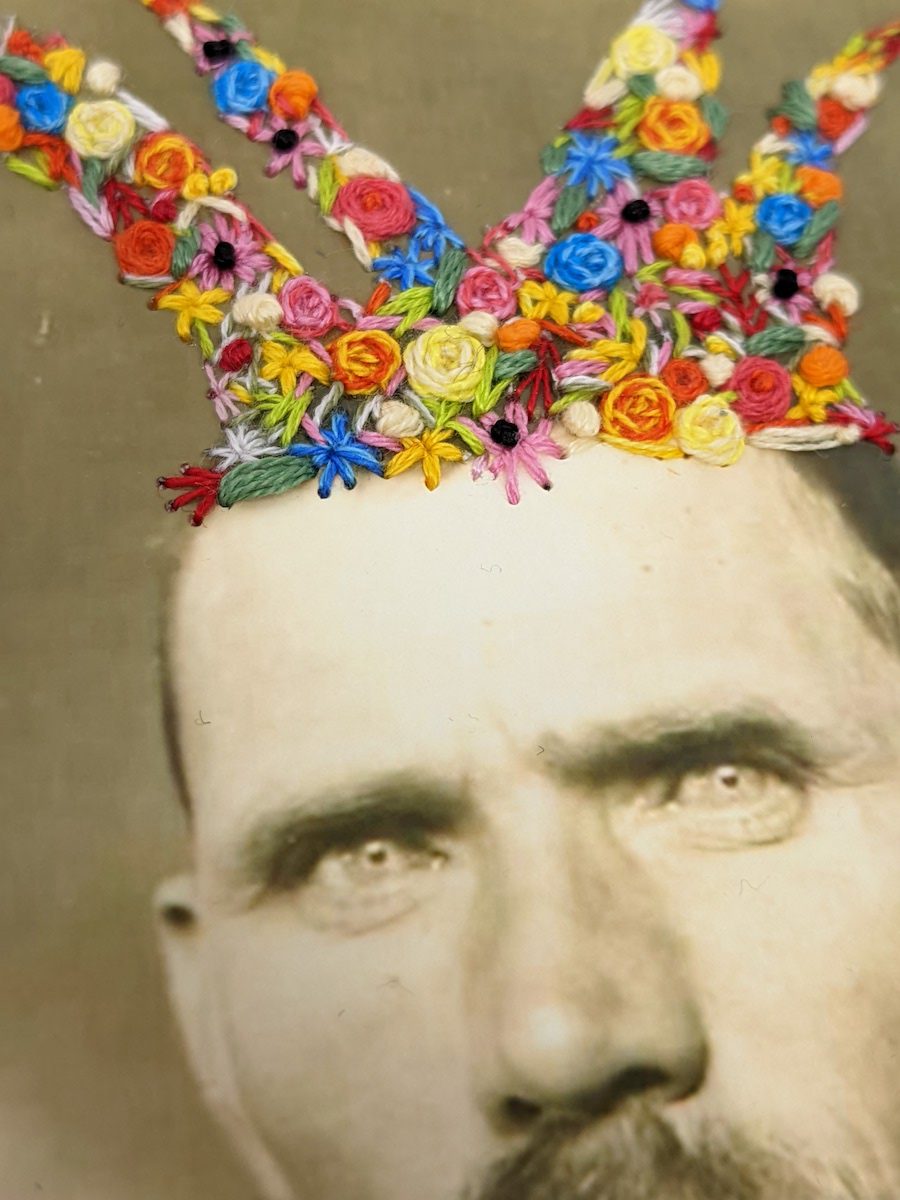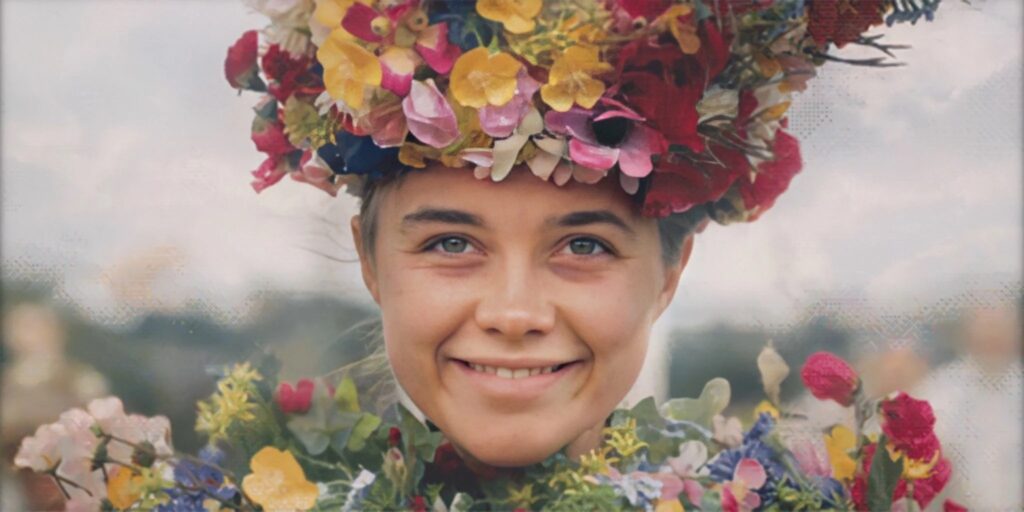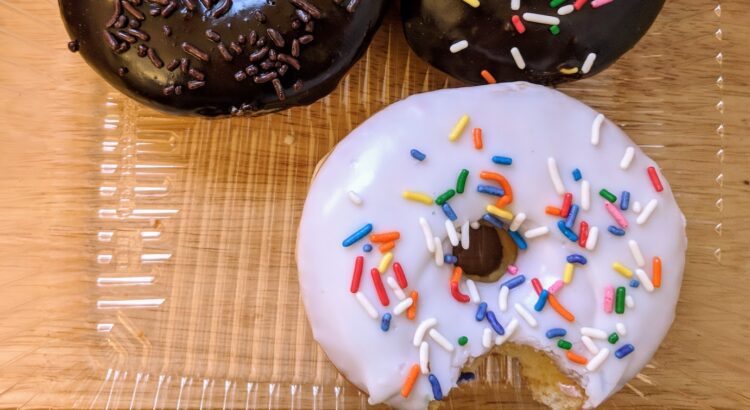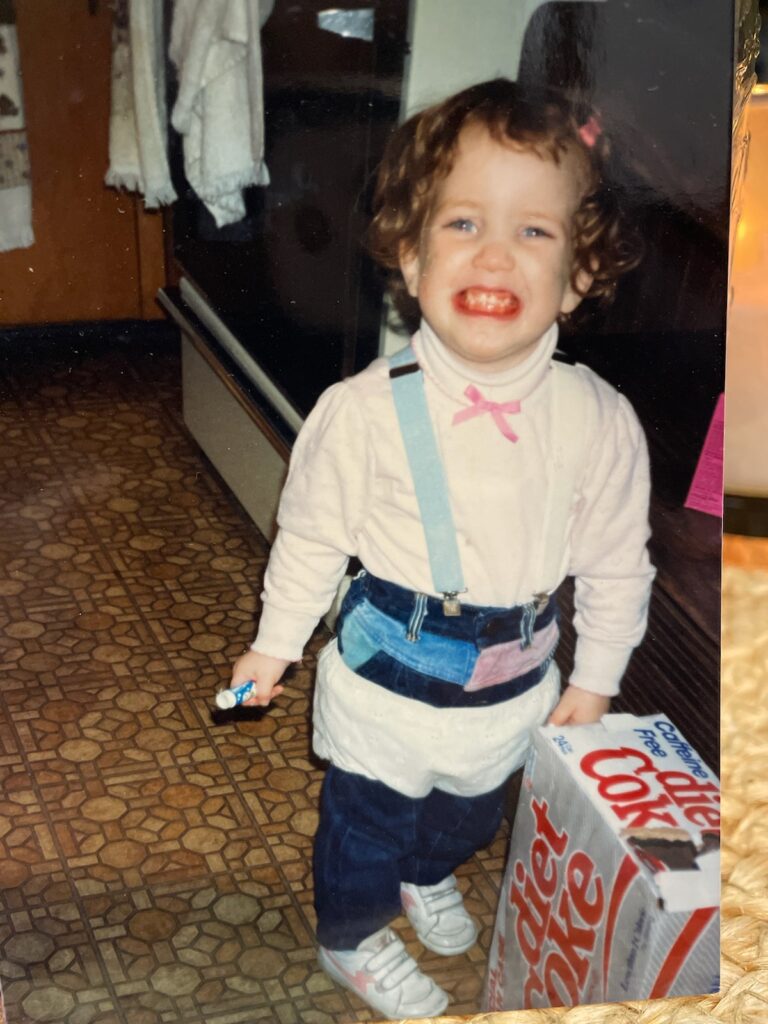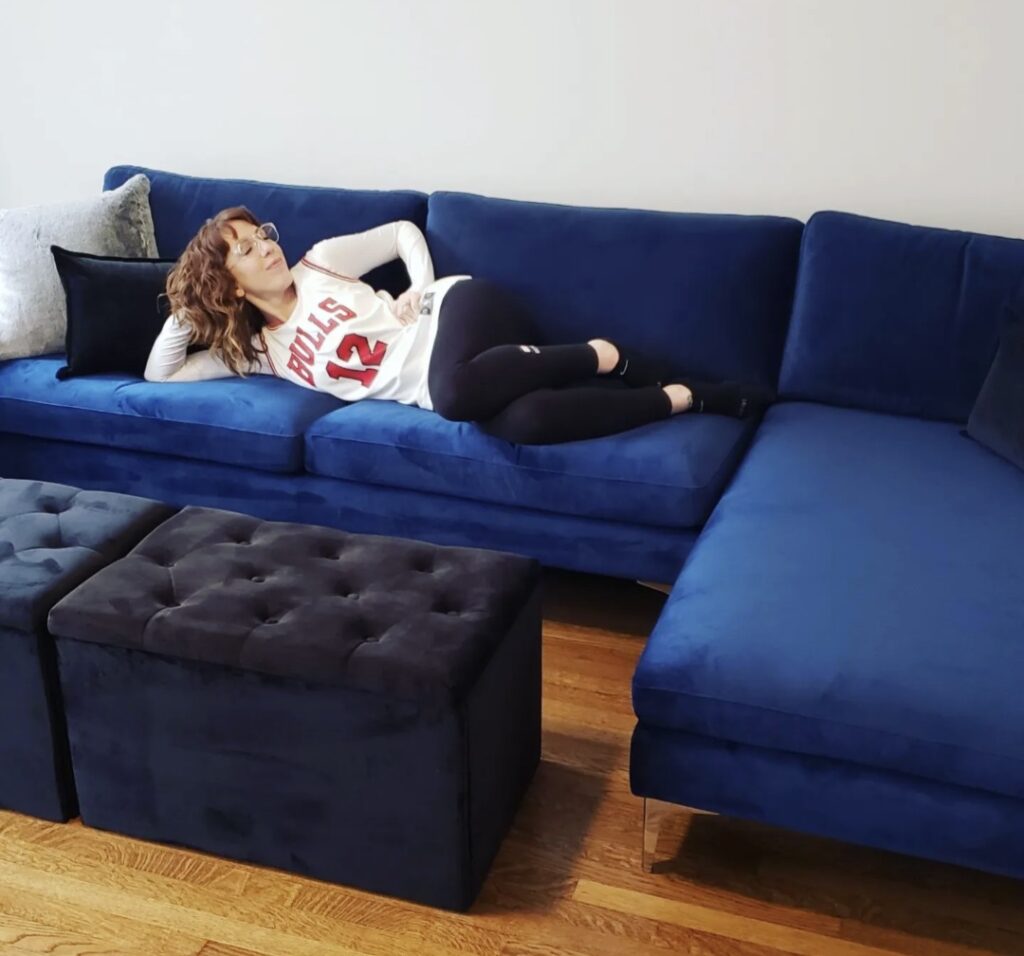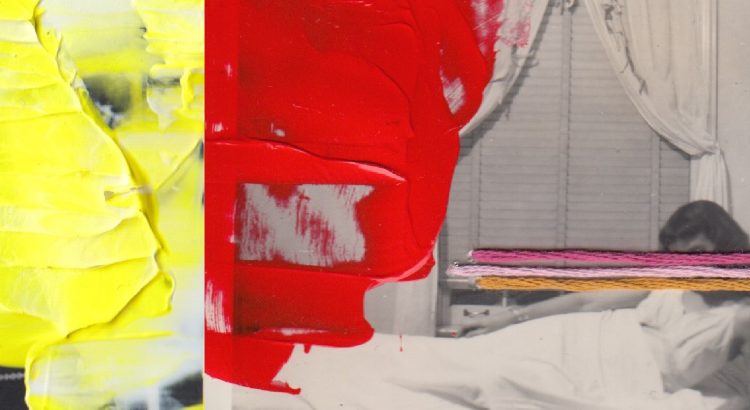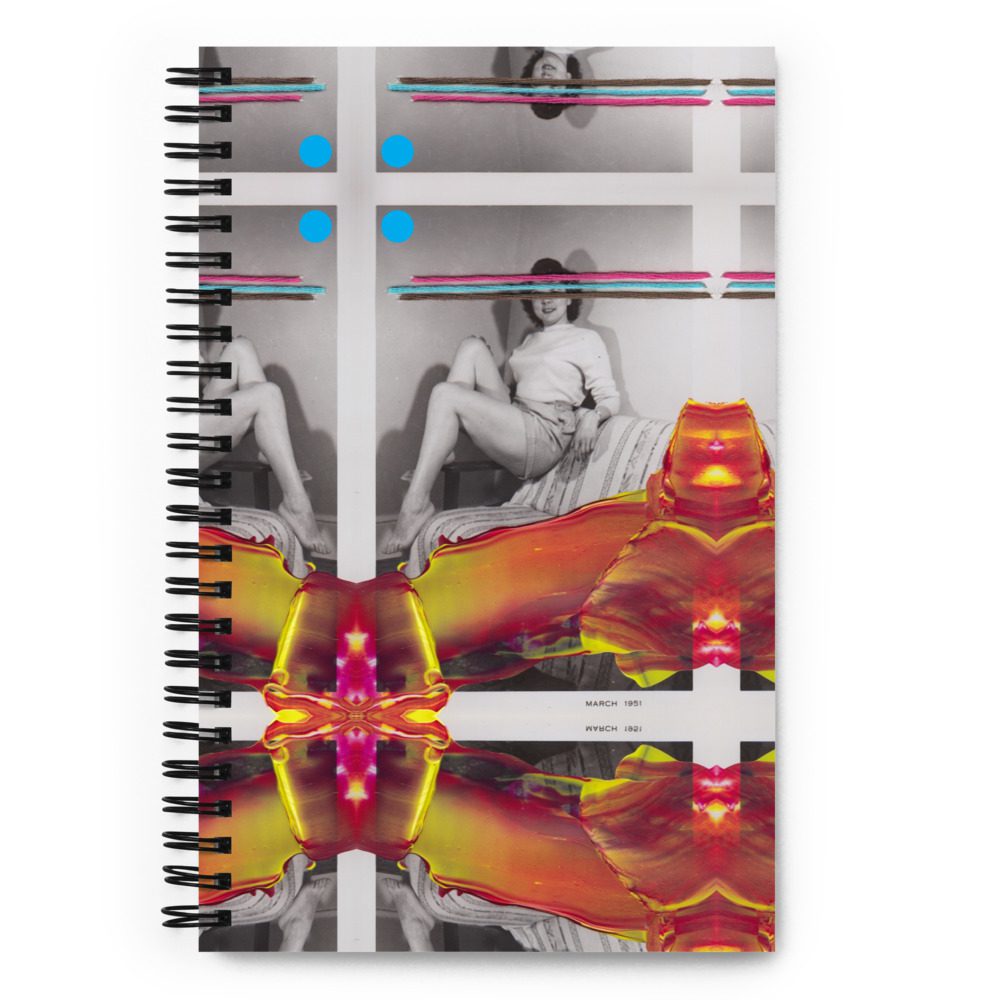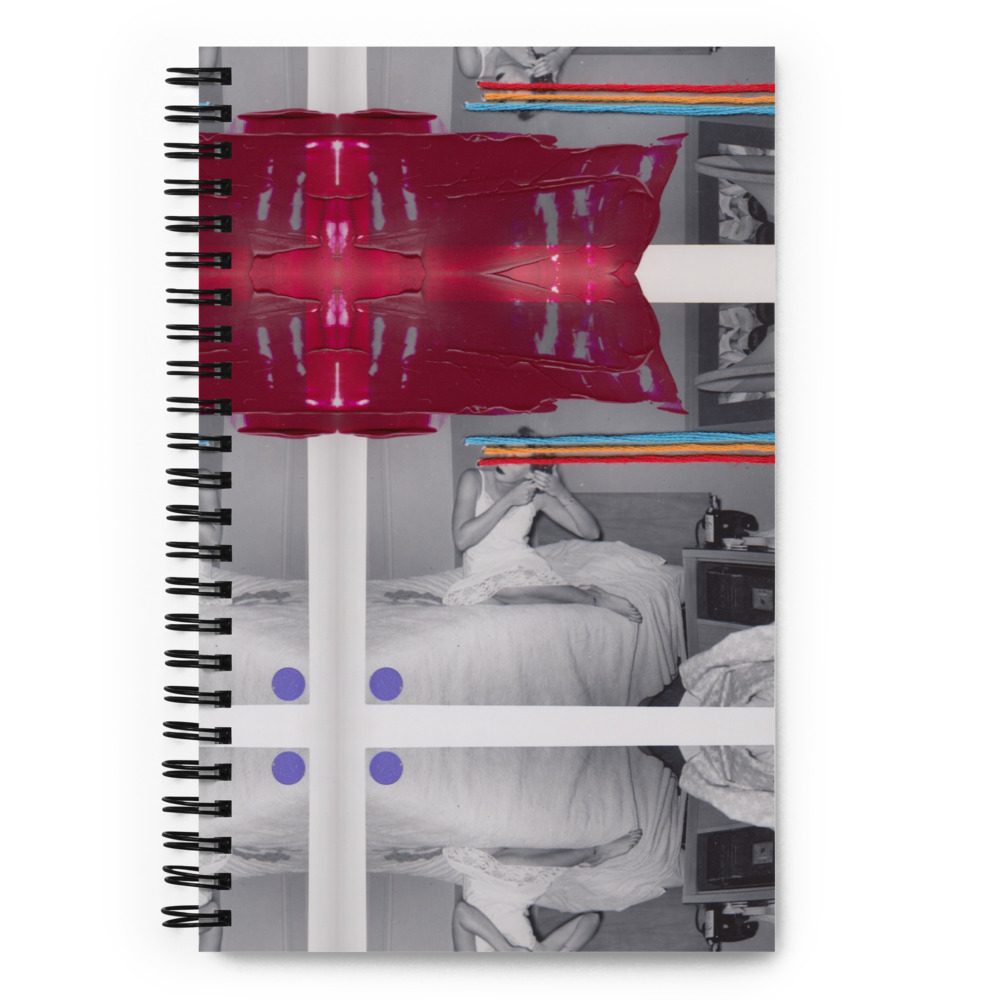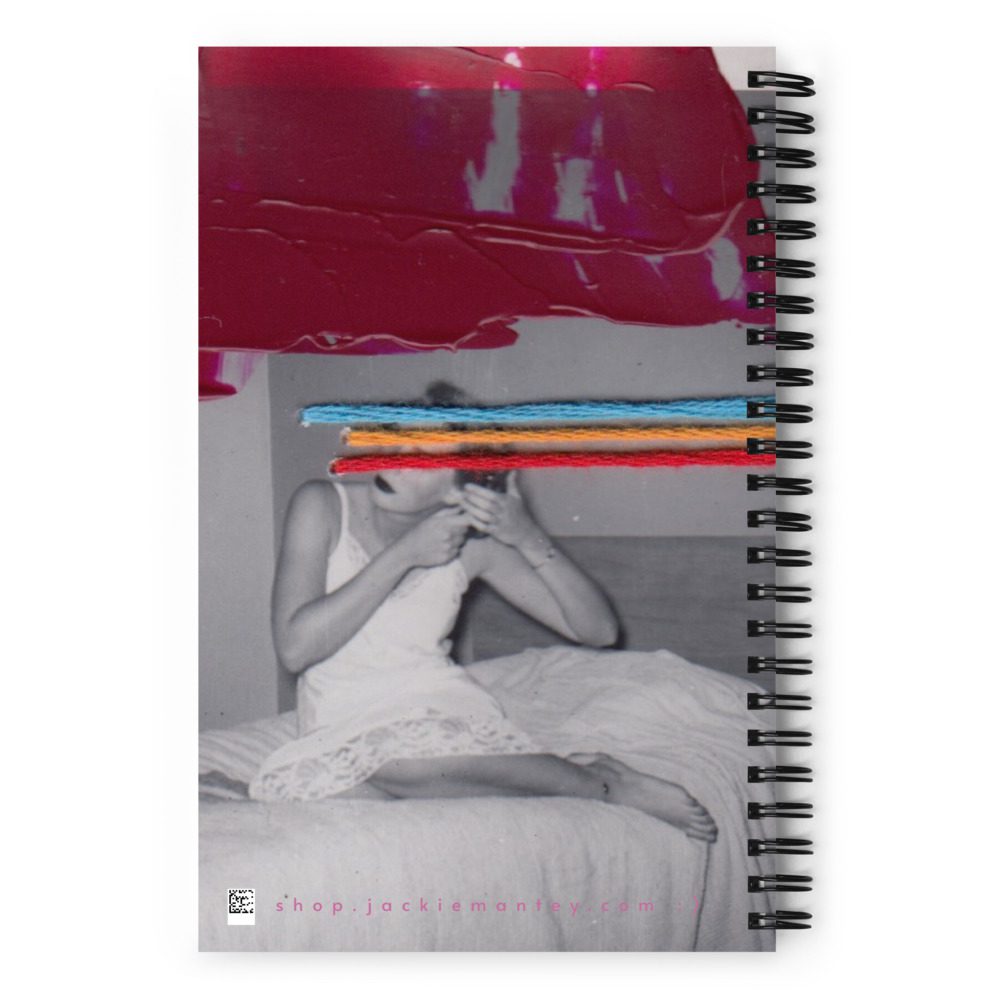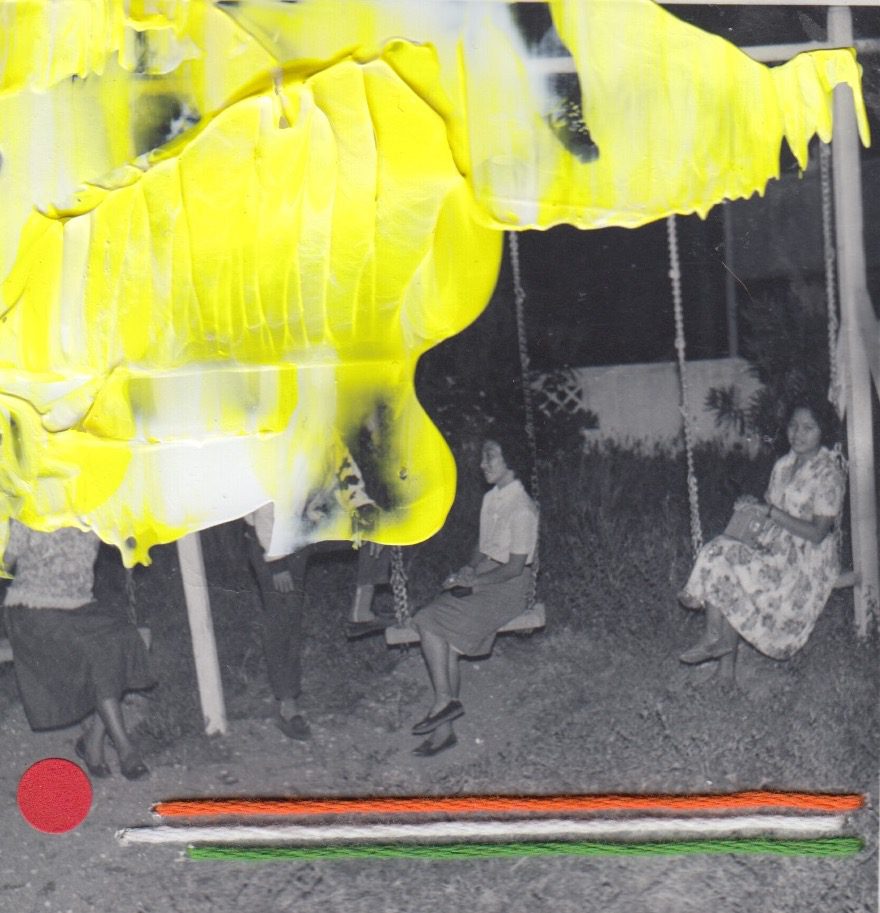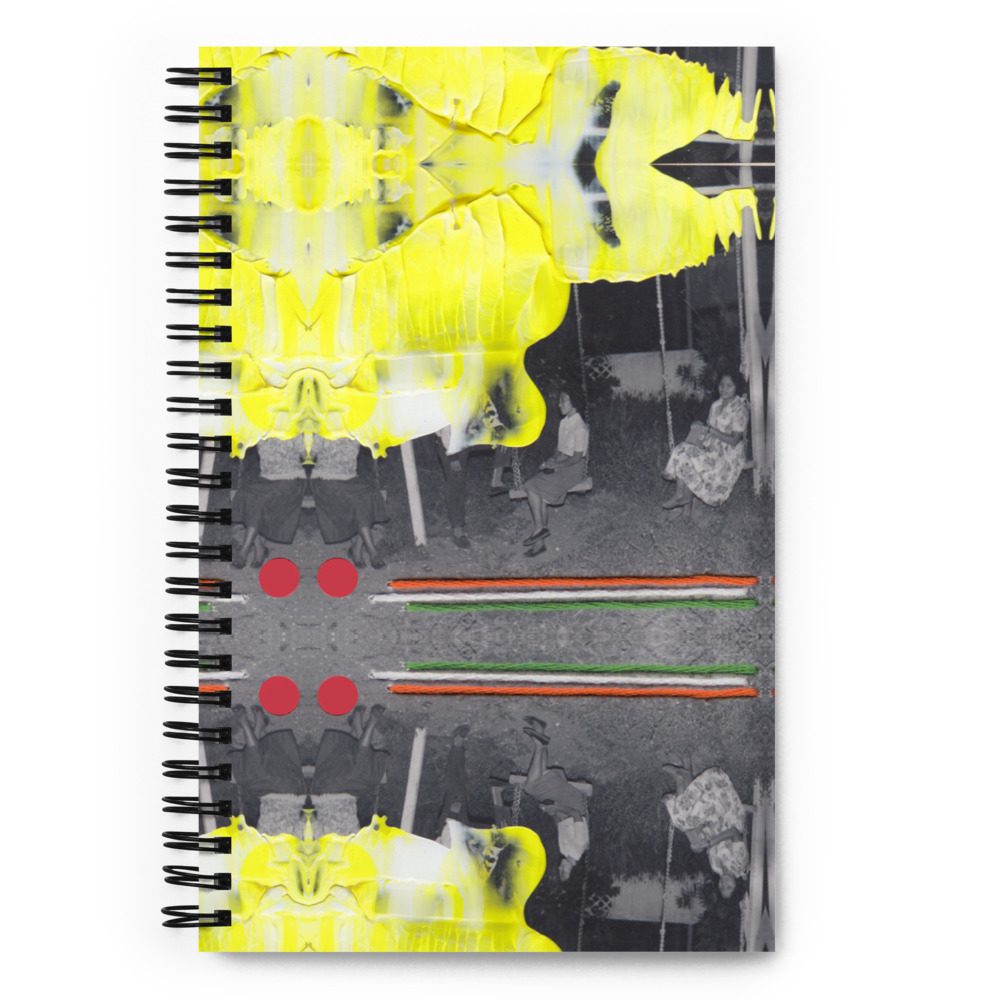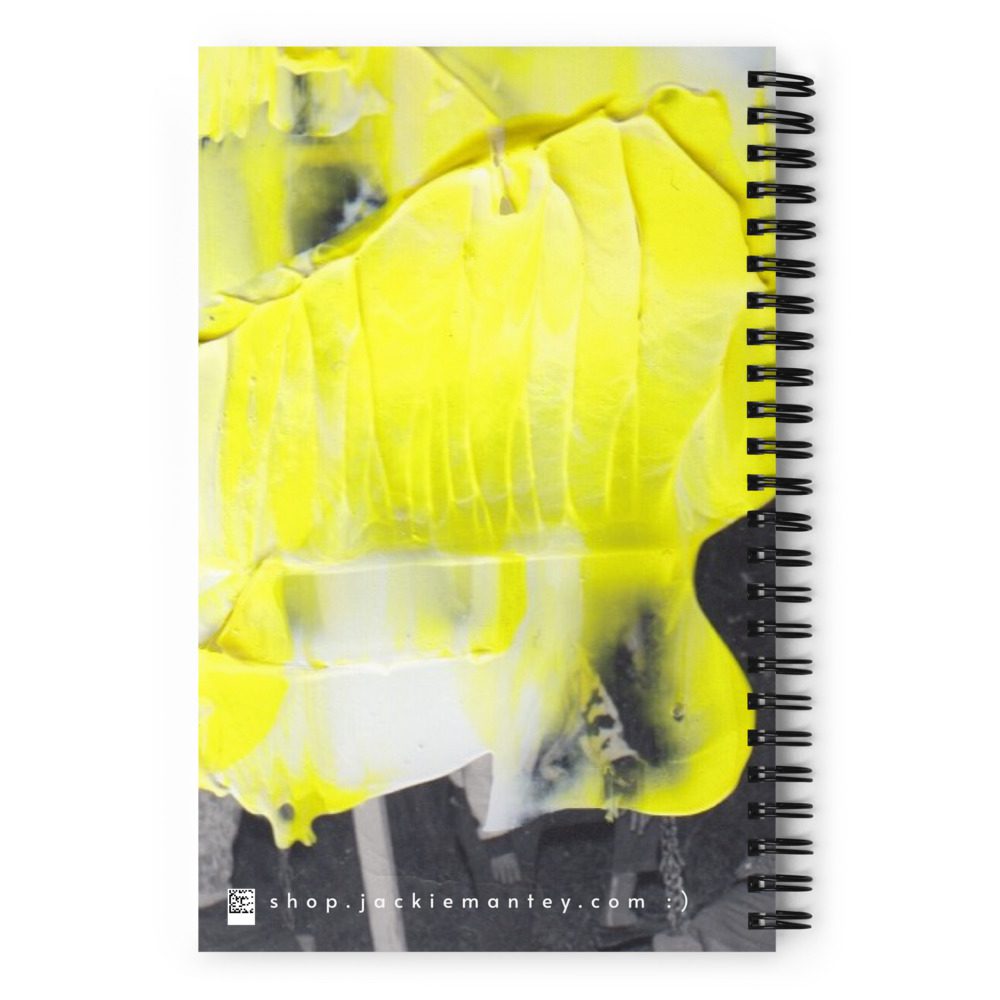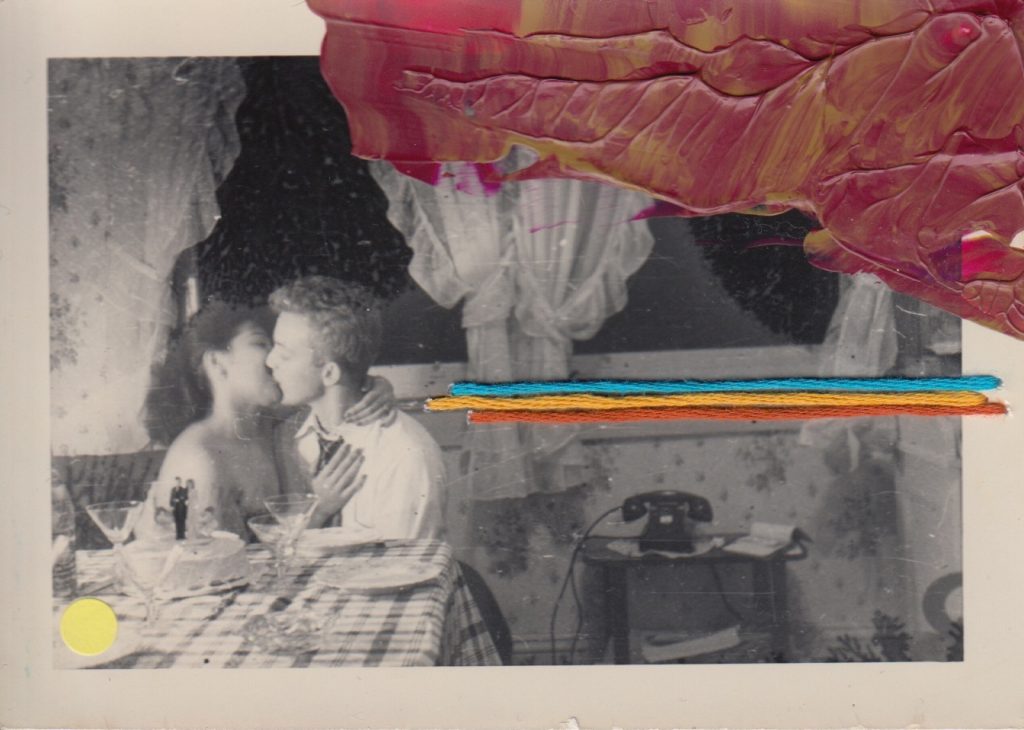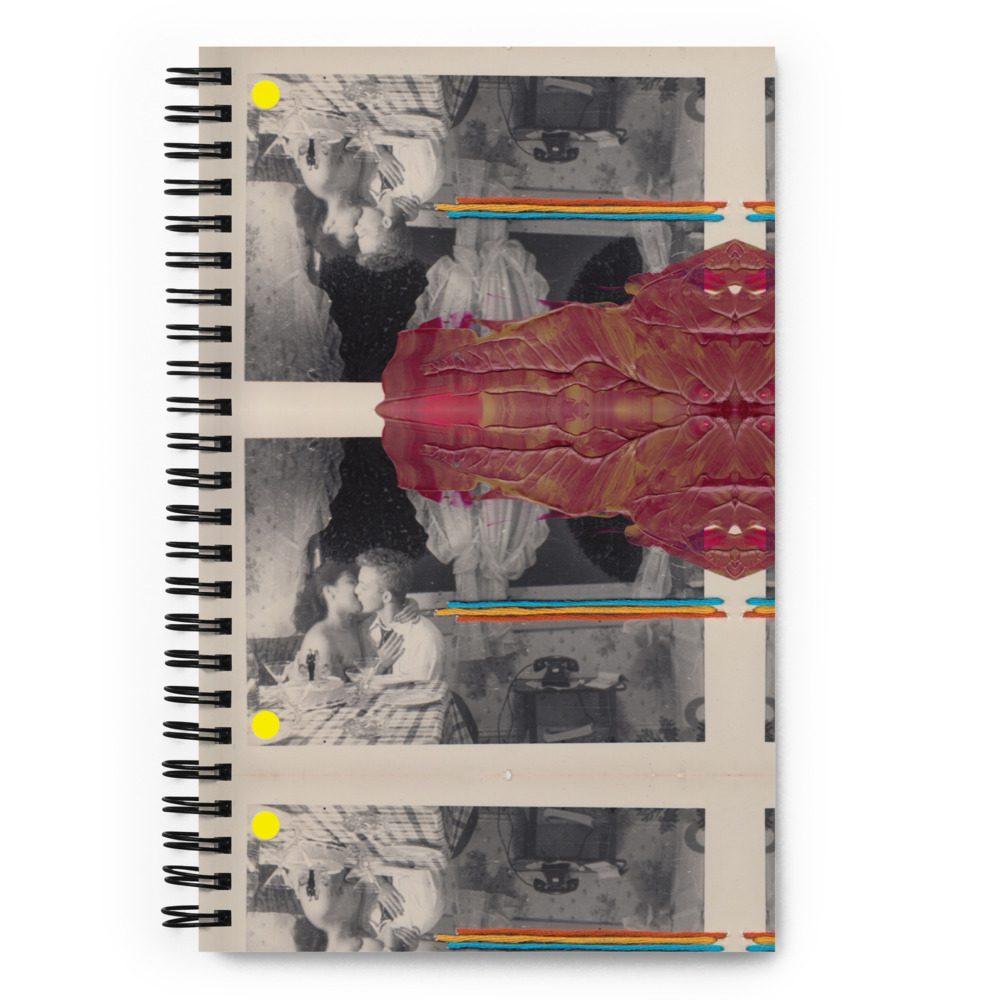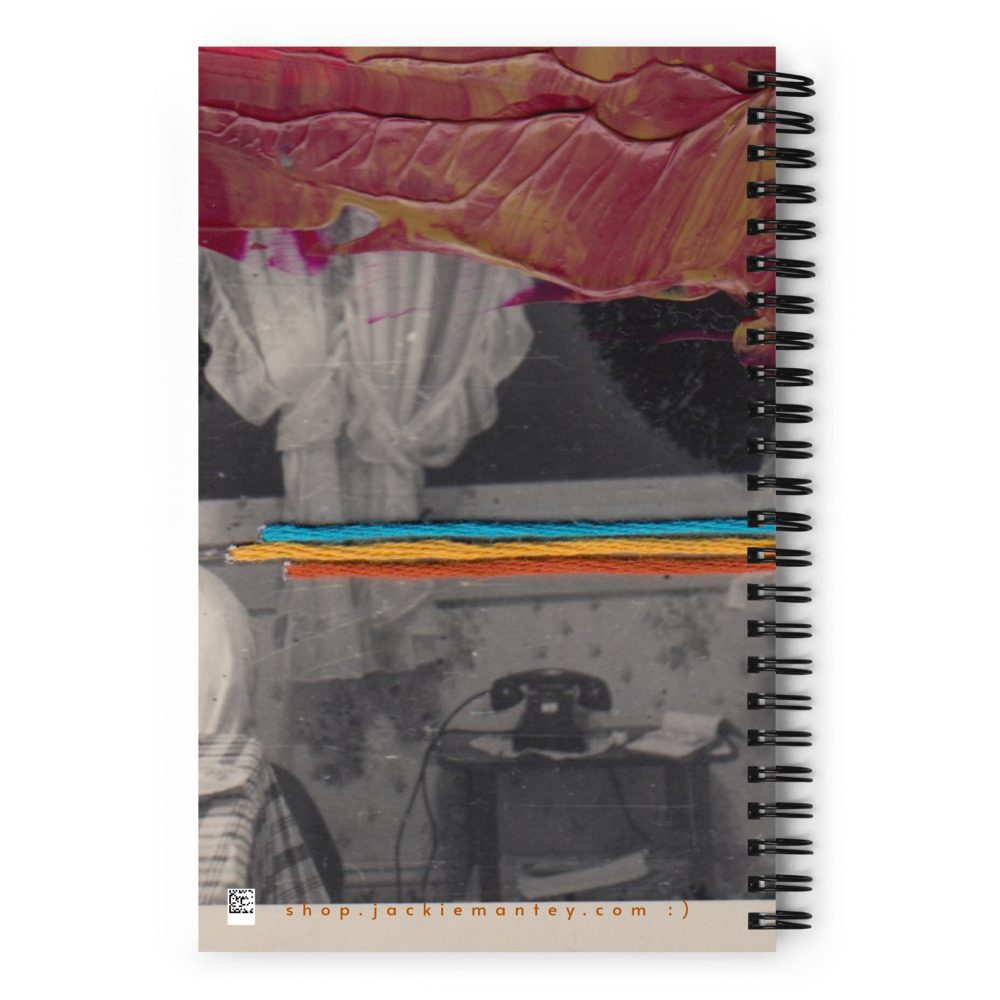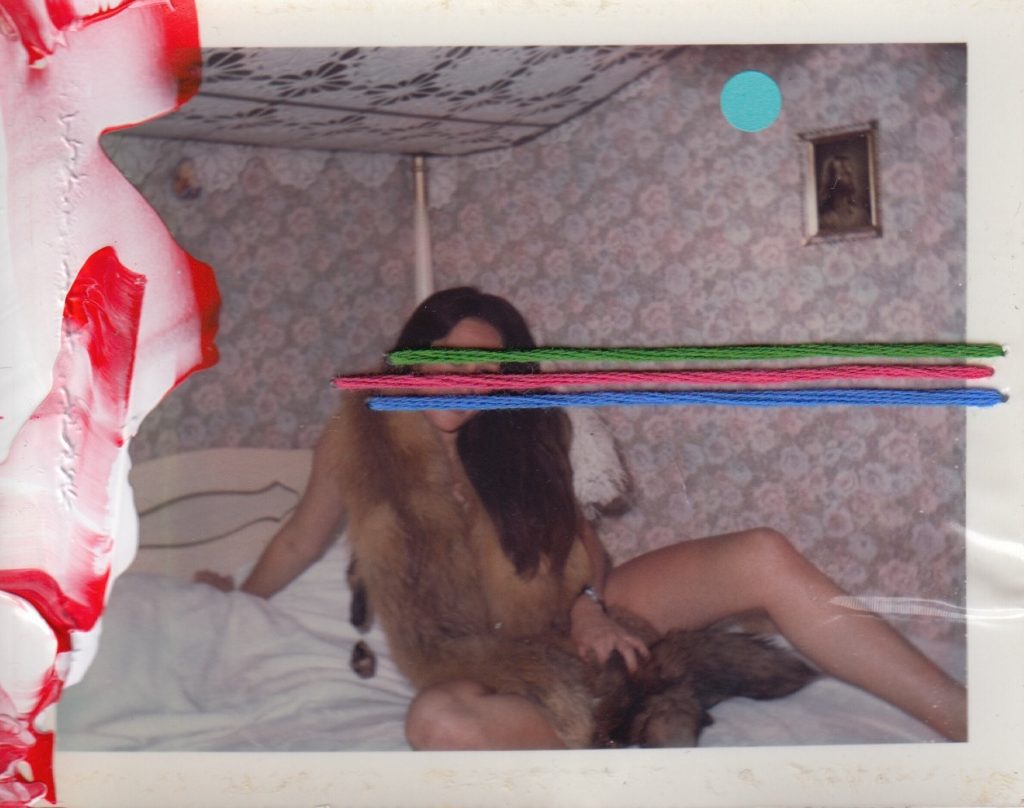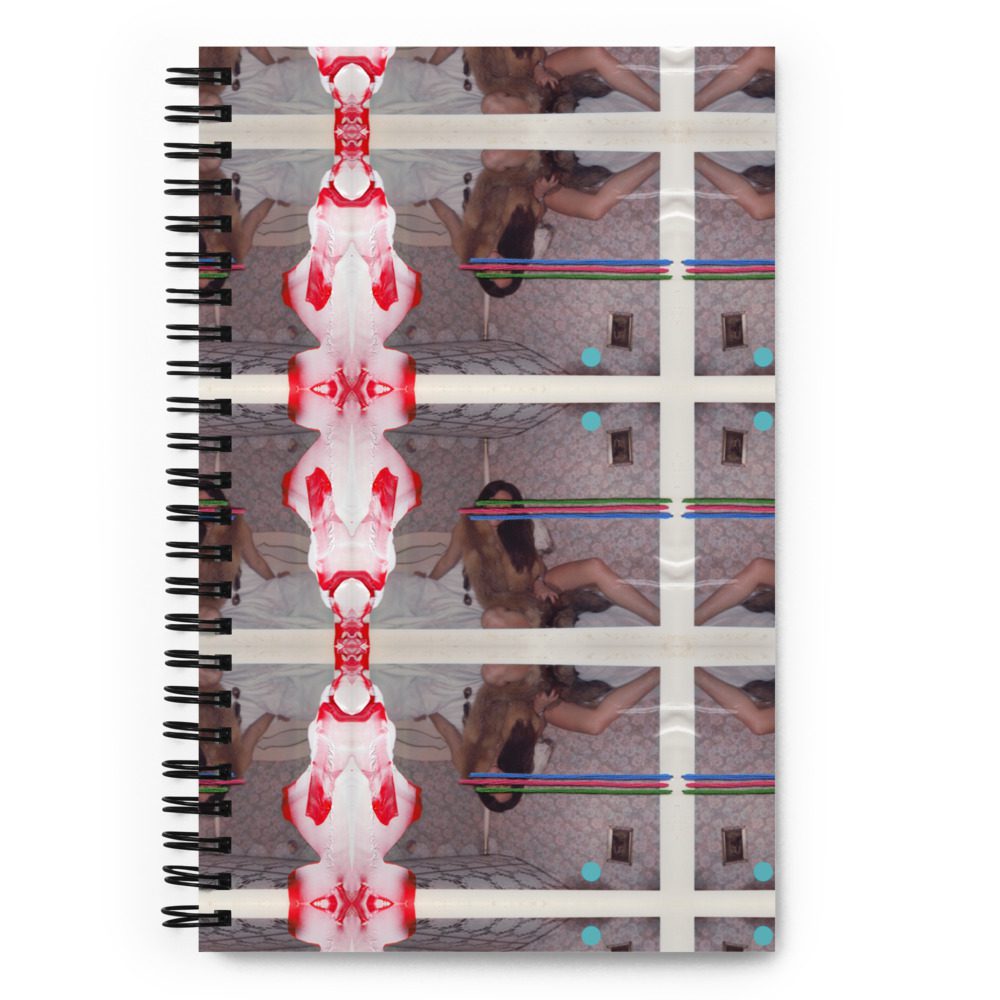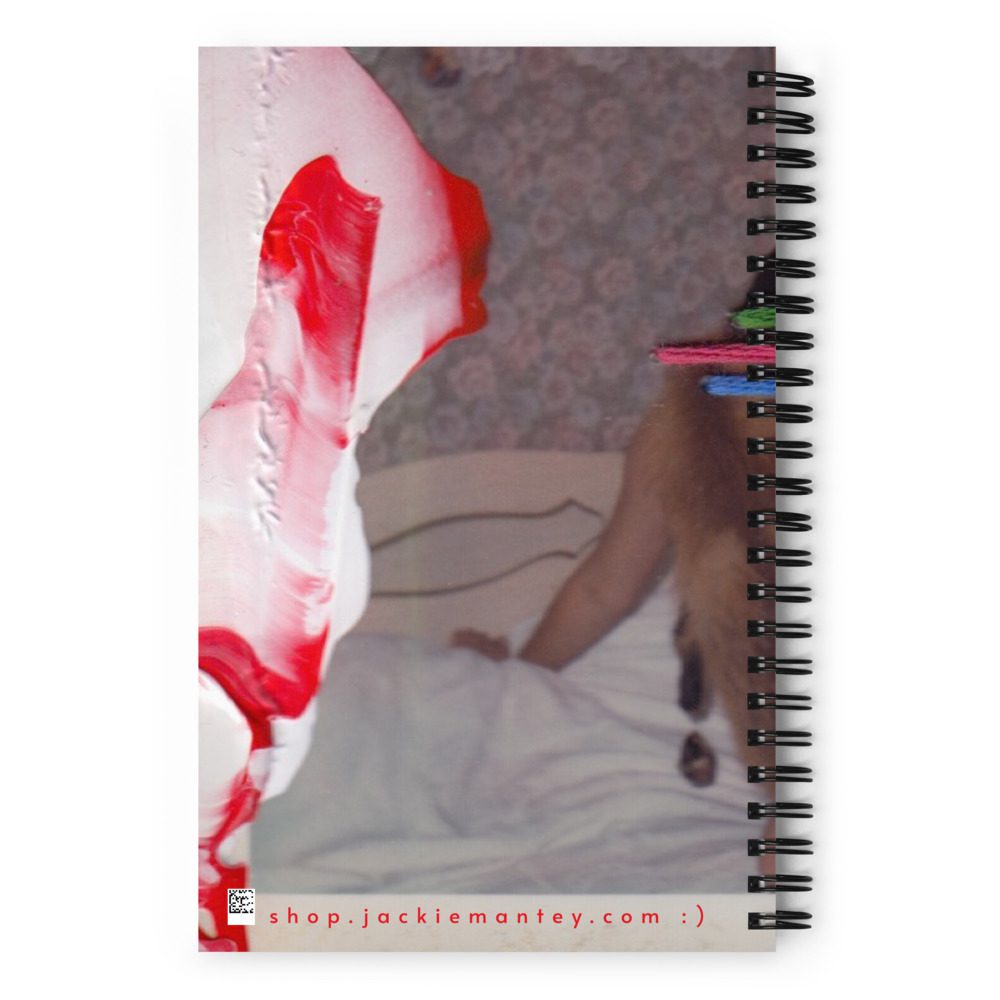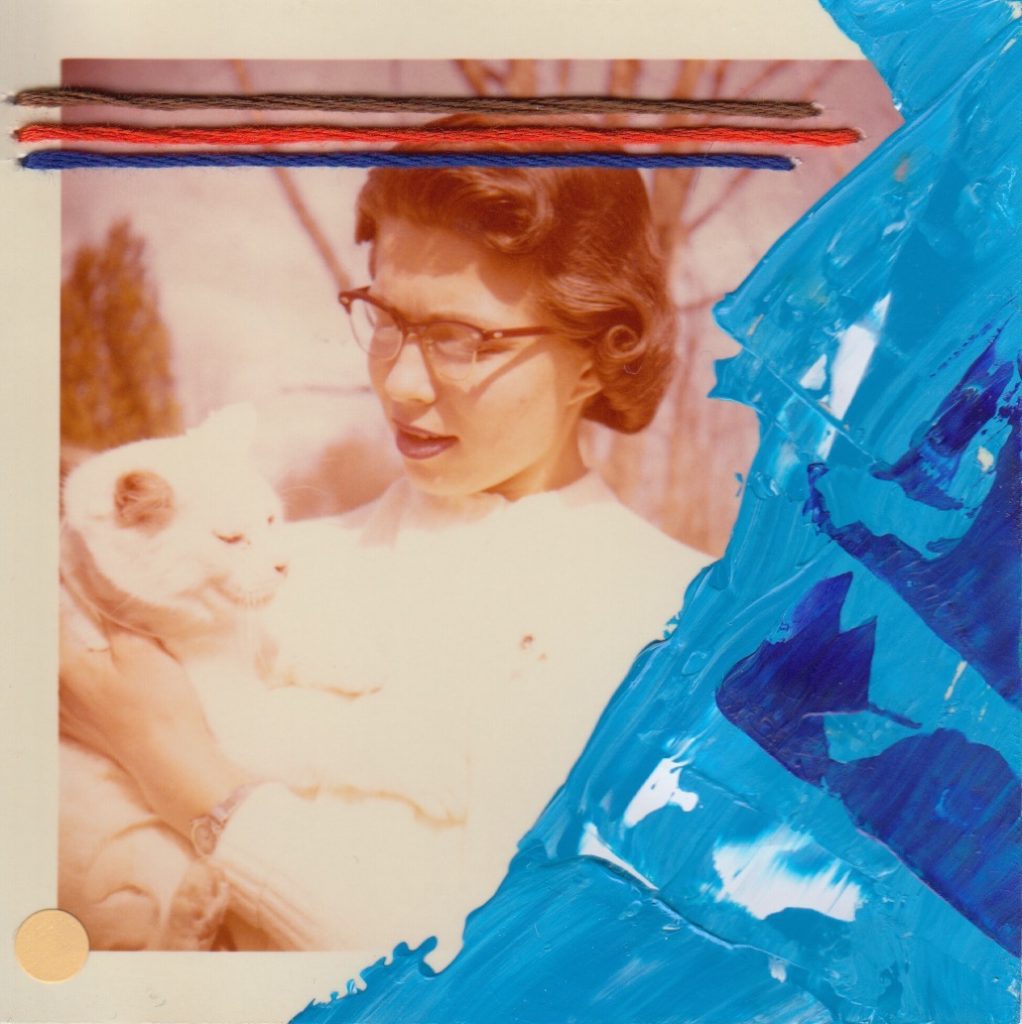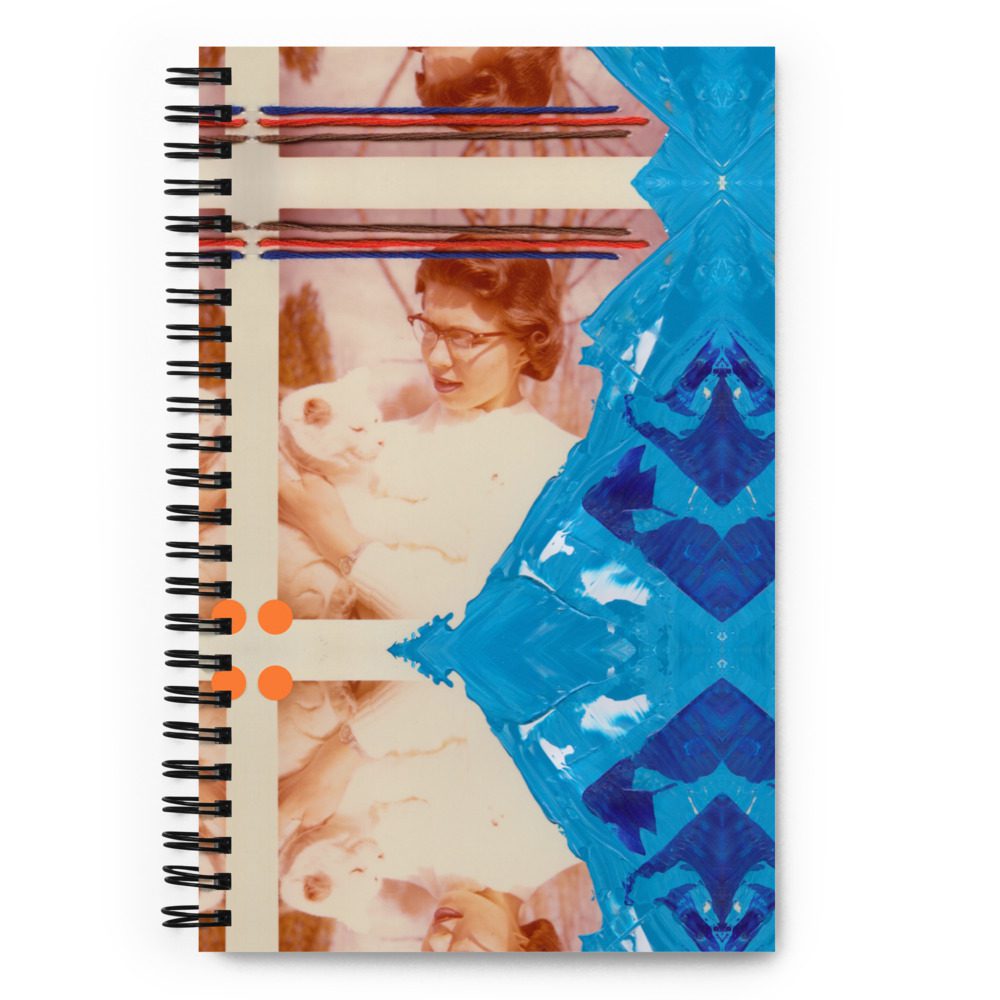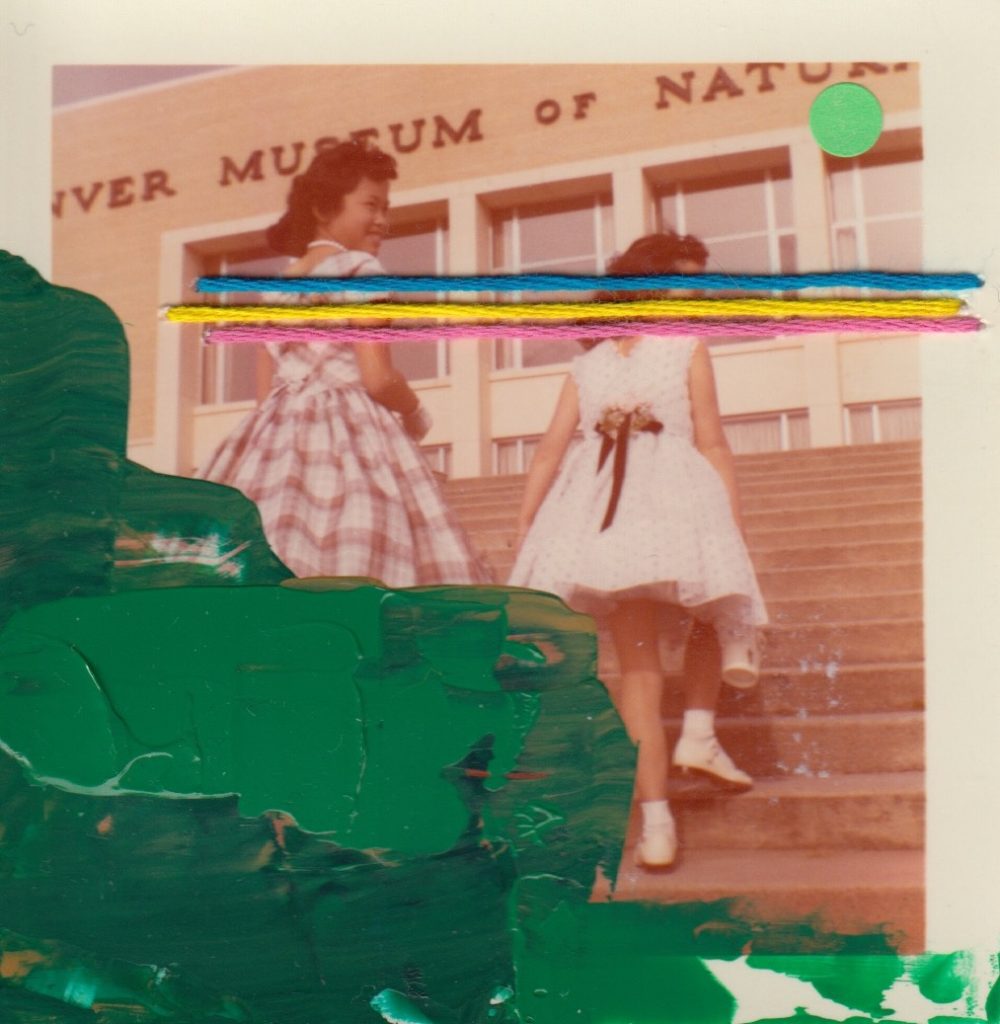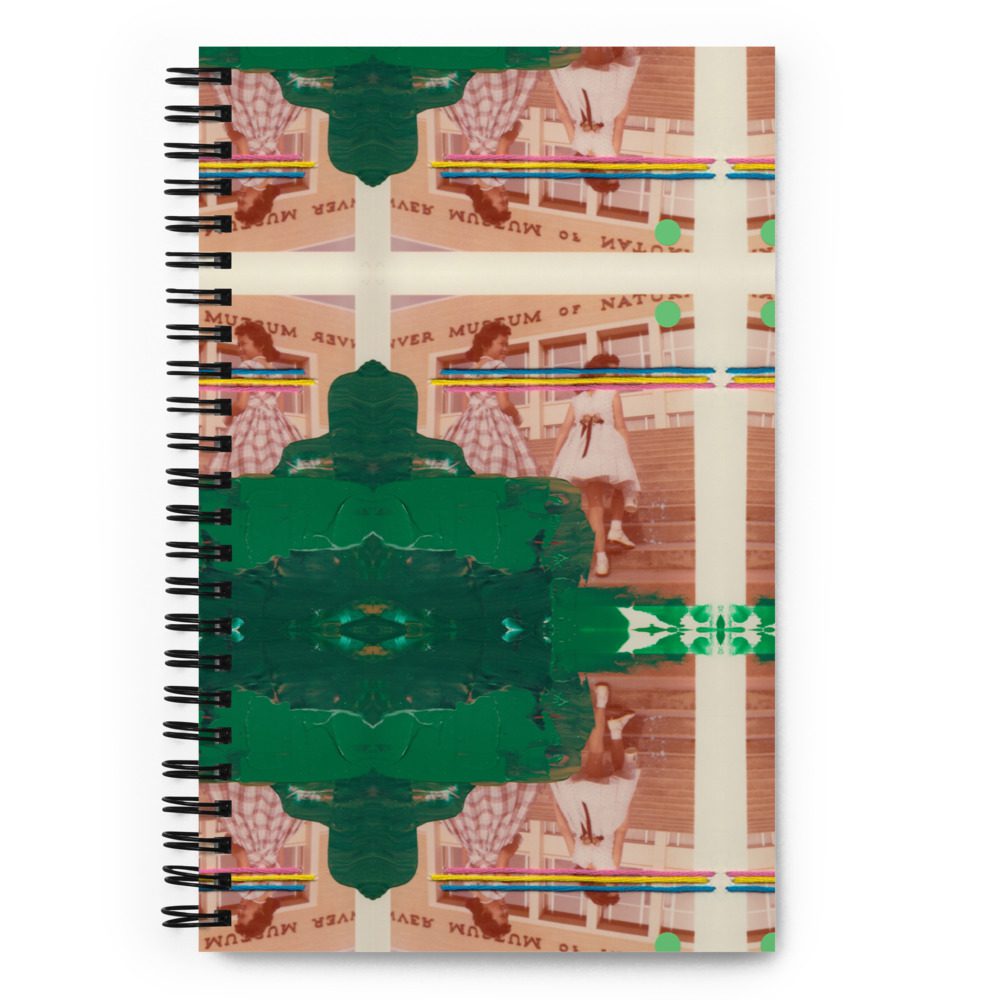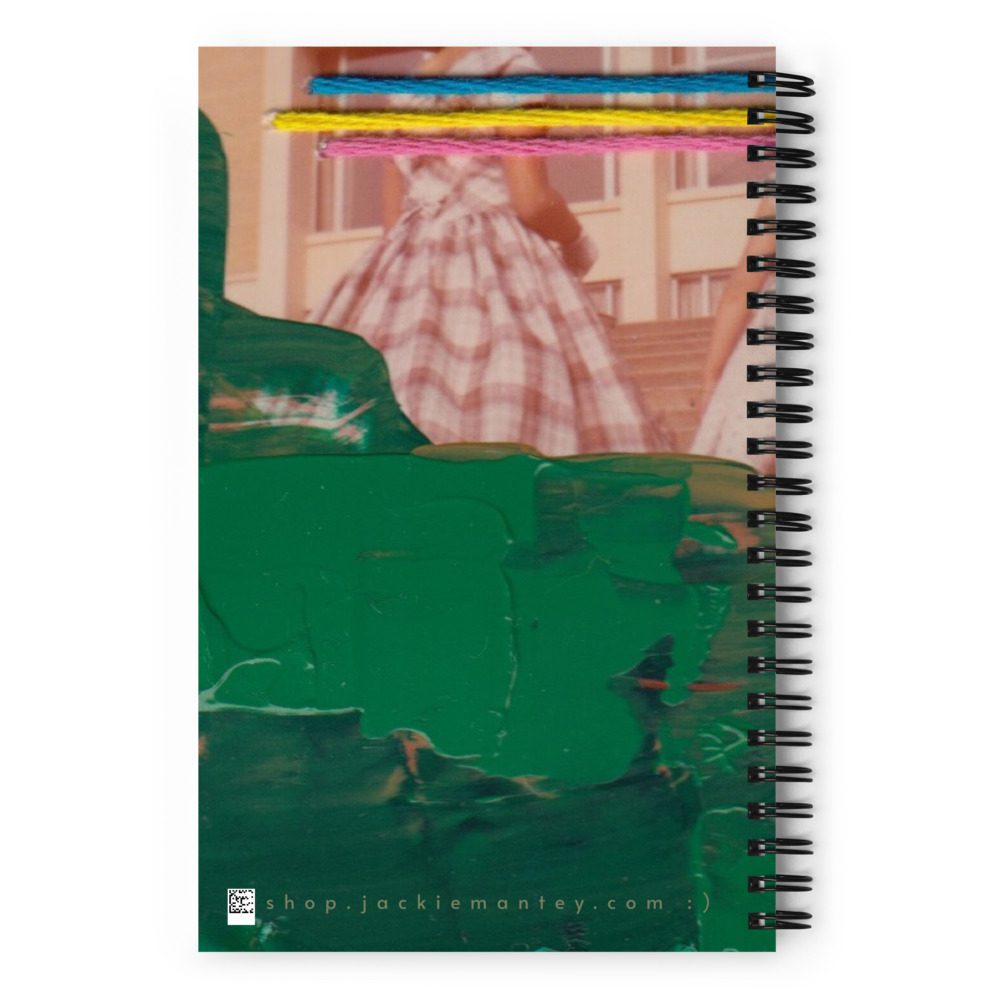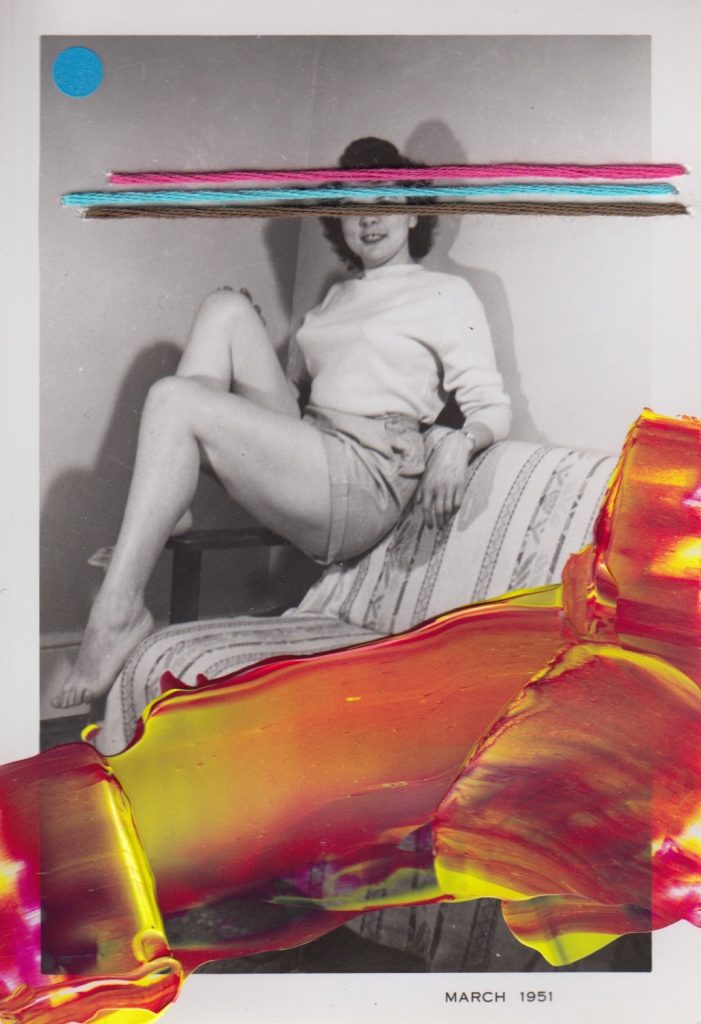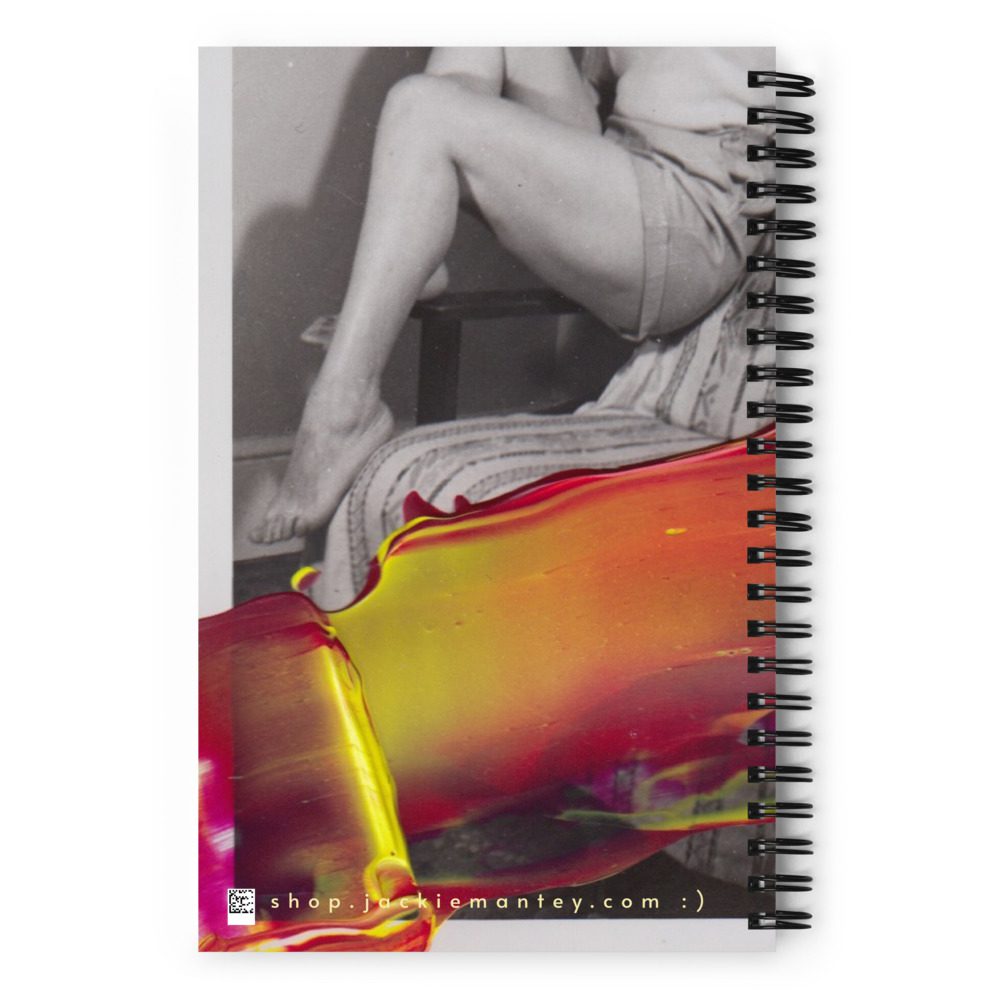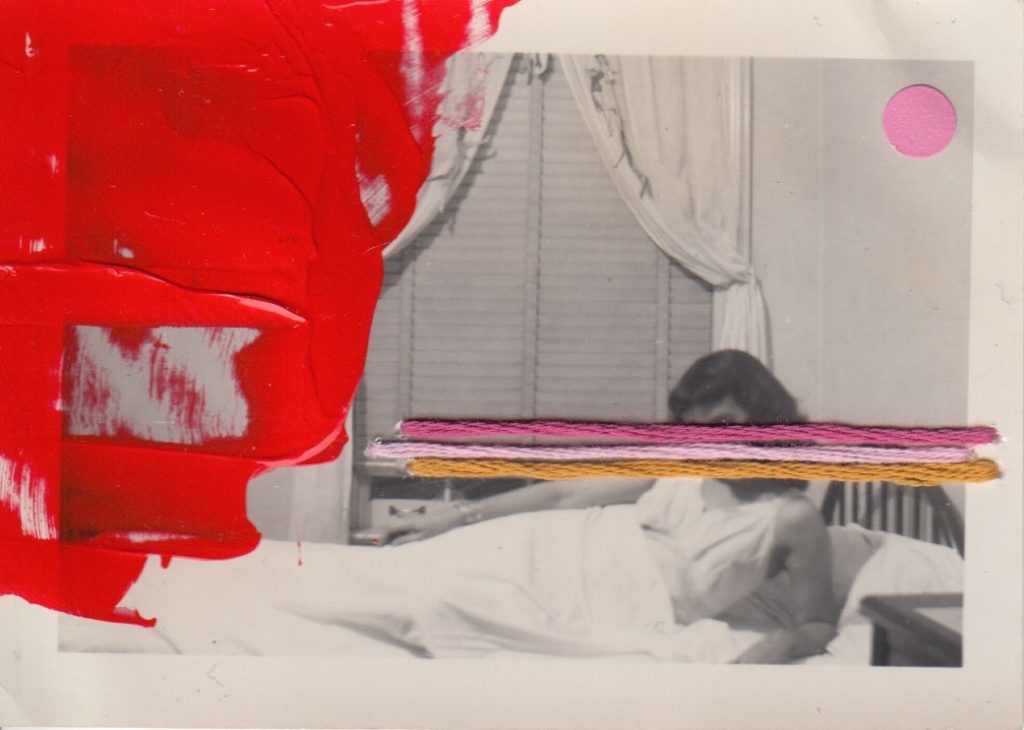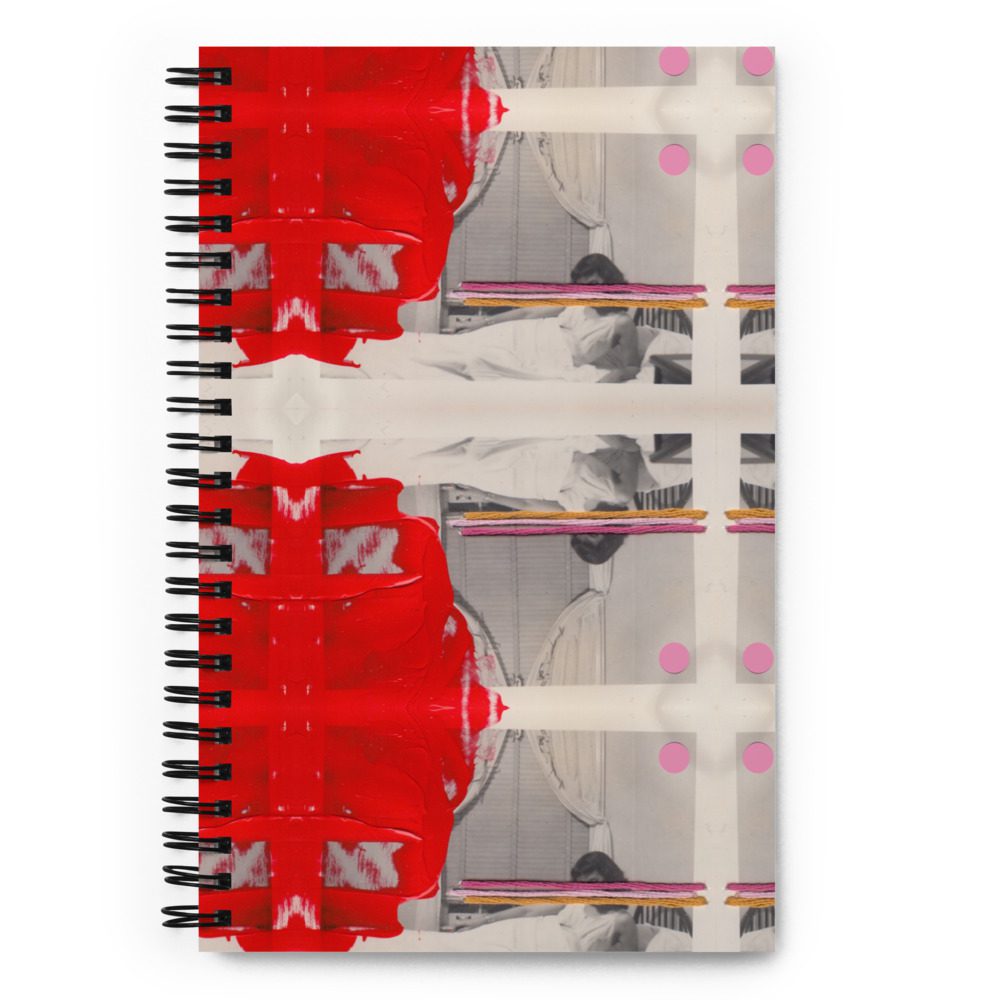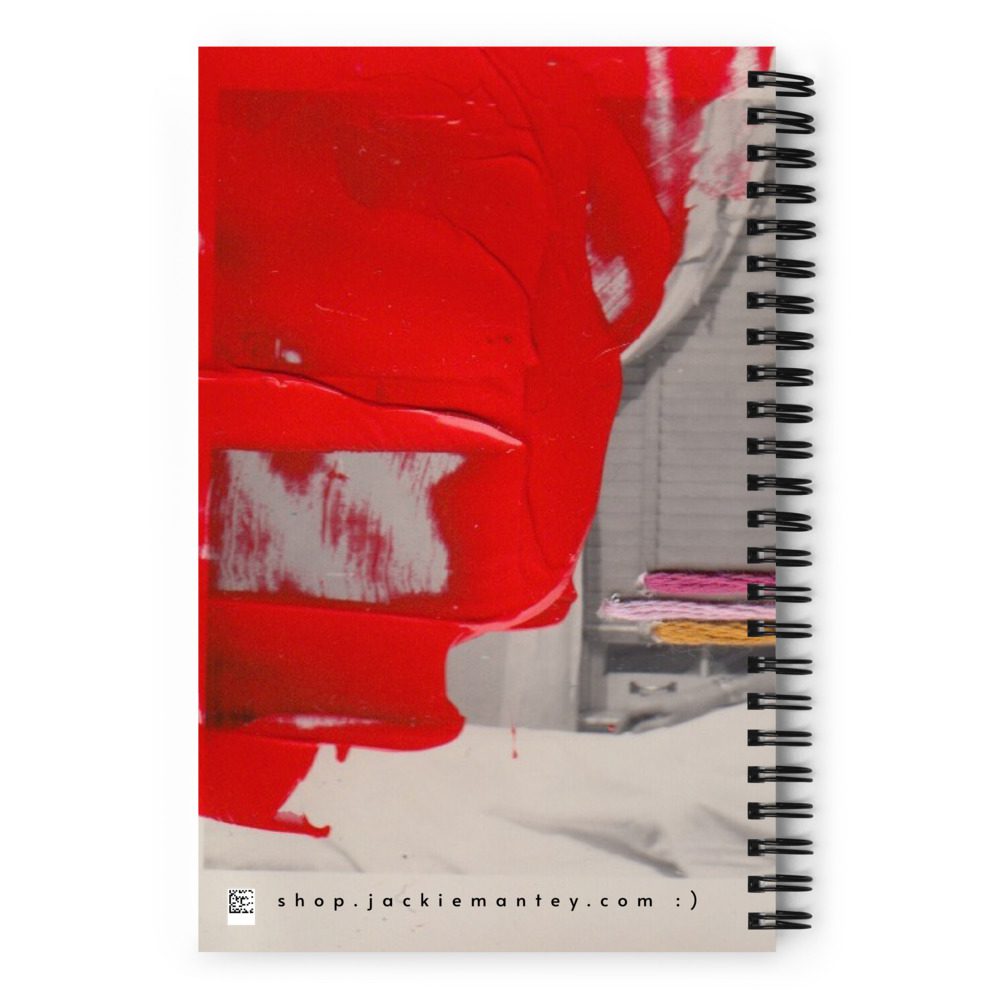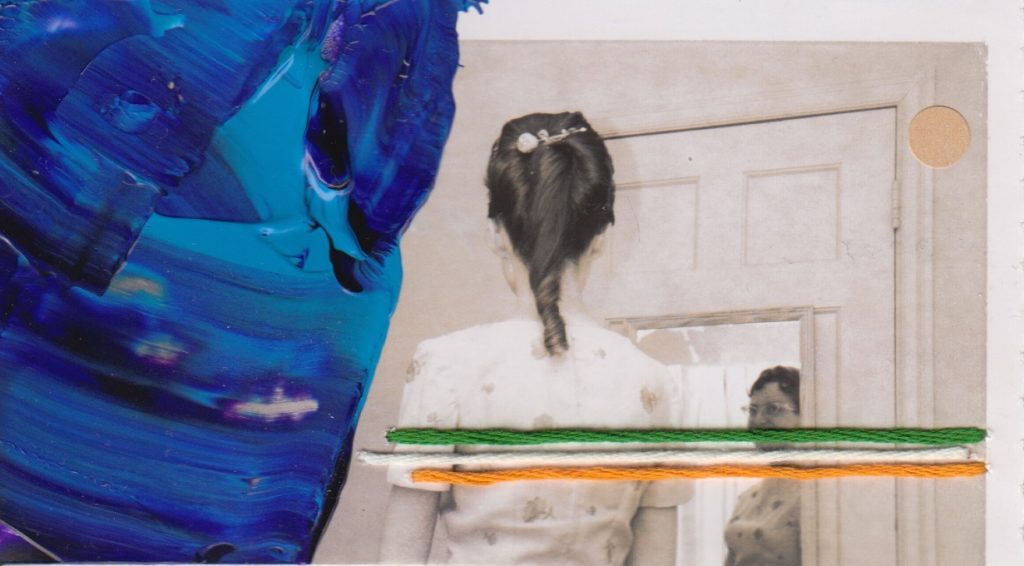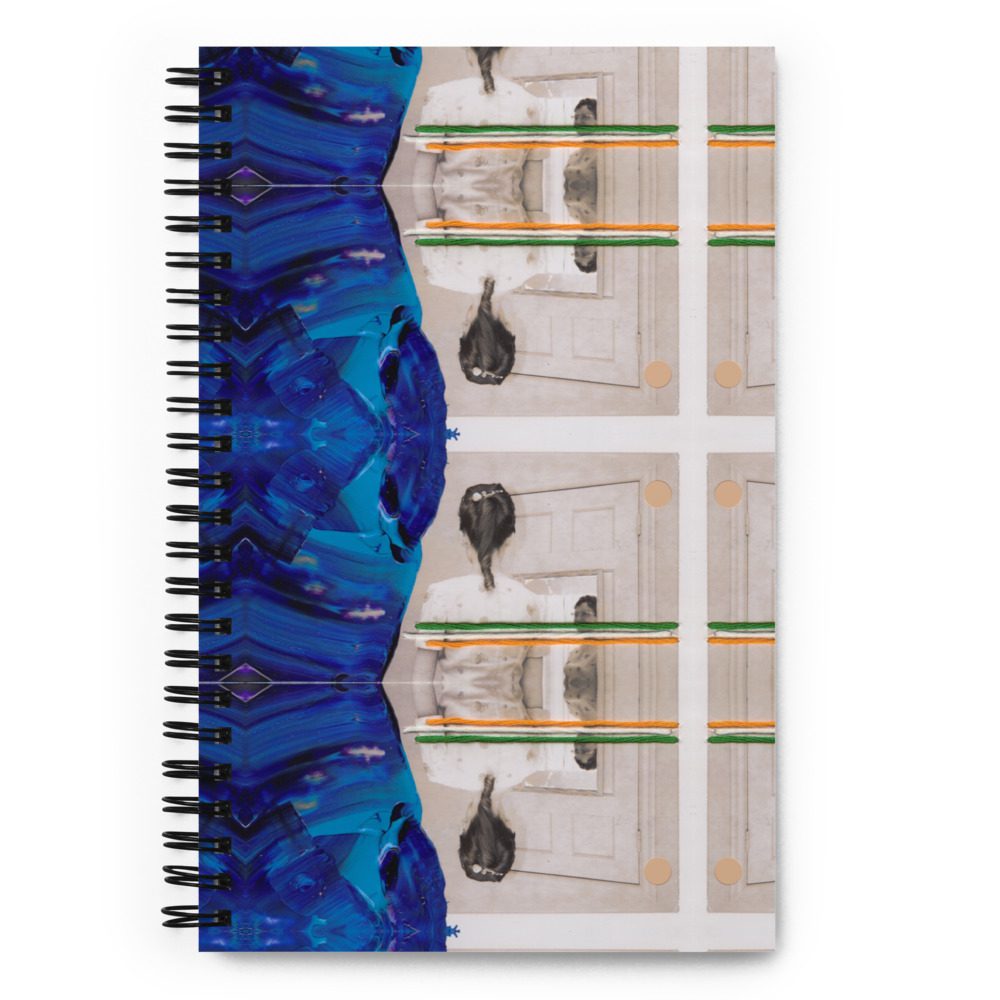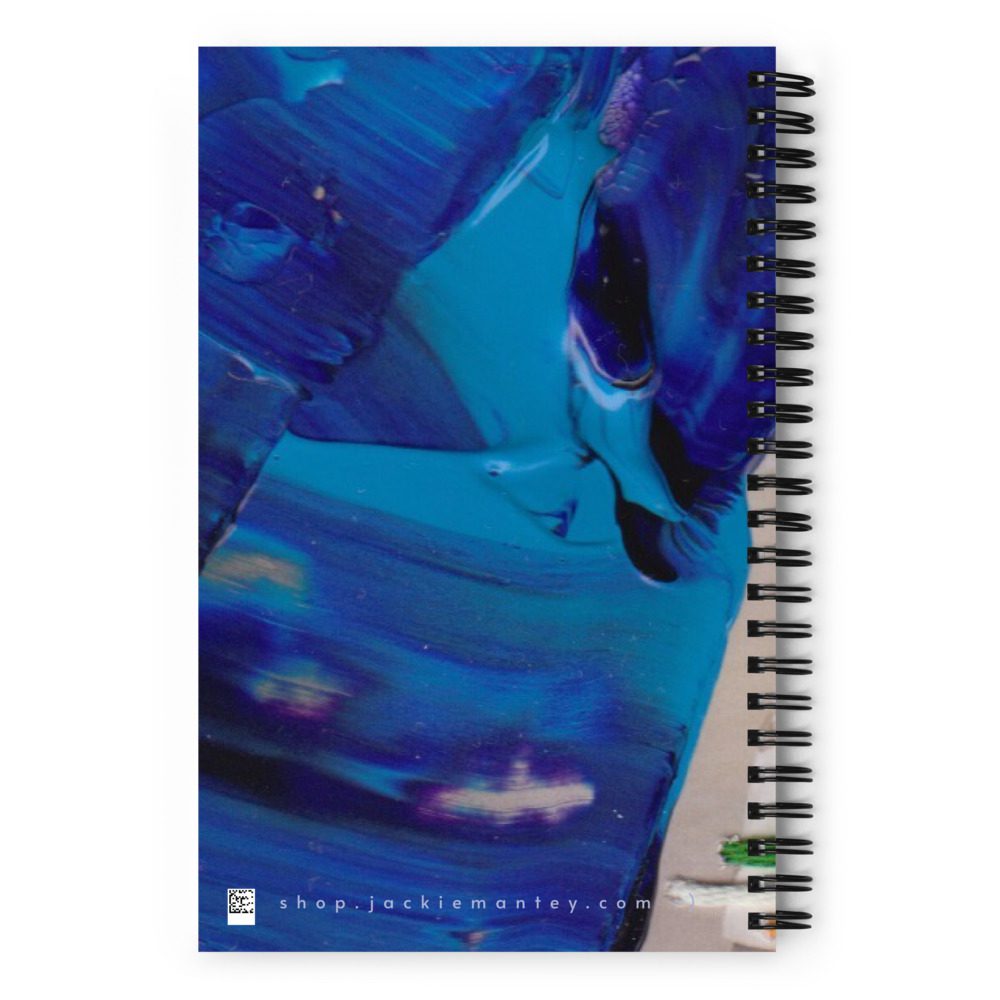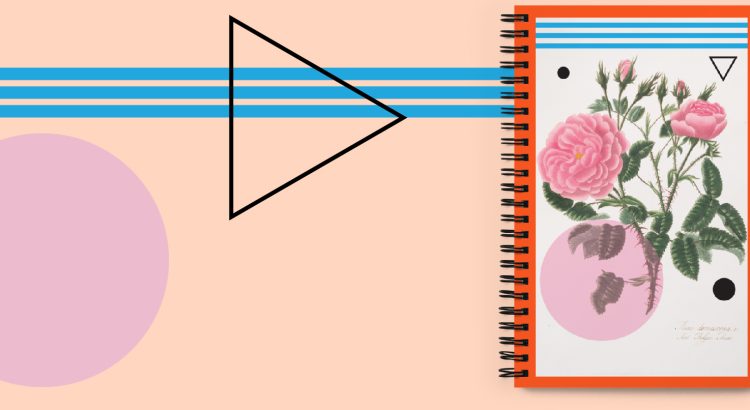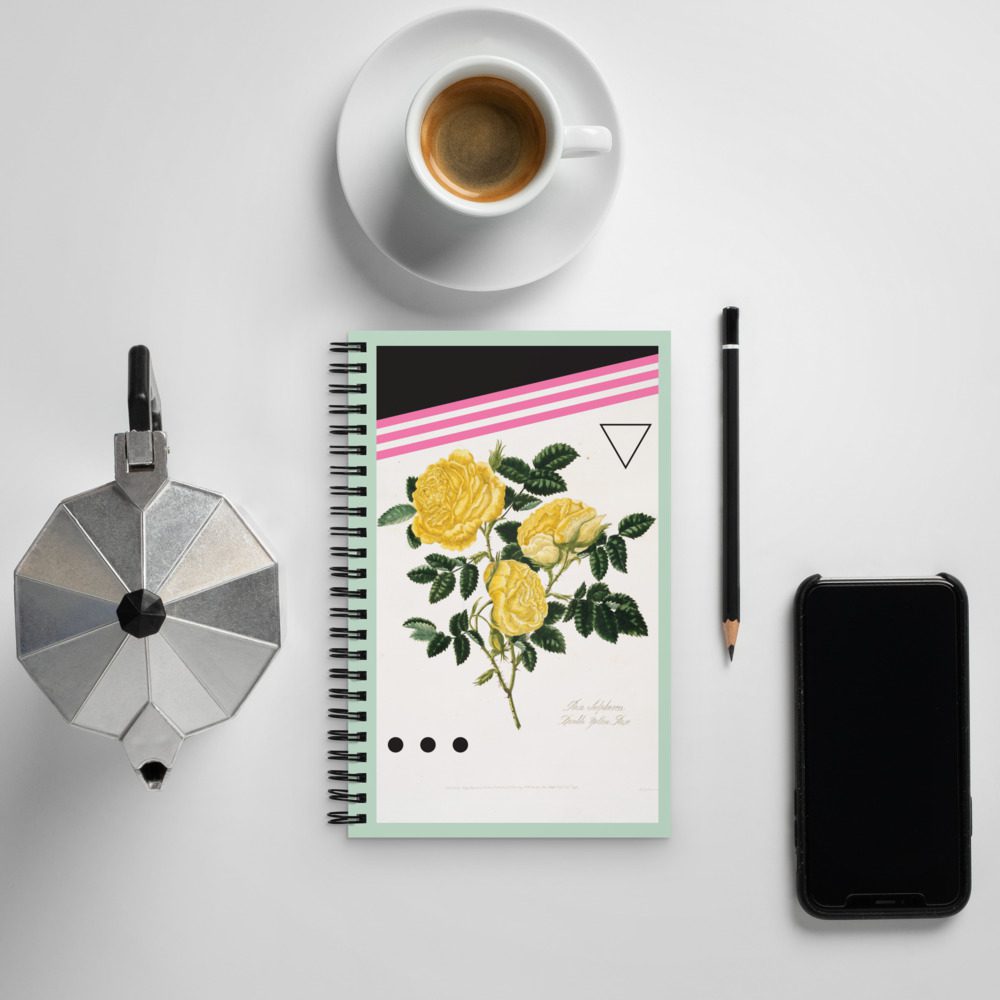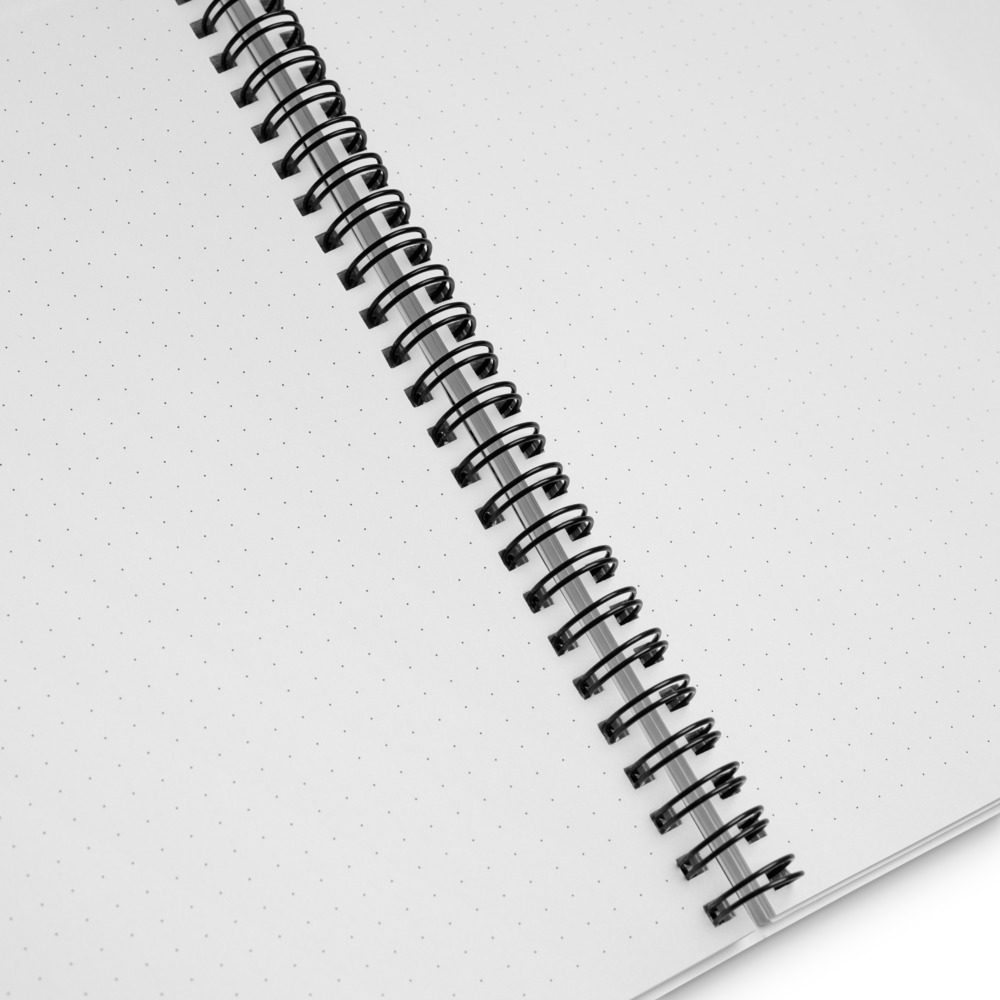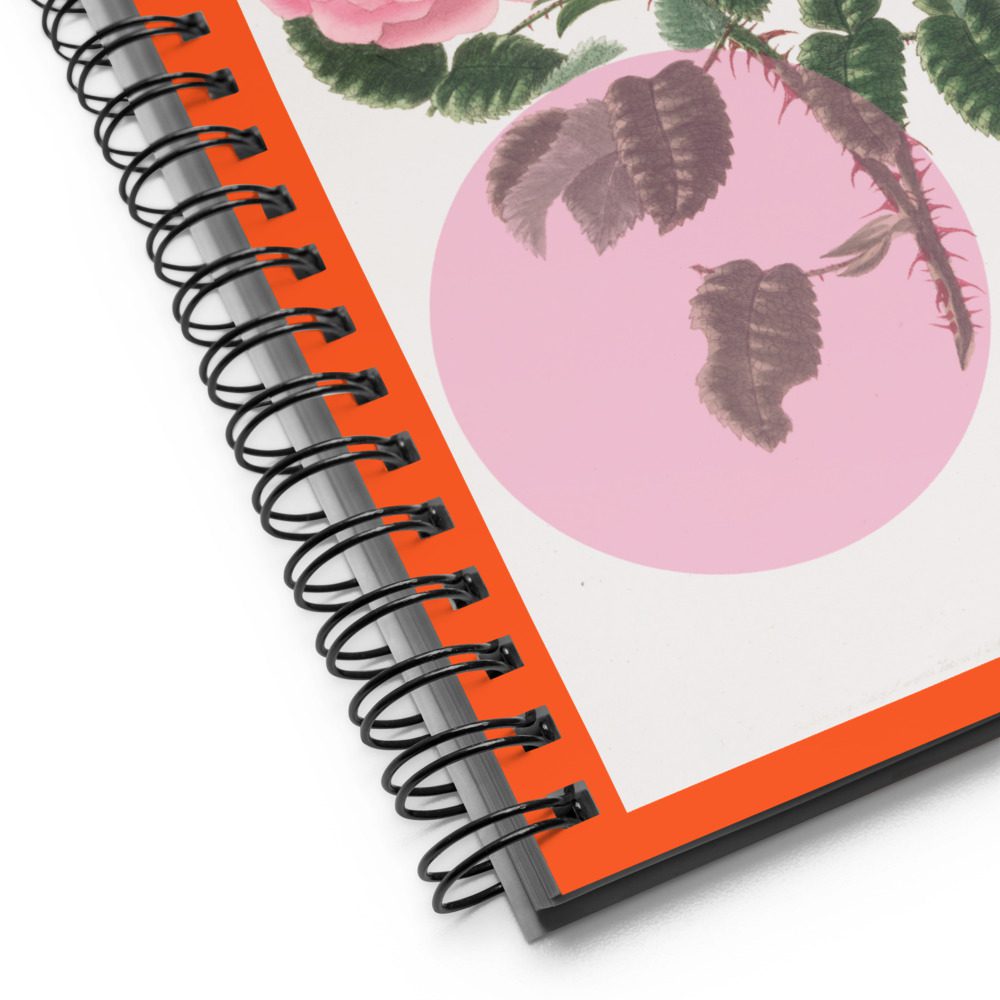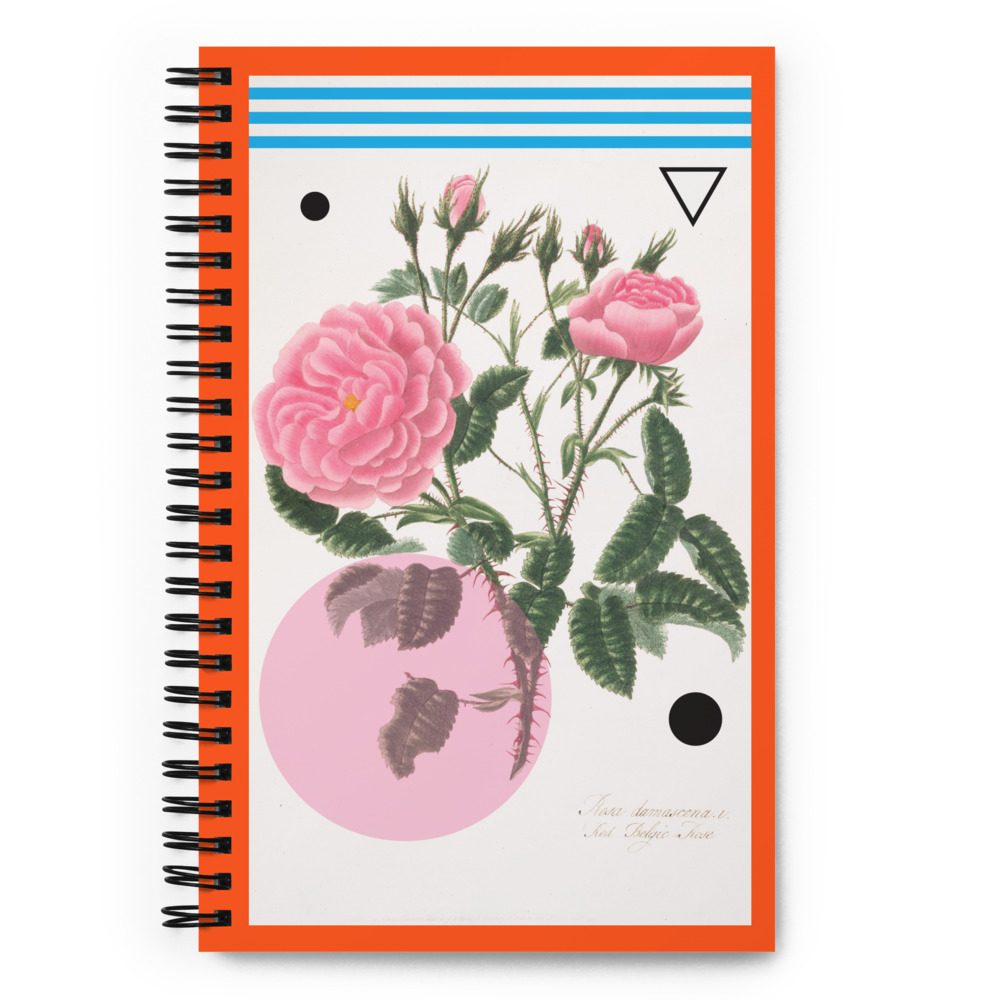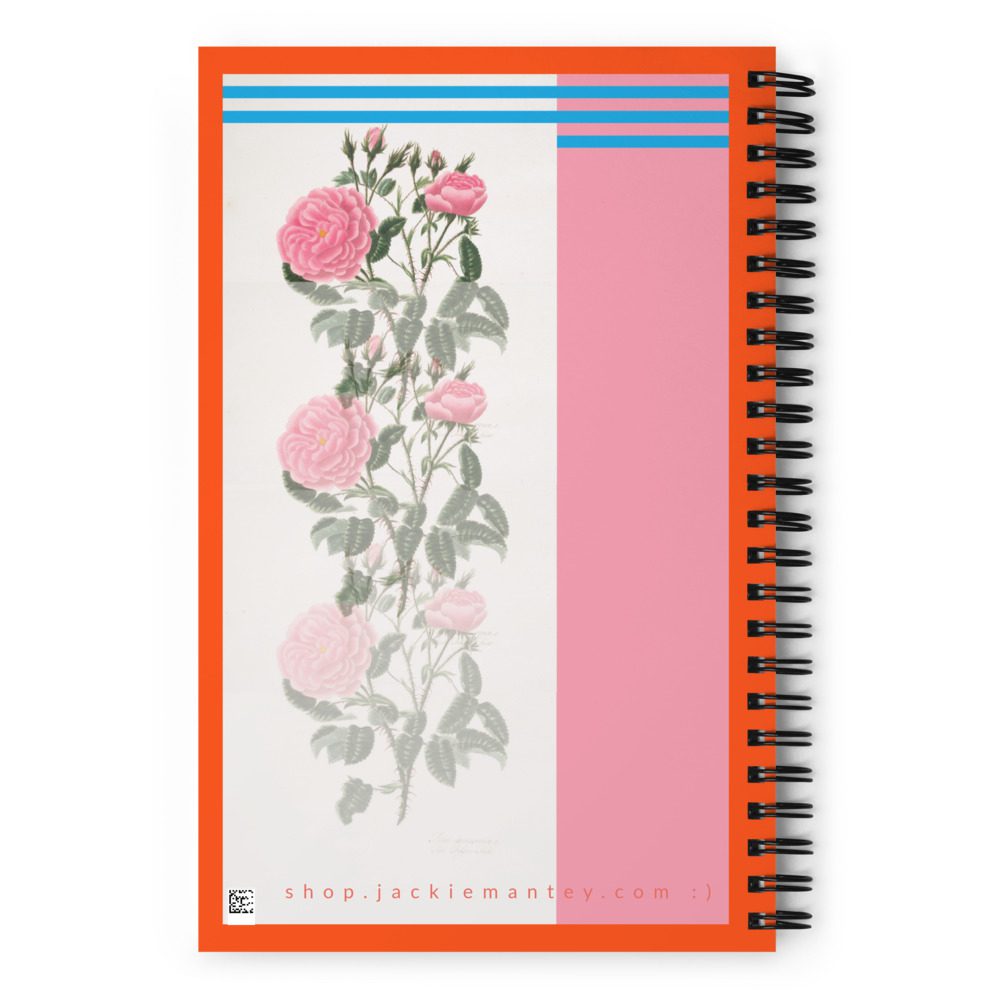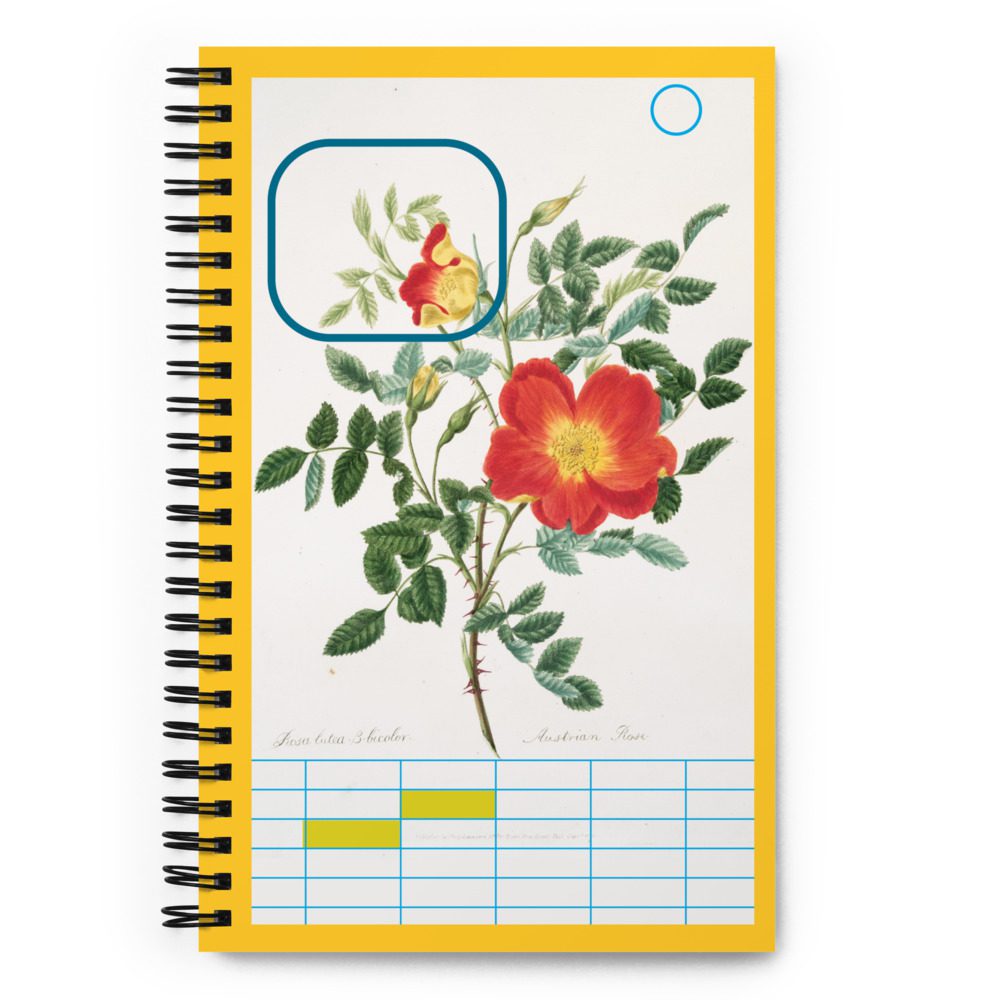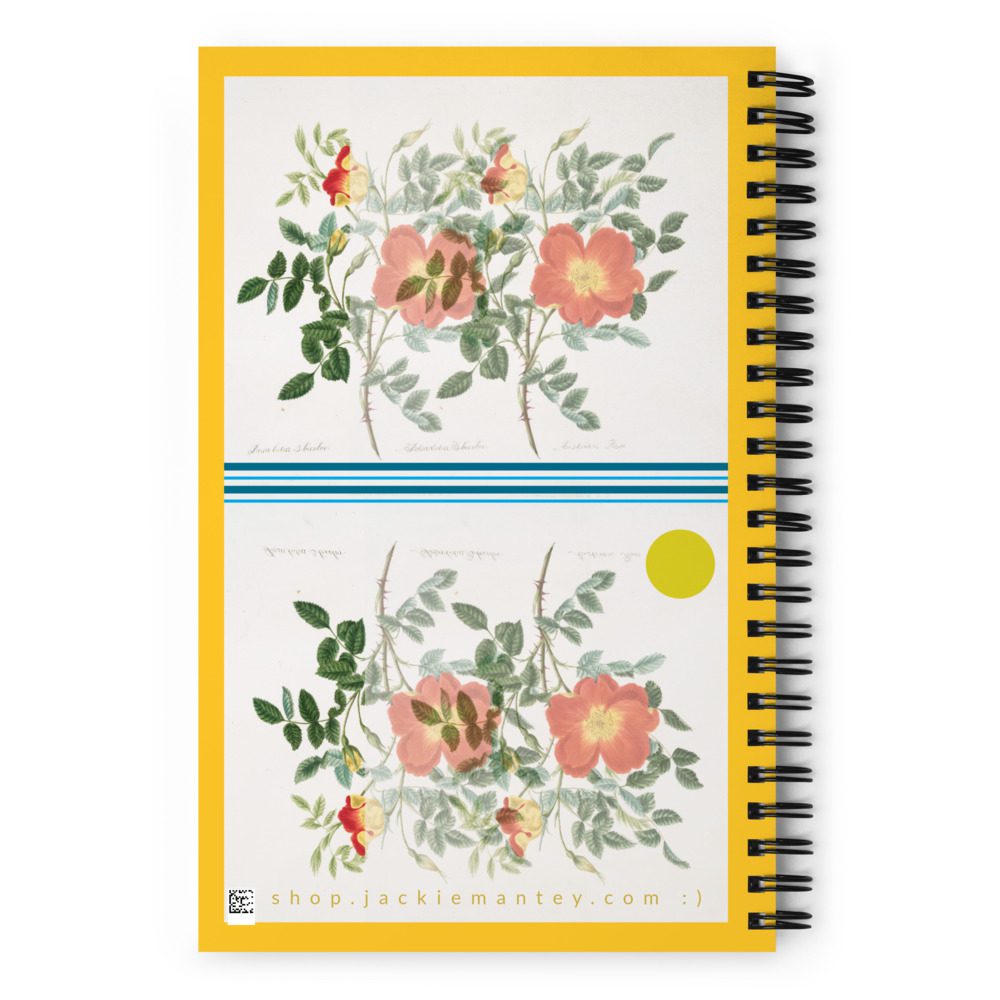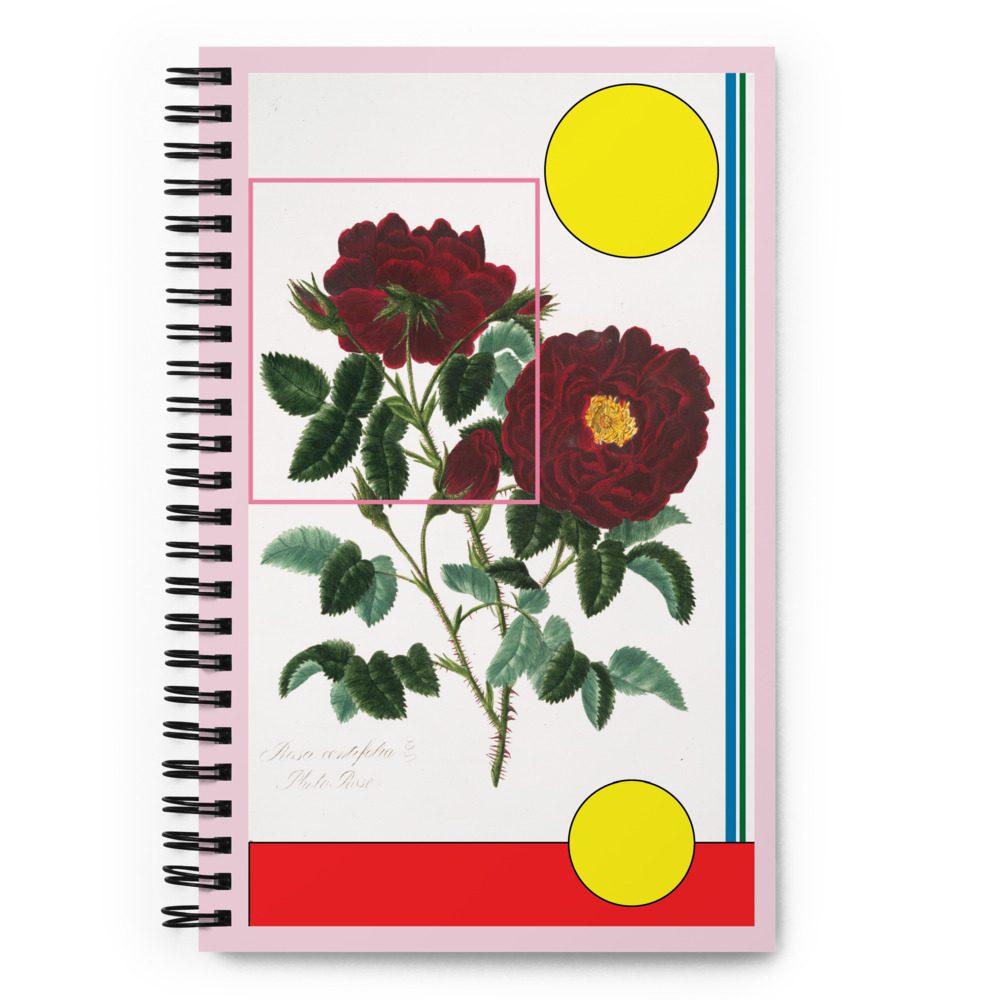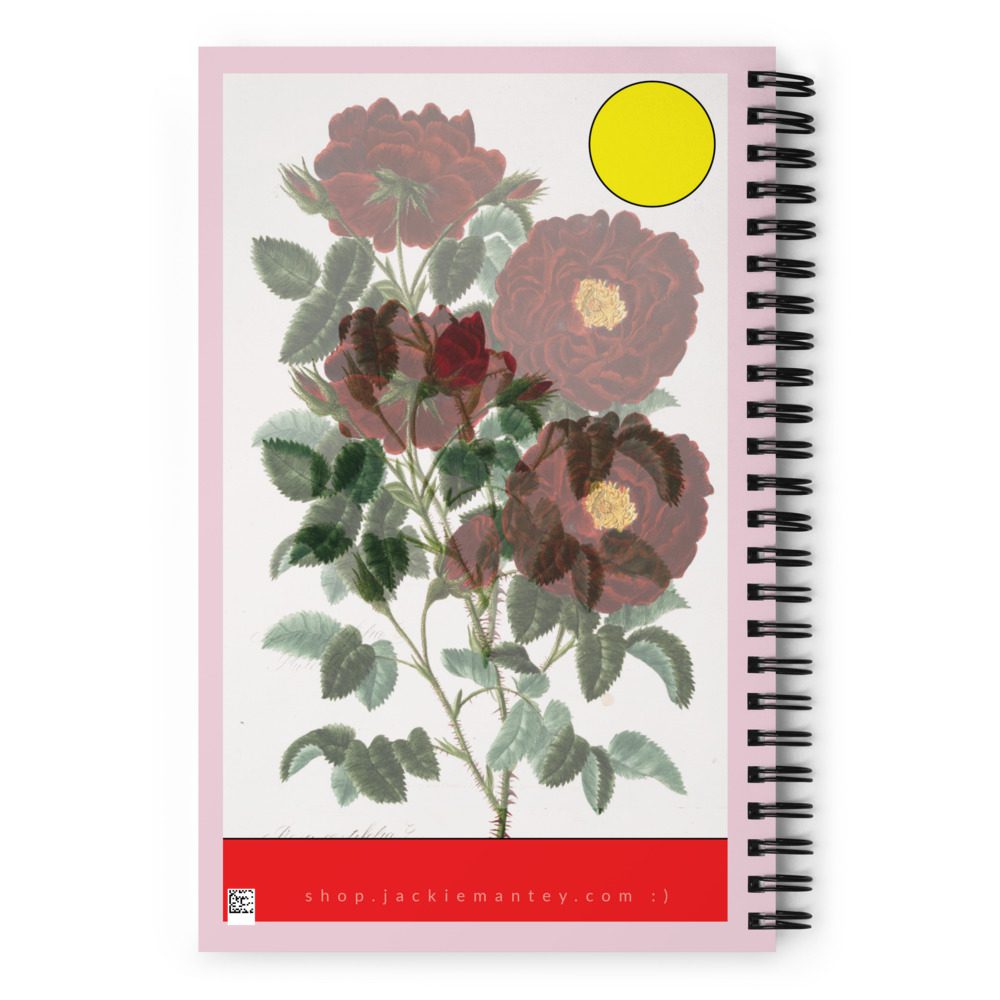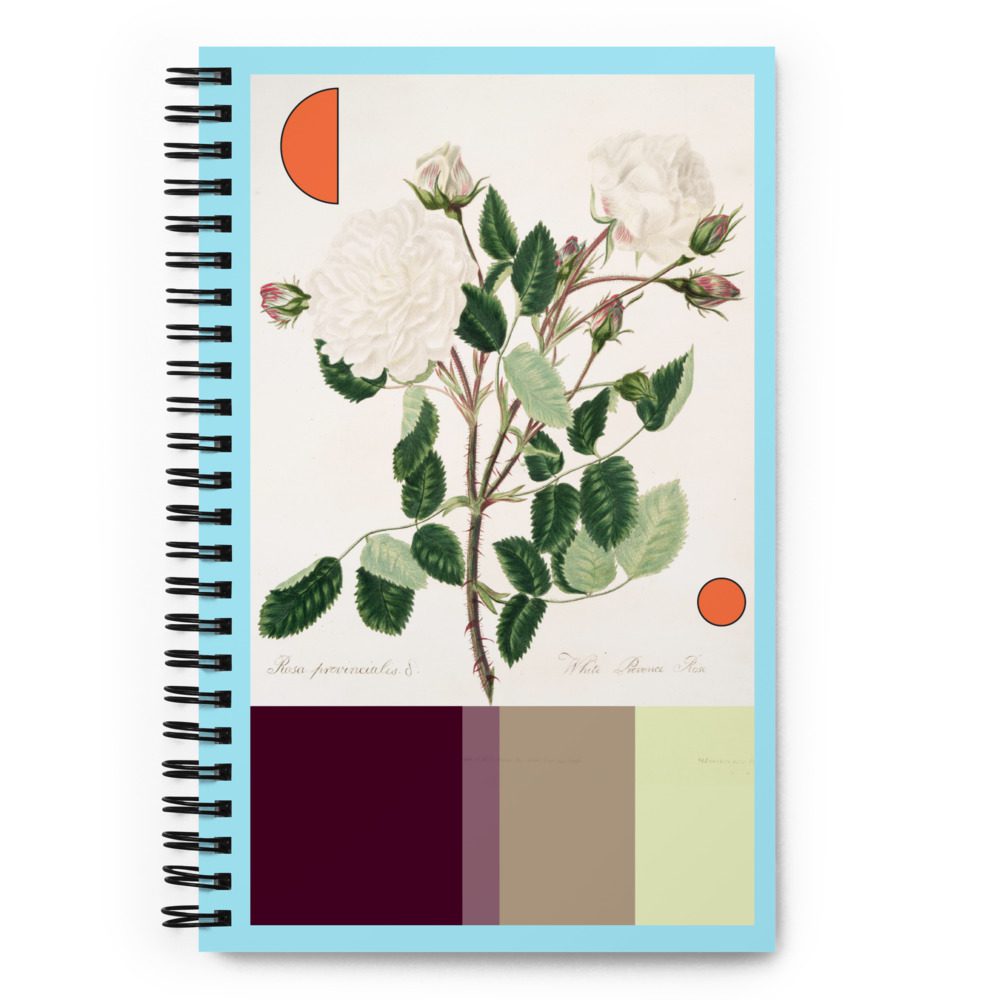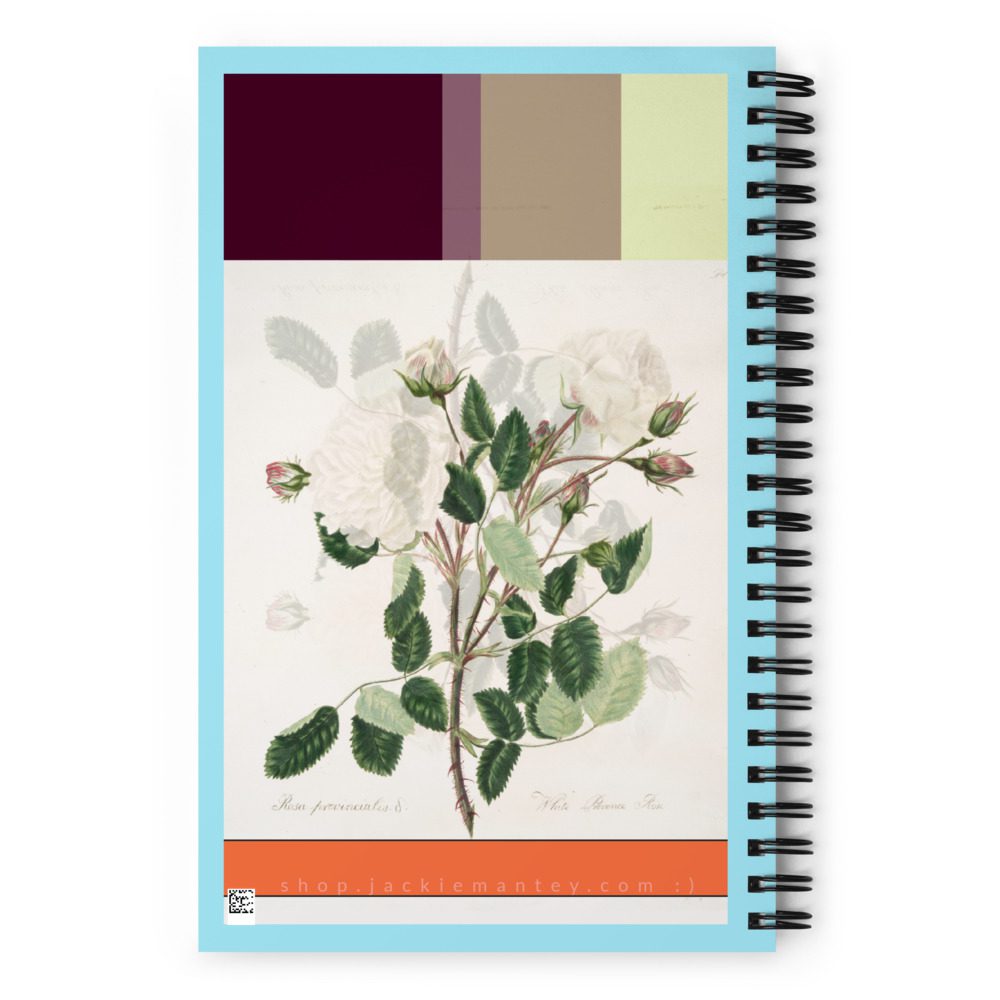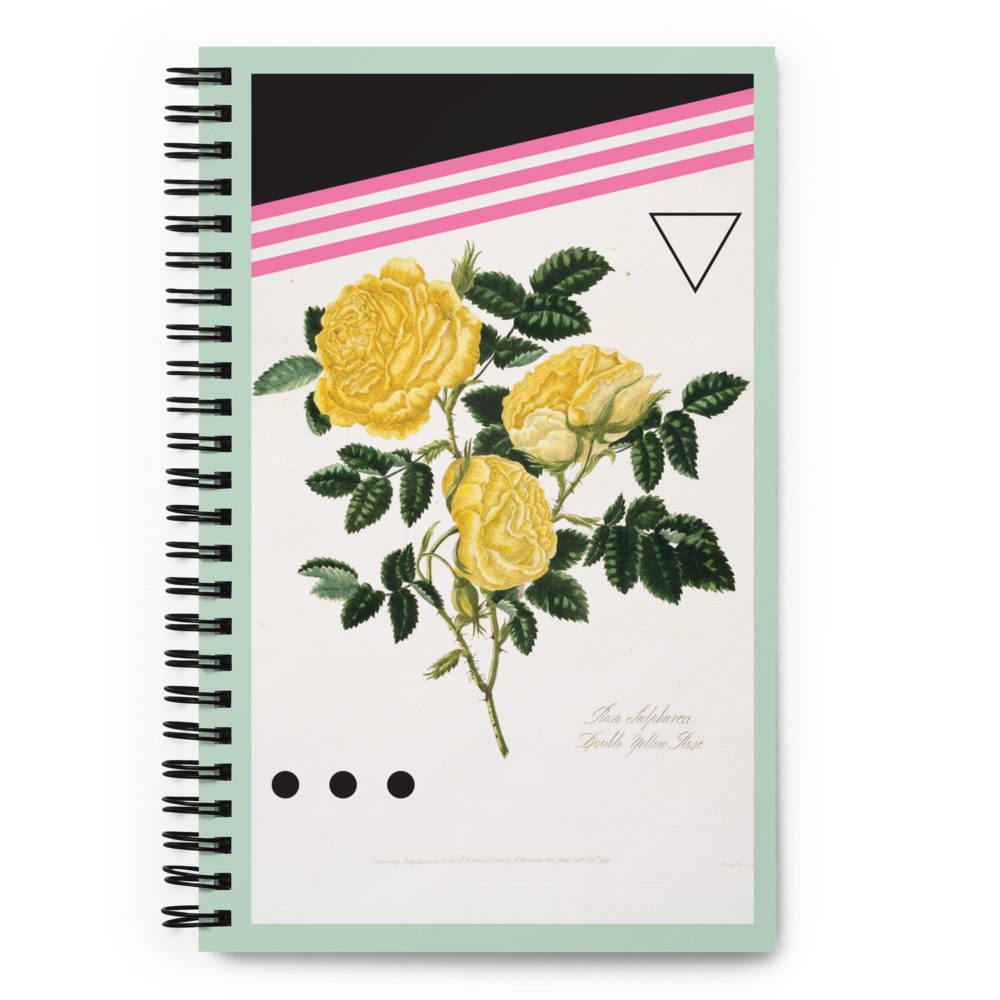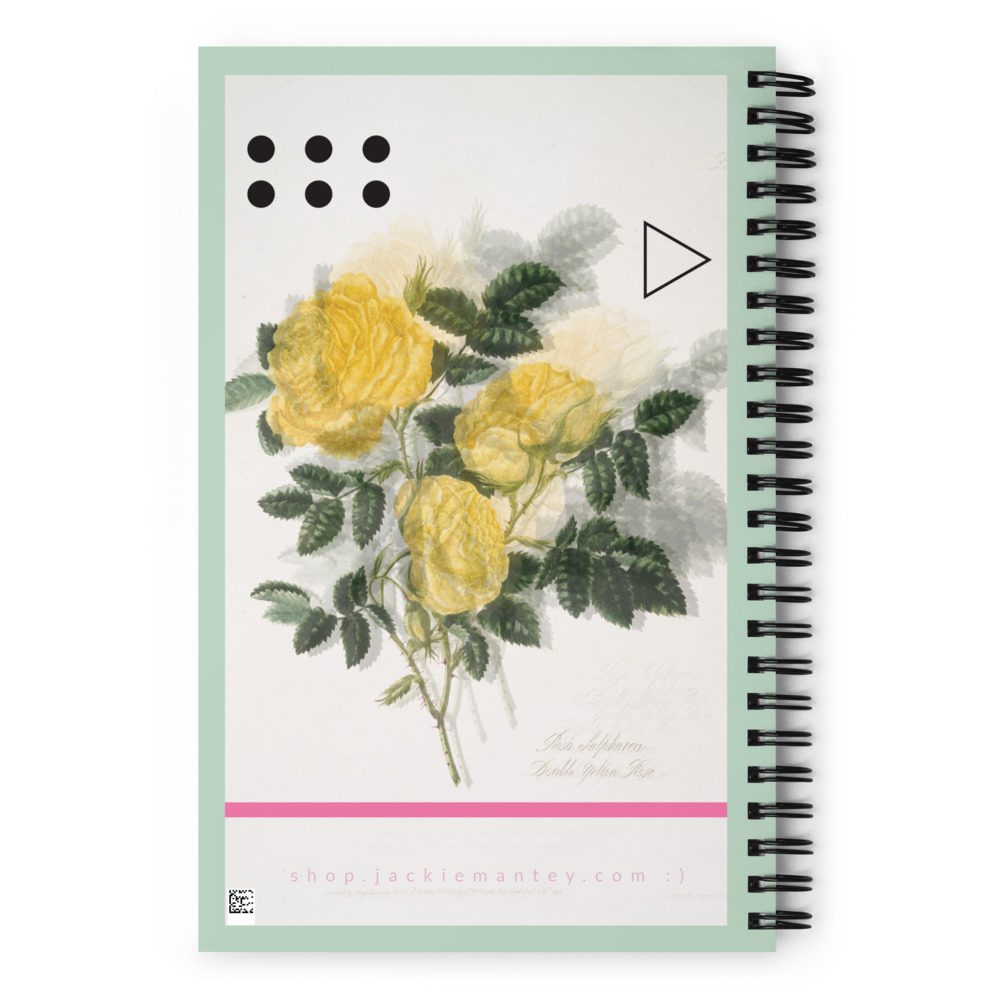I’m going to shut down my online shop soon. I haven’t updated it in a while because I haven’t made anything I want to sell in that time. That doesn’t mean I haven’t been creating. I’ve been painting a ton… it all just kind of… sucks.
I’m into that!
It needs to suck and is going to suck for a while. But what matters is I’m learning a lot about the materials and methods. More importantly, it’s cathartic as fuck and that’s what I want my art practice to be first and foremost—something that feels good/ right for me to do.
In the process of shutting down the shop, I’ve been moving over all the images of my artwork (some on neither of my sites), and I’m amazed at how much I’ve made in the last nine years. I haven’t even been making visual art for a decade but have made so much cool shit I’m proud of. A lot of shitty shit too but, like I said, I have grown to appreciate it.
The process has got me thinking about the time it takes to make a life that means art and how so much goes unseen, whether from inattention by the public or on purpose by the artist herself.
On her own timeline
Hilma af Klint’s Paintings for the Temple—193 works made between 1906 and 1915—predate the major players of abstract art by years. Yet, she insisted they be kept hidden for at least 20 years after her death. She believed the world wasn’t ready for them. She trusted that one day, we might be.
When the Guggenheim finally gave her a retrospective in 2018, it became the museum’s most attended exhibition ever. Turns out, girlfriend was right.
What gets me about Hilma isn’t just her foresight. It’s her faith. The audacity to create at that scale, in that style, with no immediate recognition, no validation, no demand from the world. Only a deep, inward pull that it mattered. Even if no one saw it. Yet.
The invisible witness
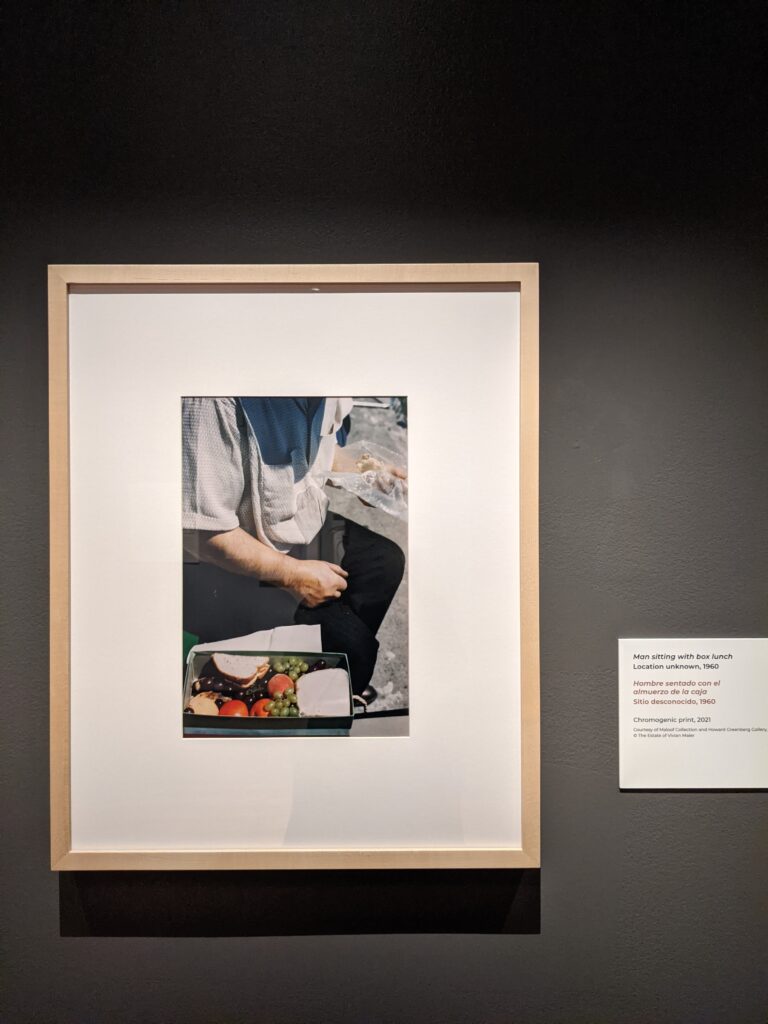
Vivian Maier is a perfect companion in this conversation. She worked as a nanny in Chicago, all the while documenting the world around her with stunning attention and intimacy. She left behind more than 100,000 photographs that no one saw until they were discovered in a storage unit after her death.
She never tried to sell them. Never even showed them, really. She just kept walking, observing, shooting. Something inside her couldn’t not do it. Something said pay attention.
Ugh. Man, that has something holy to it, right? Making without asking for anything back. Making because not making would be a kind of spiritual violence to yourself.
Meanwhile, out here in the hustle
Their stories feel especially radical right now because it seems like everything else is speeding up.
According to recent research, people really do feel like time is accelerating. One theory? The more we repeat the same routines, the faster time seems to pass. Psychologists and everyday normies like you and me agree: Newness slows time. Novelty expands it. Repetition collapses it into a blur.
Enter our daily digital lives, where screens flatten experience, and the rhythm of work becomes an endless scroll. Between Slack pings, email threads, calendar invites, and the algorithmic urge to stay visible, we’ve created a culture that equates speed with success. The faster you deliver, respond, produce—the more valuable you are.
We’ve also created what researchers now call “technostress,” a state of chronic burnout caused by our always-on relationship with digital devices. It fragments our focus, disrupts our creativity, and leaves us in a state of low-grade panic. You know the feeling. You’re working… but not really getting anywhere.
Reclaiming slow
So what do Hilma and Vivian offer us in this predicament? A counterspell. They remind us that art—true, enduring, soul-stretching art—takes time. Sometimes a lifetime. Sometimes several. It asks for patience, not performance. It asks to not even be called art for a while if need be. For inner alignment, not external affirmation.
They remind us that not everything is for public consumption. That some work needs to live in the drawer, the attic, the shadow. That waiting isn’t wasting. It’s working on a different level. And they remind us that it’s okay—maybe even vital—to make things just for yourself. To trust that what you’re doing has value, even if the world never asks for it.
Slowness is a practice. Here’s what it’s looked like for me lately:
- Taking longer with my art projects. Letting ideas simmer instead of sprinting to the finish.
- Not sharing new work while it still hot from the oven.
- Reading books that don’t necessarily “help” with anything.
- Sitting with a single sentence I’ve written and asking, “What the fuck does this actually mean?”
- Making things no one will ever see.
It feels counterintuitive to the rest of my life. But it’s also a little freeing. It returns me to the love of the process, the mystery of it. It teaches me to trust the unfolding. There’s a lot of talk about brave creativity, but we usually mean public bravery—sharing, showing, selling. I think there’s another kind. The bravery of doing the work in silence. Of not knowing what it will become. Of letting it take the time it needs. Of putting it down when it’s not working, too.
So if you’re working on something right now and it feels like it’s moving slow… then hell yeah, sister. Let it. If you’re not working on anything at all, just watching and listening—also good. I think that’s part of it too.
So much takes time. Not just the doing, but the becoming. The readiness. The ripening.
Hilma knew. Vivian knew. Somewhere in us, I think, we all know too.
